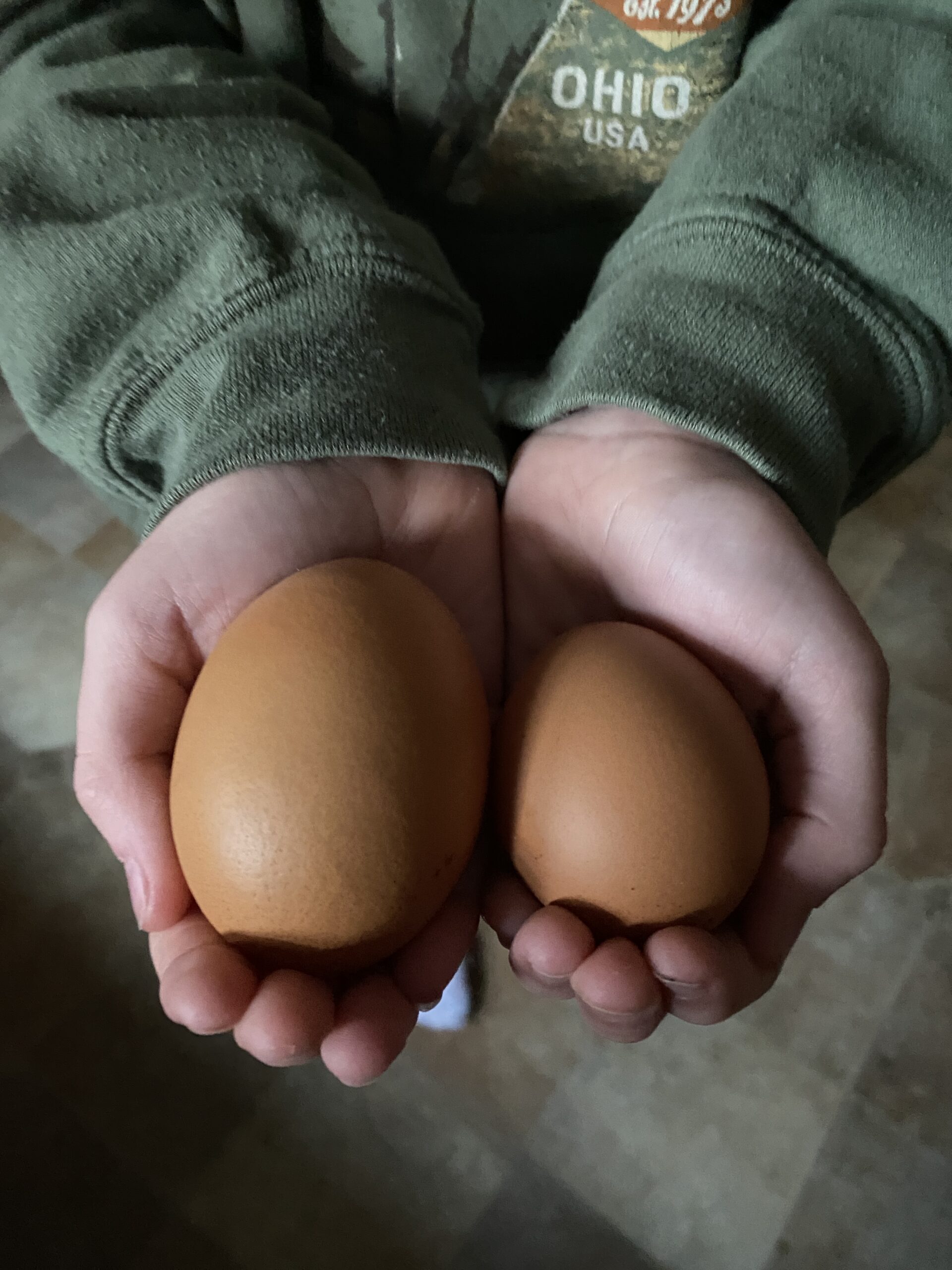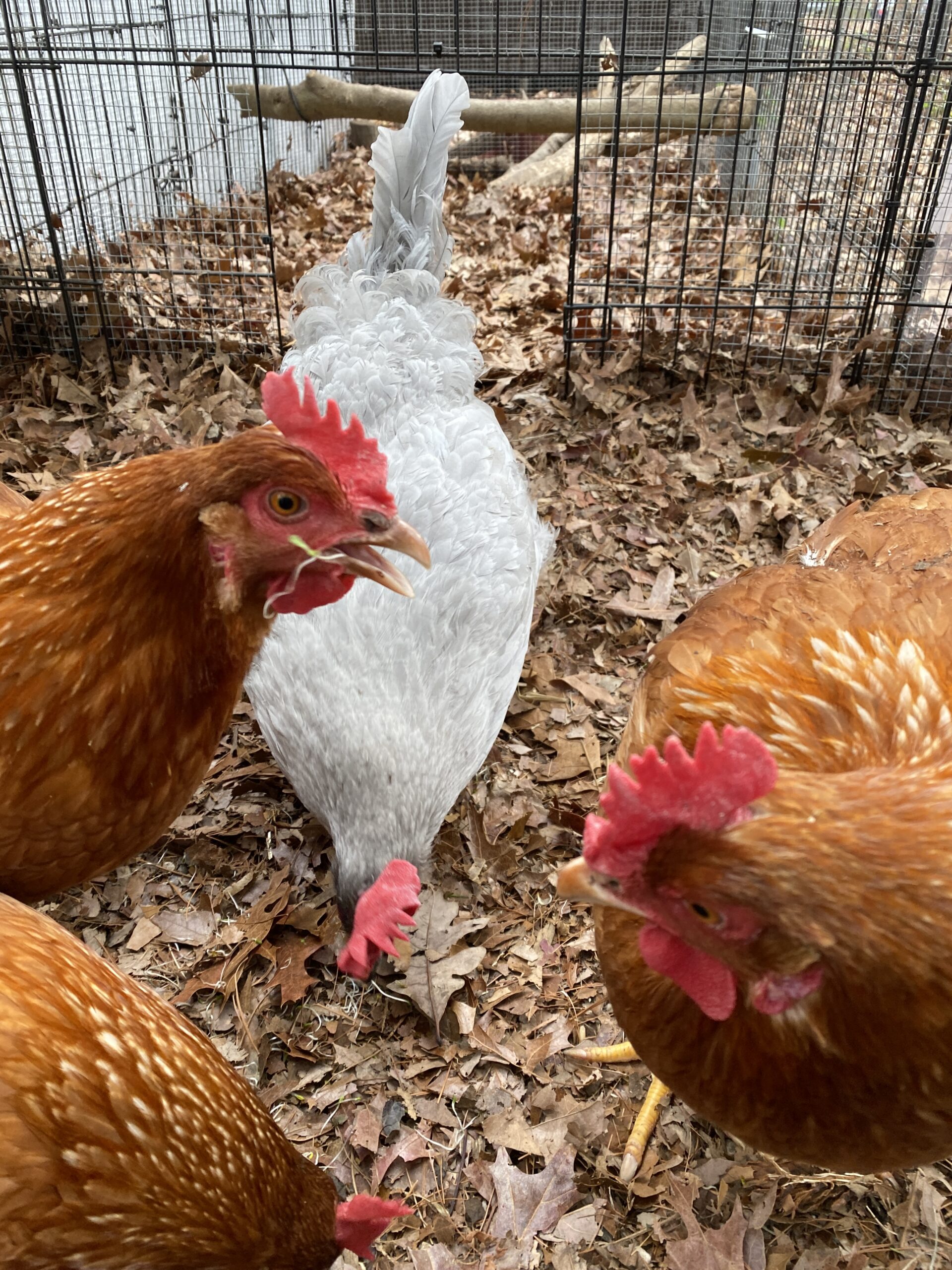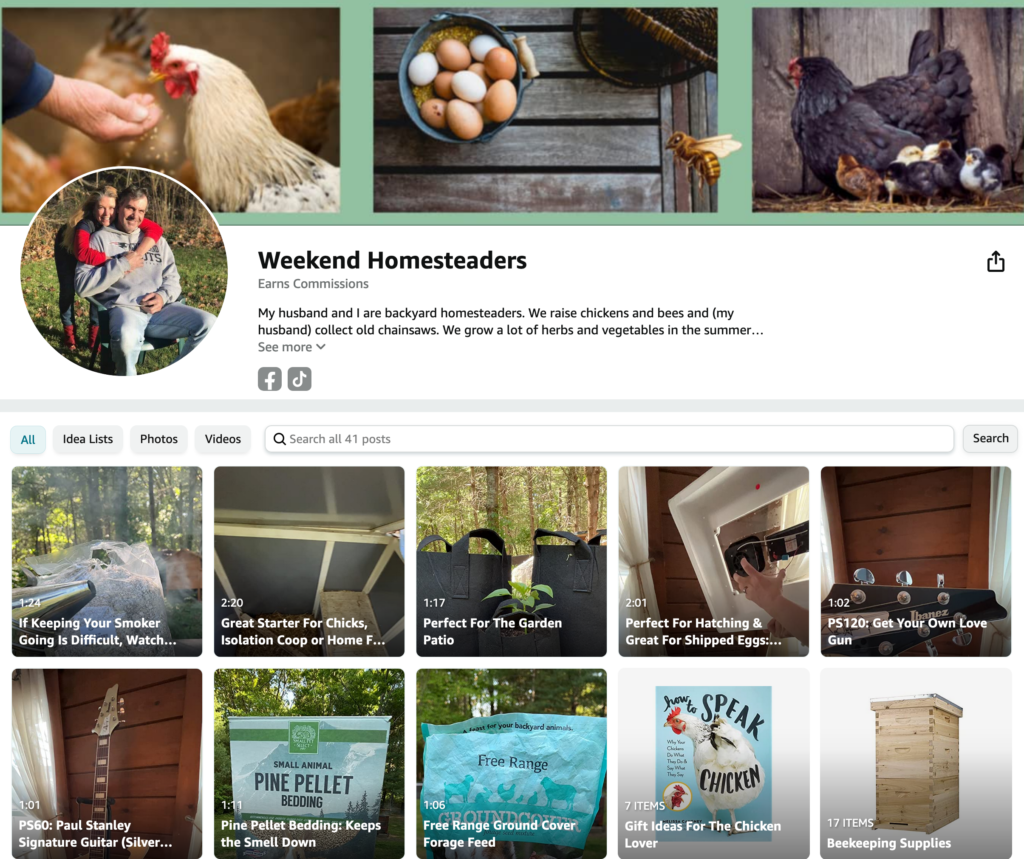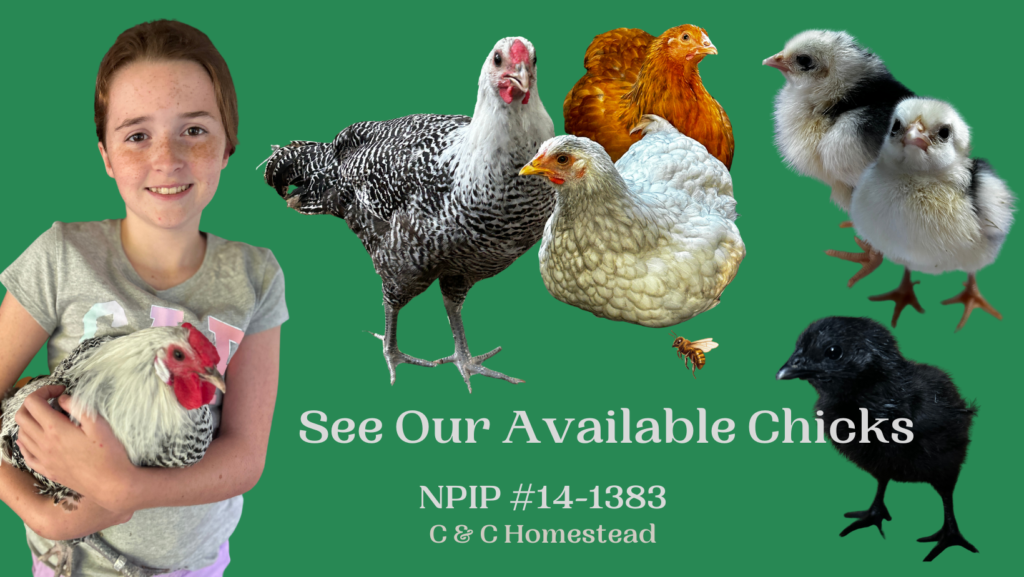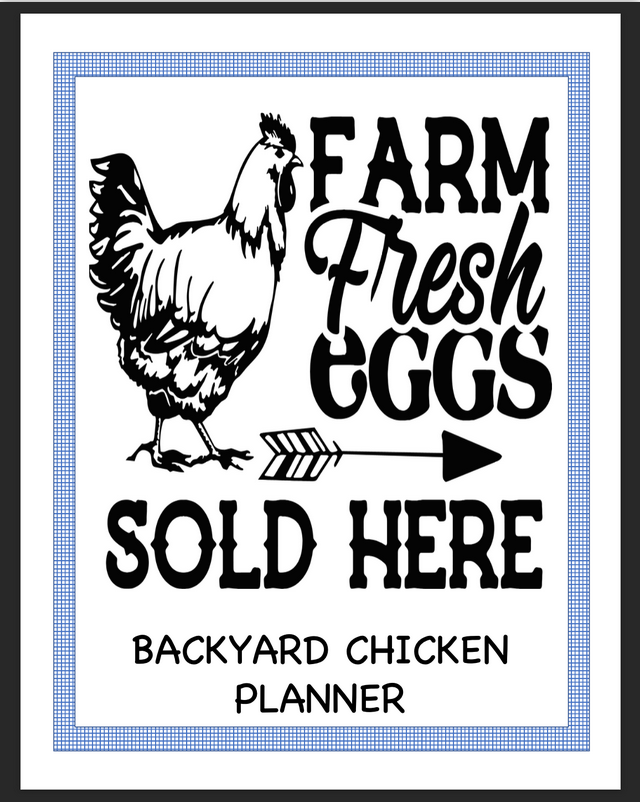Balancing Corporate & Homesteading Lifestyles
Embrace the web of possibilities that your mindset can create!

Let's talk about spiderwebs and the incredible mindset they represent. 🌟
Imagine the intricate design of a spiderweb—every thread meticulously placed, each intersection holding a purpose. In our lives, our mindset is akin to this delicate yet robust creation. 🕷️✨
Just like a spider tirelessly weaves its web, we too are constantly crafting our mindset. Our thoughts, beliefs, and attitudes interlace to form the intricate patterns that shape our reality. 💭💫
Here's what we can learn from a spiderweb:
🌿 Resilience and Adaptability: A spider doesn't falter if a part of its web breaks; it rebuilds. Similarly, in life, setbacks don't define us; our resilience and ability to adapt do.
🌸 Interconnectedness: Each thread in a spiderweb is connected, just as our thoughts and actions are interconnected. What we do and believe affects everything else in our lives.
🌱 Patience and Perseverance: Spiders patiently craft their webs, often starting anew if needed. Likewise, a patient mindset and perseverance in our goals yield the best results.
🌞 Catching Positivity: Just like a spiderweb catches prey, a positive mindset attracts opportunities and joy into our lives. Focus on the good, and more good will come your way.
🌌 Expanding Horizons: A spiderweb starts small but can grow vast. Our mindset, too, has the potential to expand and evolve as we continue to learn and grow.
Let's be weavers of our mindset, embracing the delicate yet resilient nature of a spiderweb. 🌠✨ Let's craft a mindset that captures dreams, navigates challenges, and creates a beautiful, interconnected tapestry of life. 🌏💖
Embrace the web of possibilities that your mindset can create! 🕸️💪
8 Advantages Of A Positive Attitude

8 Advantages of a Positive Attitude
It can be easy to have a negative attitude since life can be challenging. However, a positive attitude can change everything. A positive attitude is considered by many experts to be the best predictor of success. Nothing else can impact so many characteristics pivotal to success.
However, a good attitude can be difficult to maintain when faced with challenges. Luckily, a positive attitude is a habit that can be built over time.
The benefits of a positive attitude are considerable:
- Attitude affects your interpretation of events. Obstacles are a part of any significant success. With a poor attitude, every obstacle is viewed as a threat, rather than a challenge. Obstacles can even be viewed as fun and interesting with the appropriate attitude.
- A positive attitude is motivating. Nothing is more motivating than positive thoughts and expectations. Think about how you behave if you have a bad attitude and expect failure. Everything comes to a grinding halt. After all, why would you continue if you expected a negative outcome? A positive attitude ensures that progress continues.
- A positive attitude lowers stress. With a positive attitude, it’s much easier to be happy and relaxed. A poor attitude increases the amount of stress in any situation. There will always be stressful times, but a positive and optimistic attitude helps to diffuse the situation. A good attitude prevents and allievates stress.
- A positive attitude inspires others. The people around you are affected by your attitude, including your coworkers, friends, and family. Those around you are more capable when your attitude is positive. This also benefits your personal success.
- Fear is easier to overcome with the proper attitude. Fear coupled with a negative attitude is the perfect recipe for becoming and remaining stuck. A positive attitude acts as a magnet for courage. Those most paralyzed by fear are those with the worst attitude and expectations.
- Fear distorts perception, and a positive attitude reduces that distortion. A positive attitude can negate the effects of fear.
- A positive attitude increases endurance. When your attitude is negative, your stamina is reduced. It’s much more challenging to press on when you expect the worst. A poor attitude magnifies every setback and makes obstacles seem insurmountable. Those with a negative attitude whine and quit first. Those with a positive attitude seem indefatigable.
- A positive attitude boosts self-esteem. When you expect good things to happen, you can’t help but feel confident and good about yourself. Success is more likely to happen when you have faith in yourself. When you believe the best about yourself, you’ll take on bigger goals and accomplish more.
- A positive attitude attracts positive results. It’s often said that good things happen to good people. It would be more accurate to state that good things happen to those with good attitudes.
- You’ll attract more opportunities in general when your attitude is at its best.
- The positive results that come from a positive attitude are the culmination of all the previously mentioned advantages. The stamina, self-esteem, motivation, and perspective provided by a positive attitude foster success.
Your attitude is an excellent predictor of your success. When you expect the best to happen, you’ll continue working until your goals are reached. You also attract better opportunities, feel better about yourself, and experience less stress. A positive attitude may be the best tool you can add to your success toolbox. Lift up your attitude and you’ll raise your results.
Buying Shipped Hatching Eggs
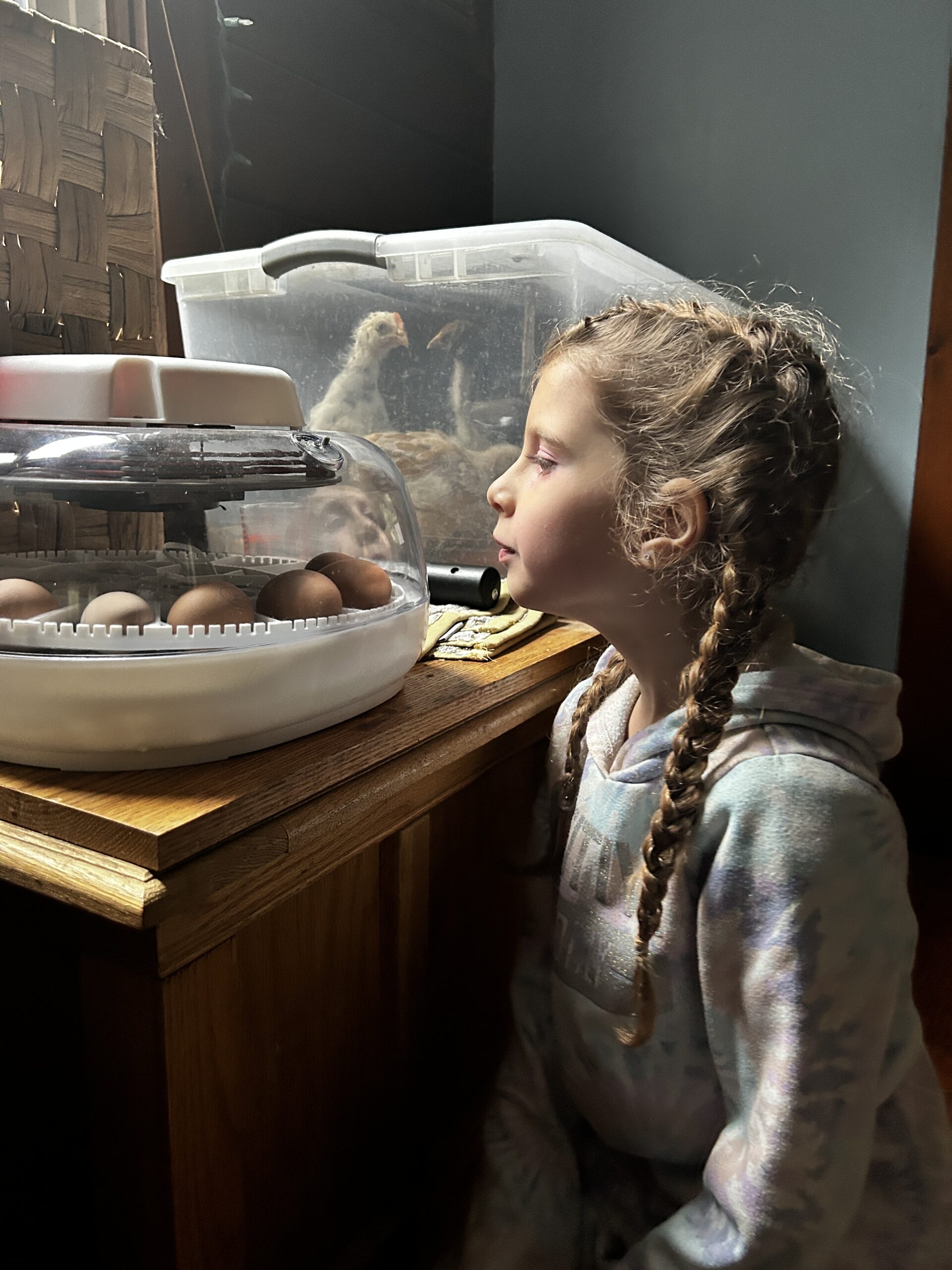
Sometimes buying shipped hatching eggs is necessary if you are looking for a specific breed that can't be found locally.
I found myself in this position as I was trying to build my flock.
I bought my incubator in April and hatched my first set of eggs. These eggs were from a local flock. It went well.
My dream was to have Deathlayers, so next I found some on E-Bay. I had no idea they even sold hatching eggs and I bought 6. I also found a breeder and bought a dozen. The E-Bay eggs came from OH & the others from OK.
OH sent 7 eggs & OK sent 18 so I started with 25 eggs. End result = 4 chicks. 0 eggs from OK and 4 from OH.
They arrived the same day (that took some planning). They all sat for 24 hours before I put them together in the incubator. So what went wrong? I can't tell you for sure, but I learned a lot from that experience.
Note: this is an affiliate link and I may earn a small commission at no extra cost to you, if you choose to purchase from my link. Here are many of the products that I use.
Shipping:
Everyone ships their eggs differently and all say their method works the best.
In my venture to get Deathlayers with shipped and eggs, I only received 1 broken egg.
Below are some of the photos of the eggs I received and how they were packed.
Eggs shipped in the heat are usually pack with an ice pack ... but when one breaks in transit, on a hot day ... it is stinky!
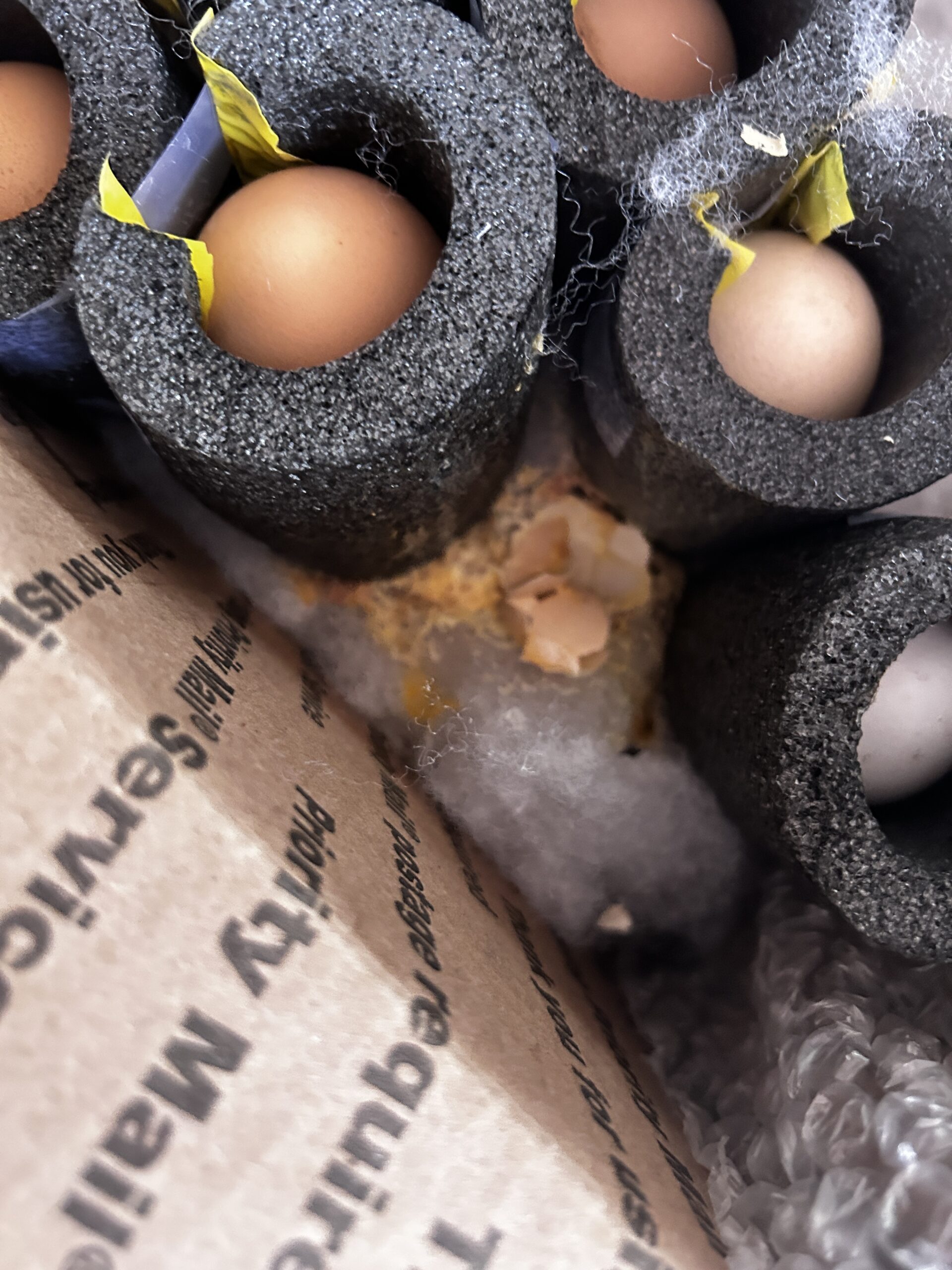
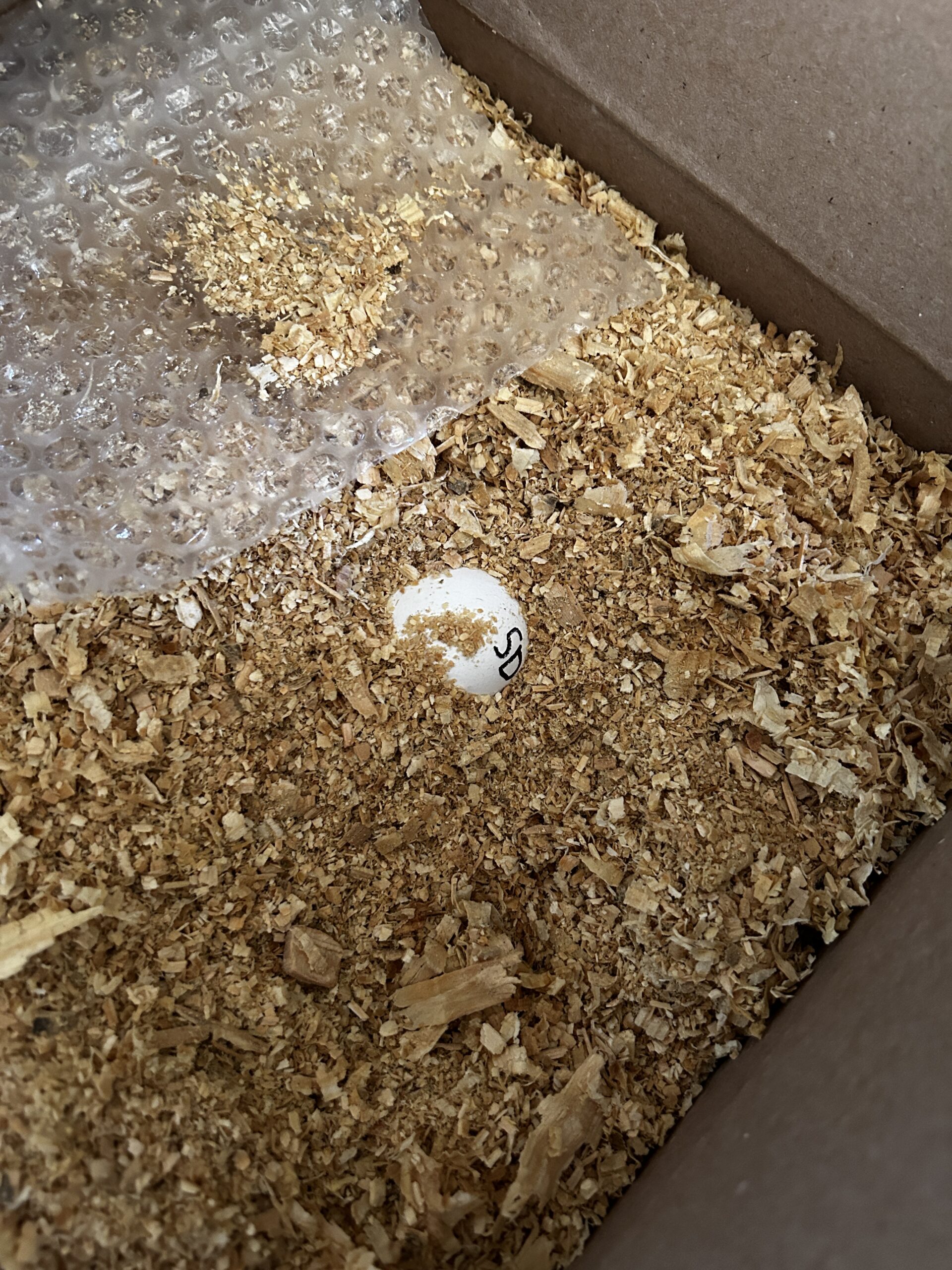
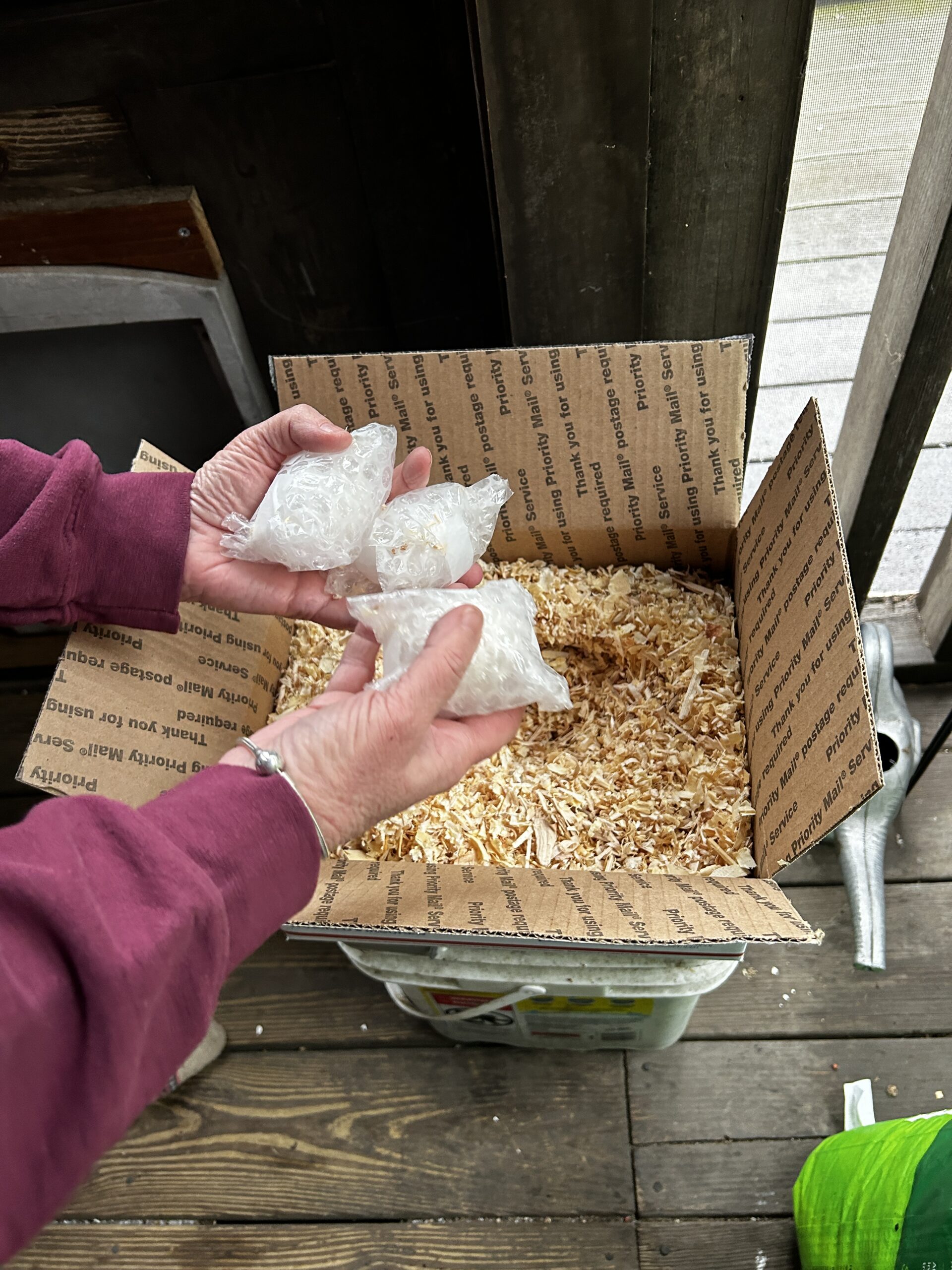
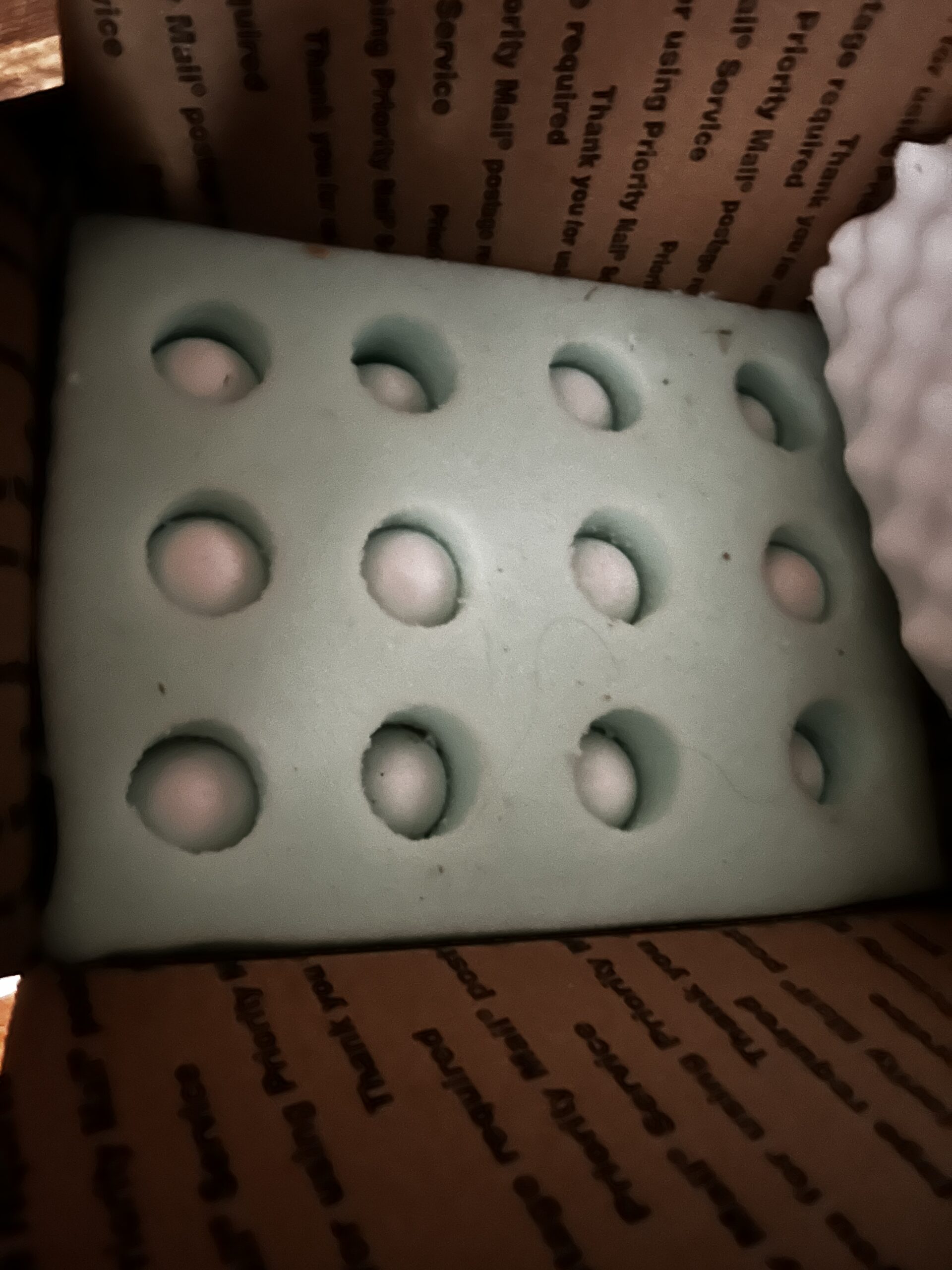
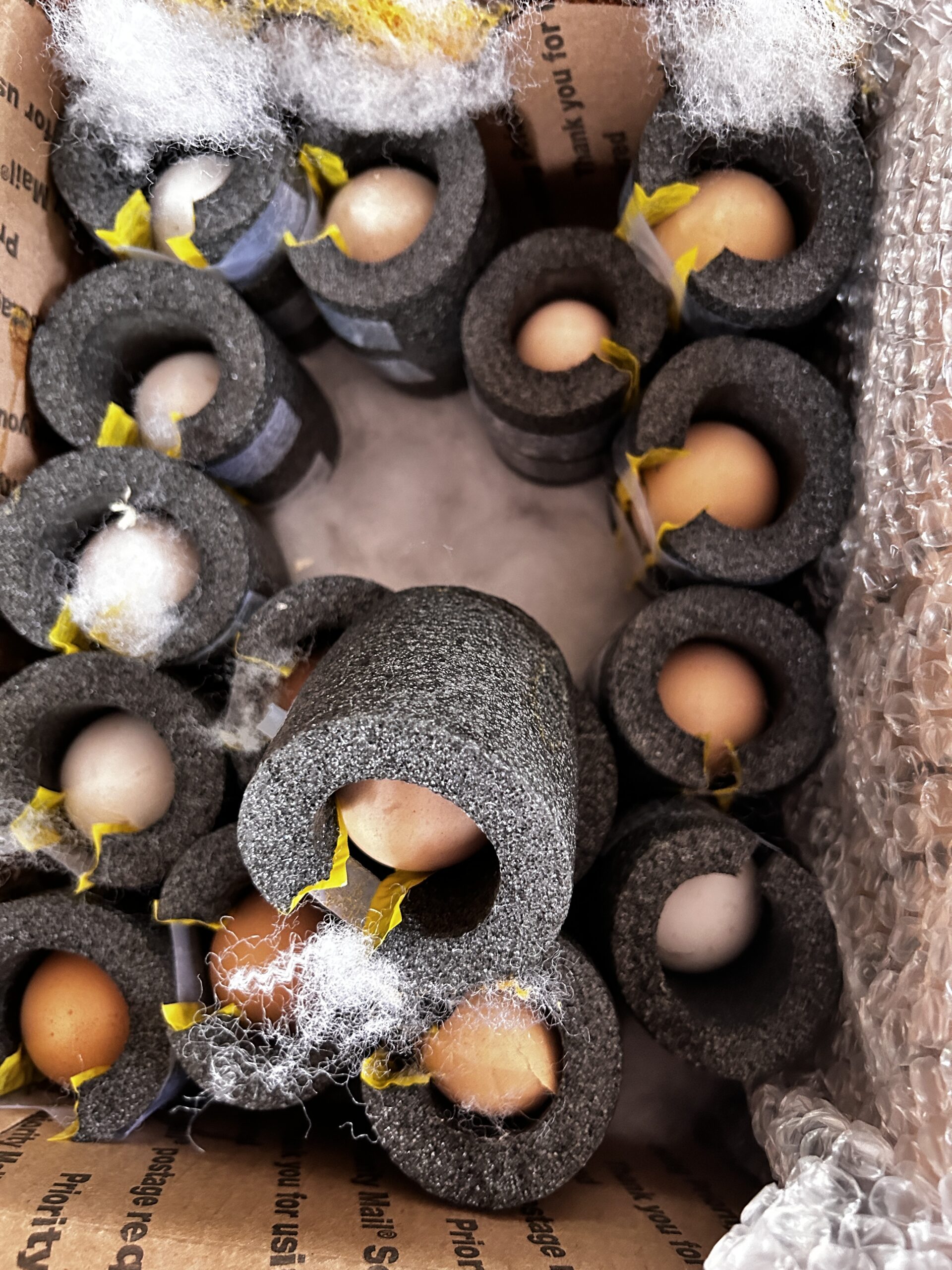
Overall, I had no issues with shipping. All were secured and packed well but it is a hard journey on the eggs. What happens in transit is out of your hands and the shipper/breeder. They can't and don't guarantee eggs for this reason.

Eggs should be shipped Express so they arrive as quickly as possible. All my boxes arrived with clear identification that they contained "live egg embryos." I had some deliver to my door and others deliver and held at the post office.
Depending on the weather, your schedule, and preference, this is an important question to ask and clearly discuss before you order hatching eggs.
When Your Eggs Arrive:
There are many resources available on how people handle shipped-hatching eggs. I have read many!
I candle my eggs after they arrive to look for any cracks. I also let them sit for 24 hours before placing them in the incubator.
I put my eggs in an empty egg carton, pointy side down, and let them sit.
As with anything, there are WRONG ways, but there are also many right ways, and some may be better than others but the bottom line is discovering what you are most comfortable with AND what works best for you.
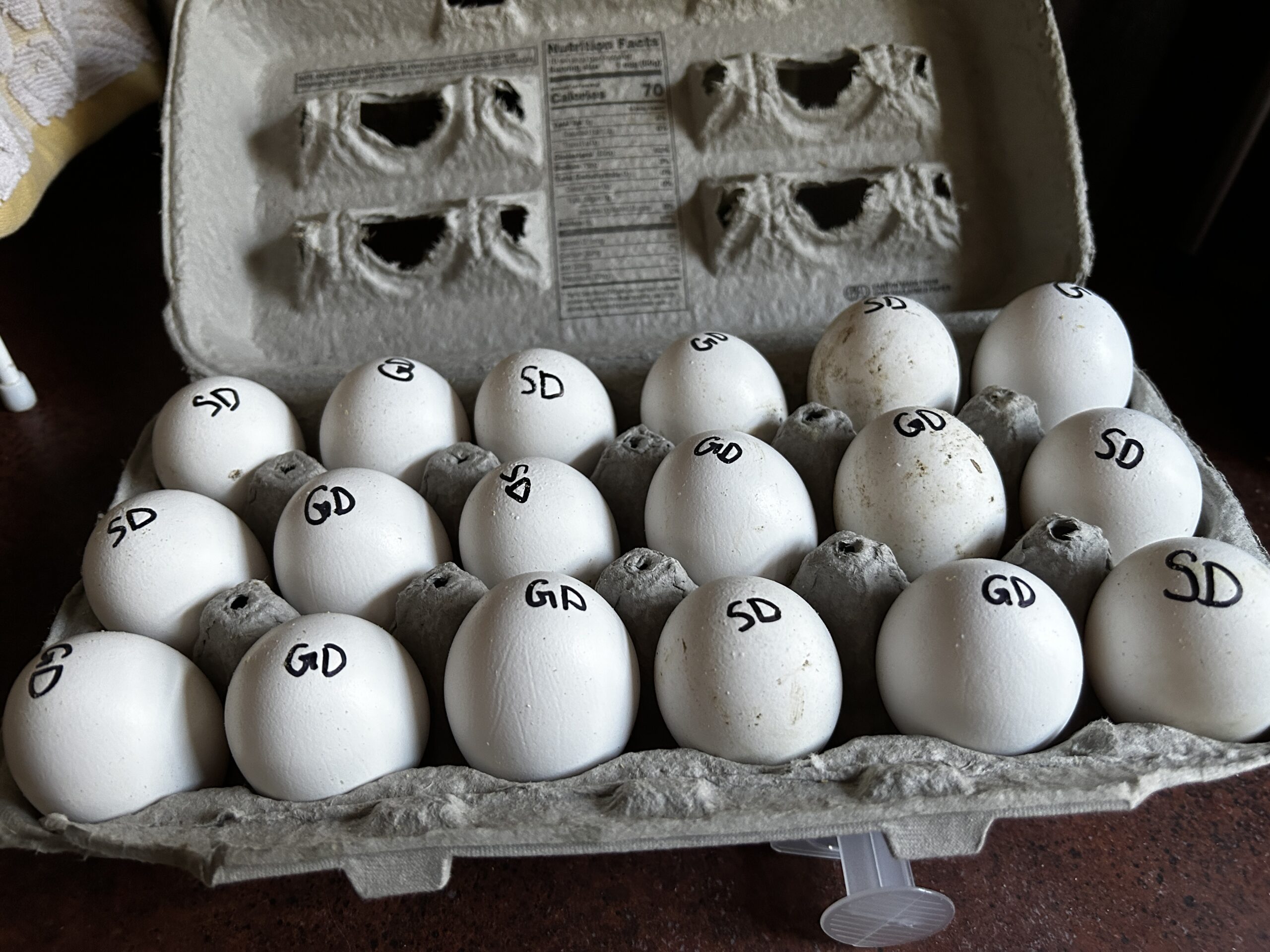
Typically the air sacs become detached during shipping. All my shipped eggs have arrived with detached air sacs. Some stabilized midway through incubation, while others did not.
Setting The Eggs:
I have 2 incubators: one that rocks the eggs forward and back, and another that rolls the eggs.
I always use the incubator that rocks the eggs forward and back for shipped eggs. With some eggs, I waited 5 days before using the turner (rocker), others I started after 24 hours, and did not note a difference.
Sometime I incubate several groups of eggs in the same incubator, so on lock-down, I move those eggs to a different incubator, so I can adjust the humidity. This has worked well as long as you plan the days appropriately.
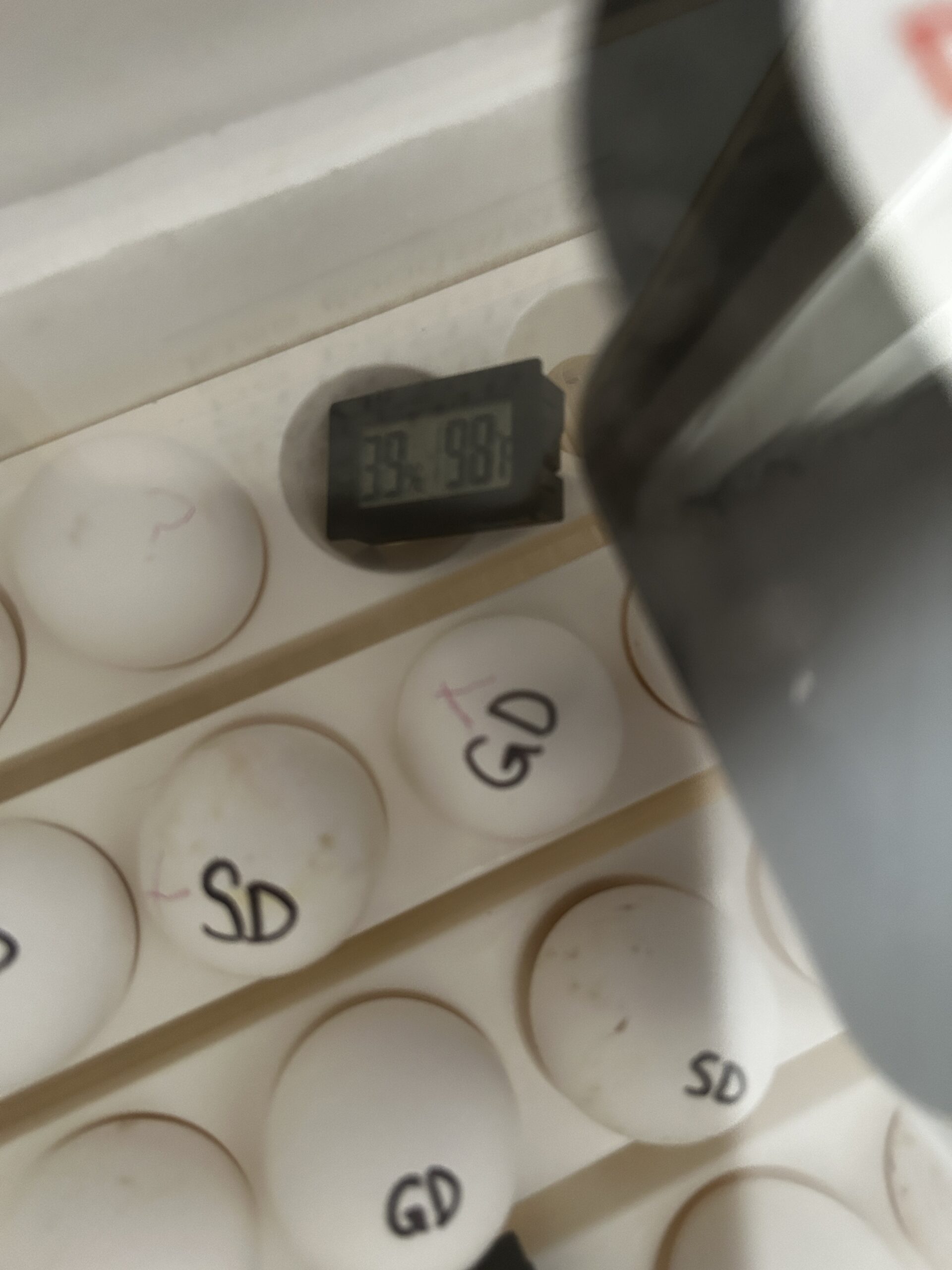
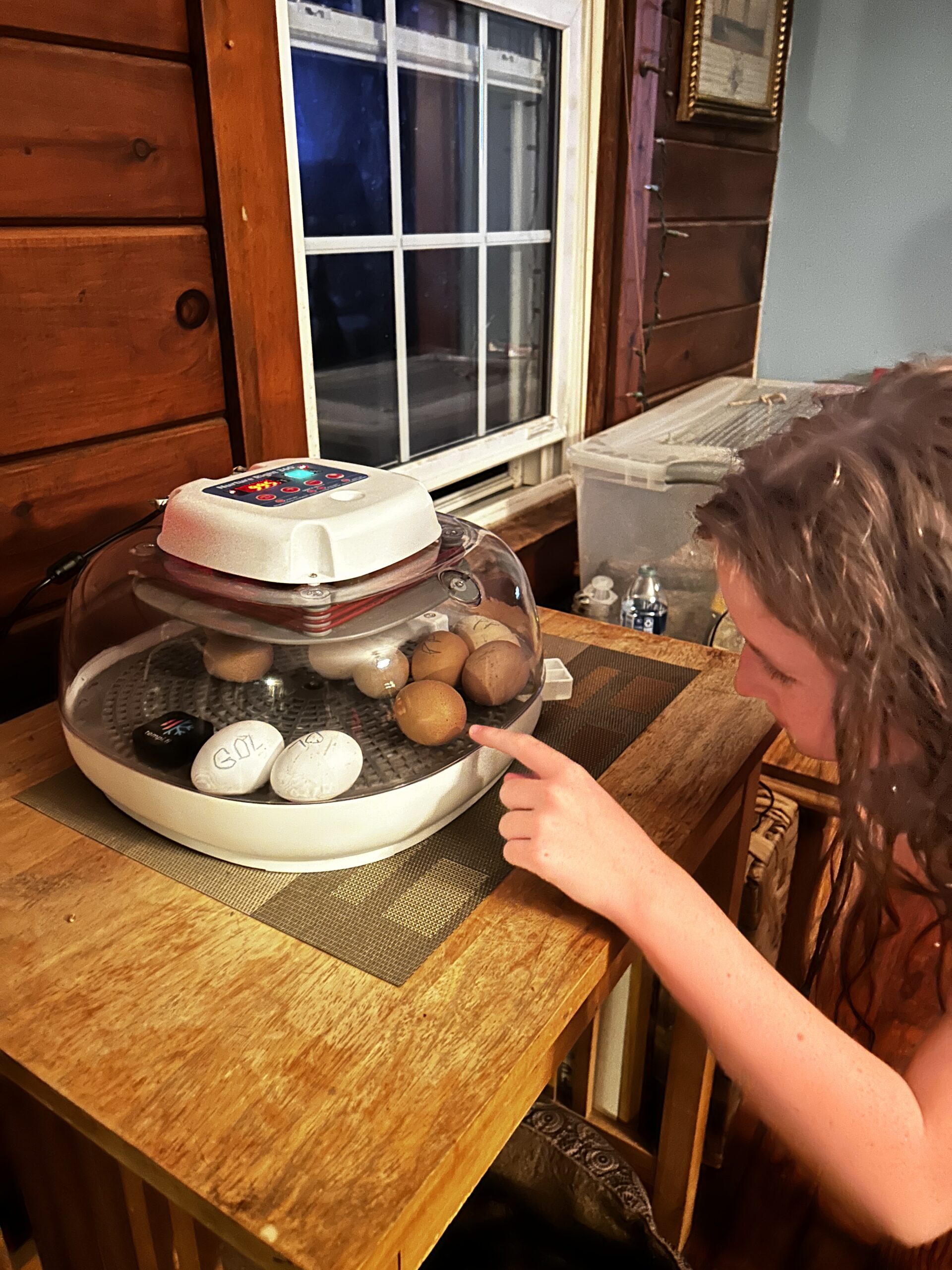
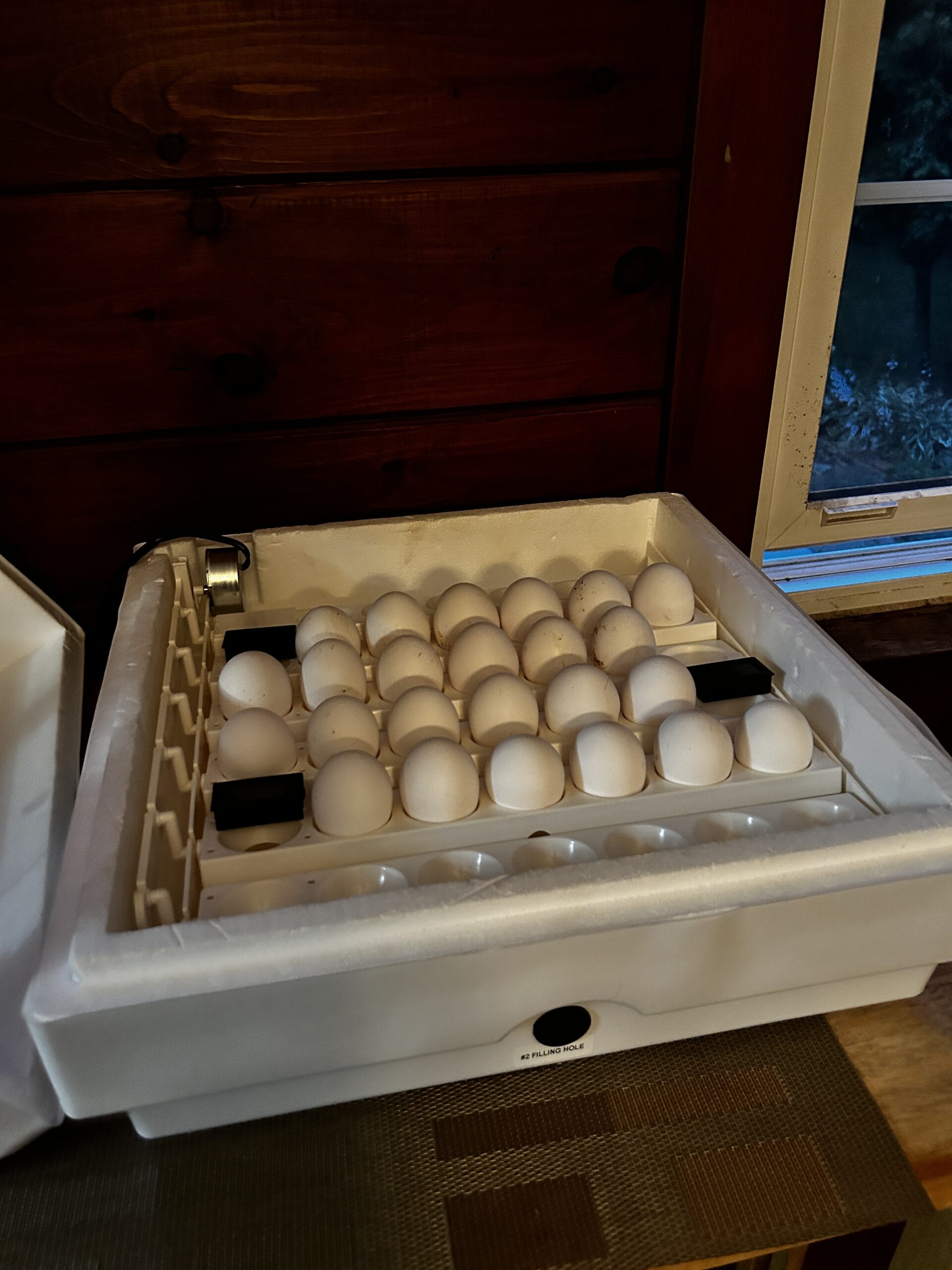
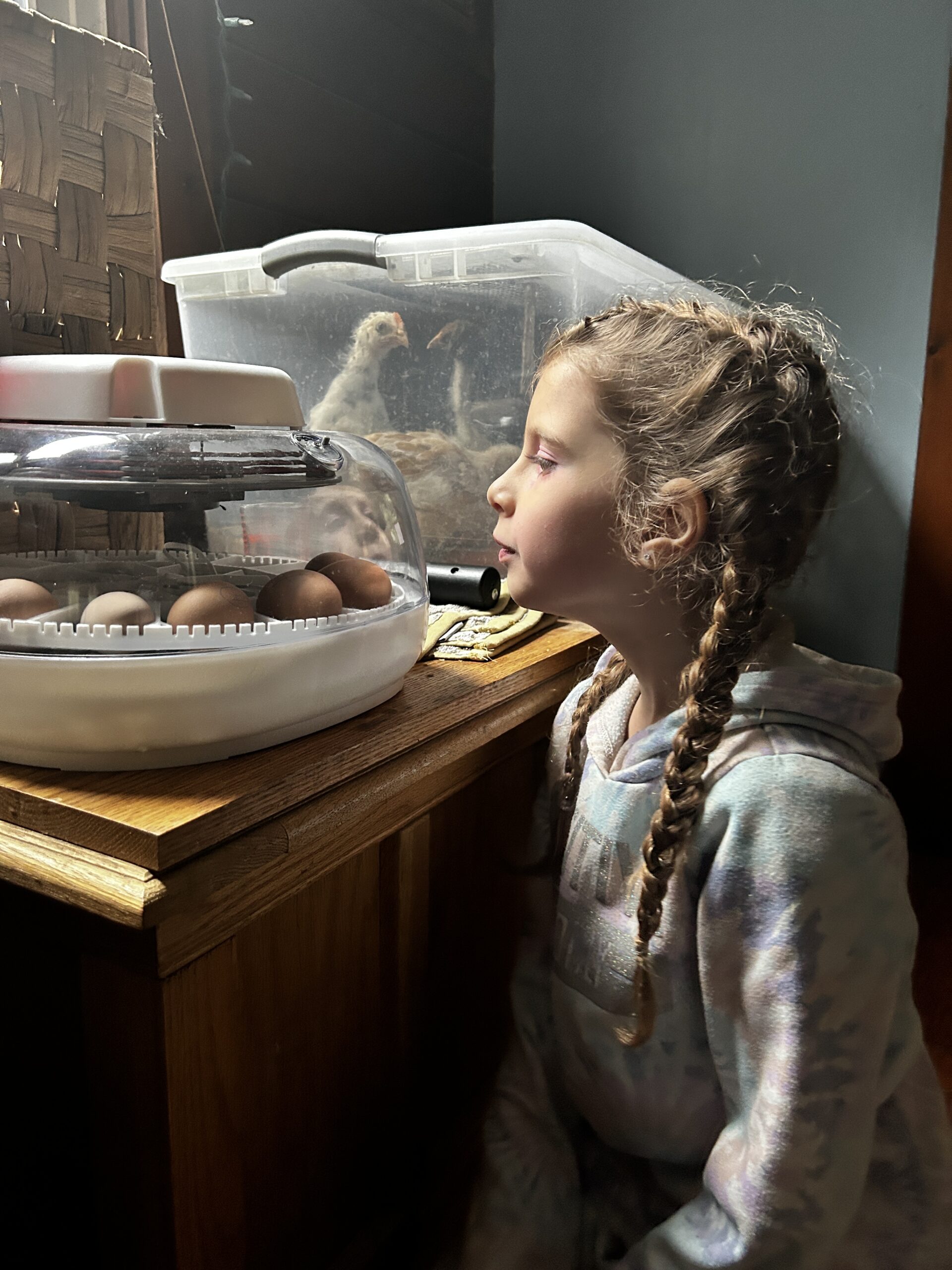
Hatching:
Although acquiring my Deathlayers (I now have 4) has been quite the (costly) experience, I have learned a lot.
First and foremost, knowing about the flock that you are receiving the hatching eggs from is important. I had several issues with my eggs because they came from small breeders. I don't know for sure but I think my OK eggs (I mentioned earlier) were old. 0 of 18 is really bad. With a small flock, it takes time to gather 18 eggs, then ship them across the country.
The eggs I ordered from E-Bay (that went in the incubator with my OK) eggs did well. BUT I know nothing about these eggs except it's a seller on E-Bay, who sells a variety of rare breeds with a good rating. (Not good research on my part).
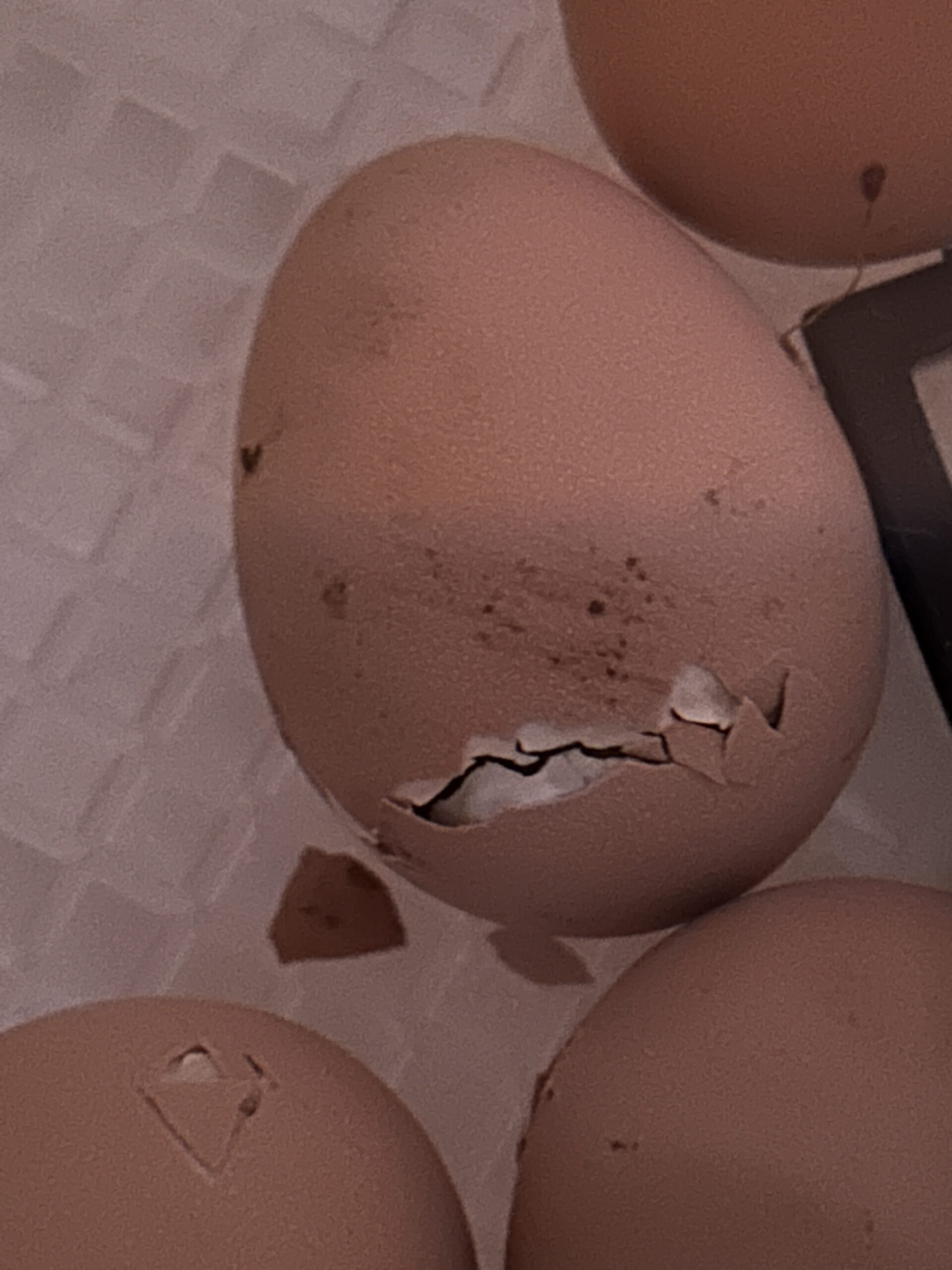
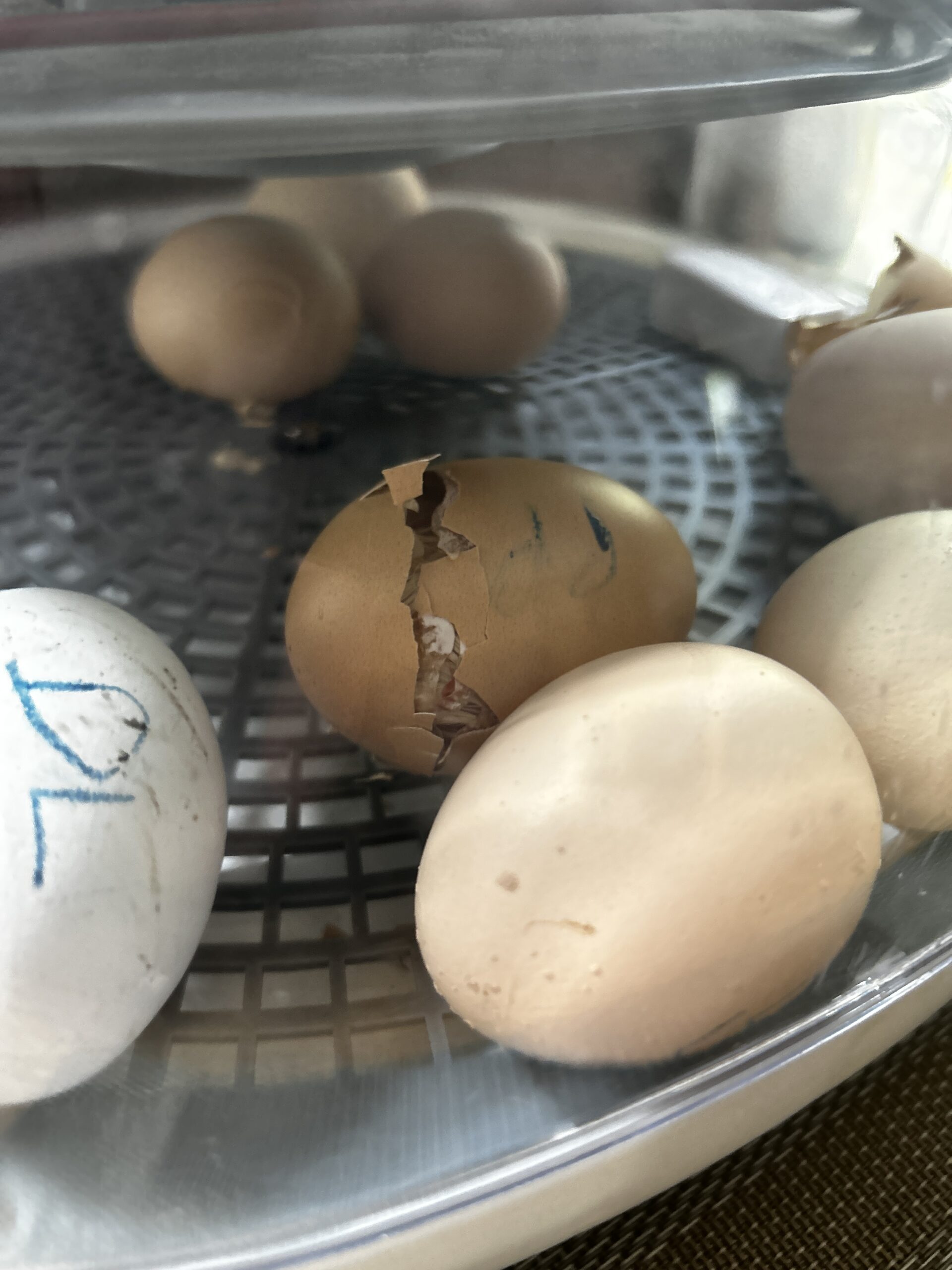
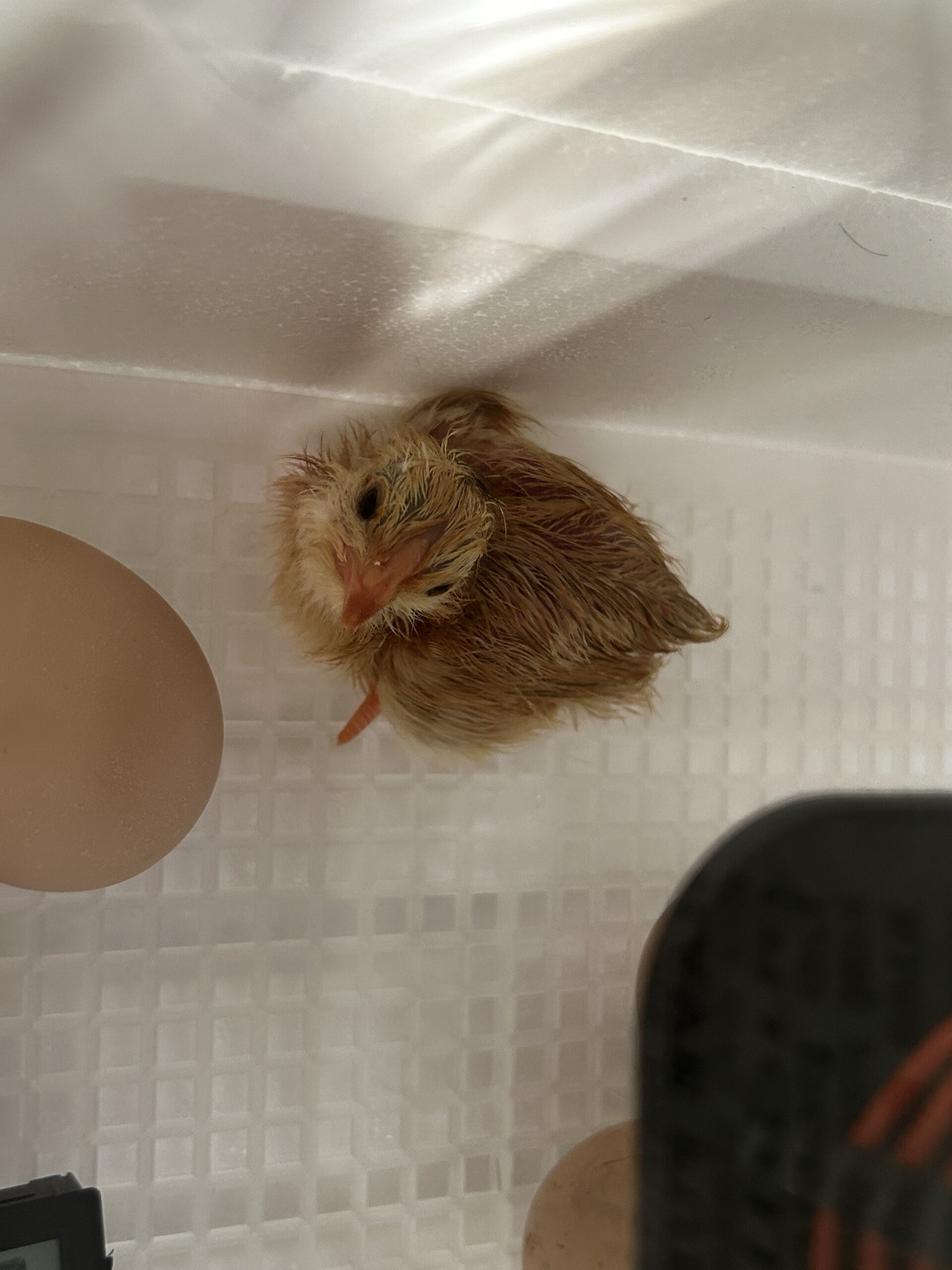
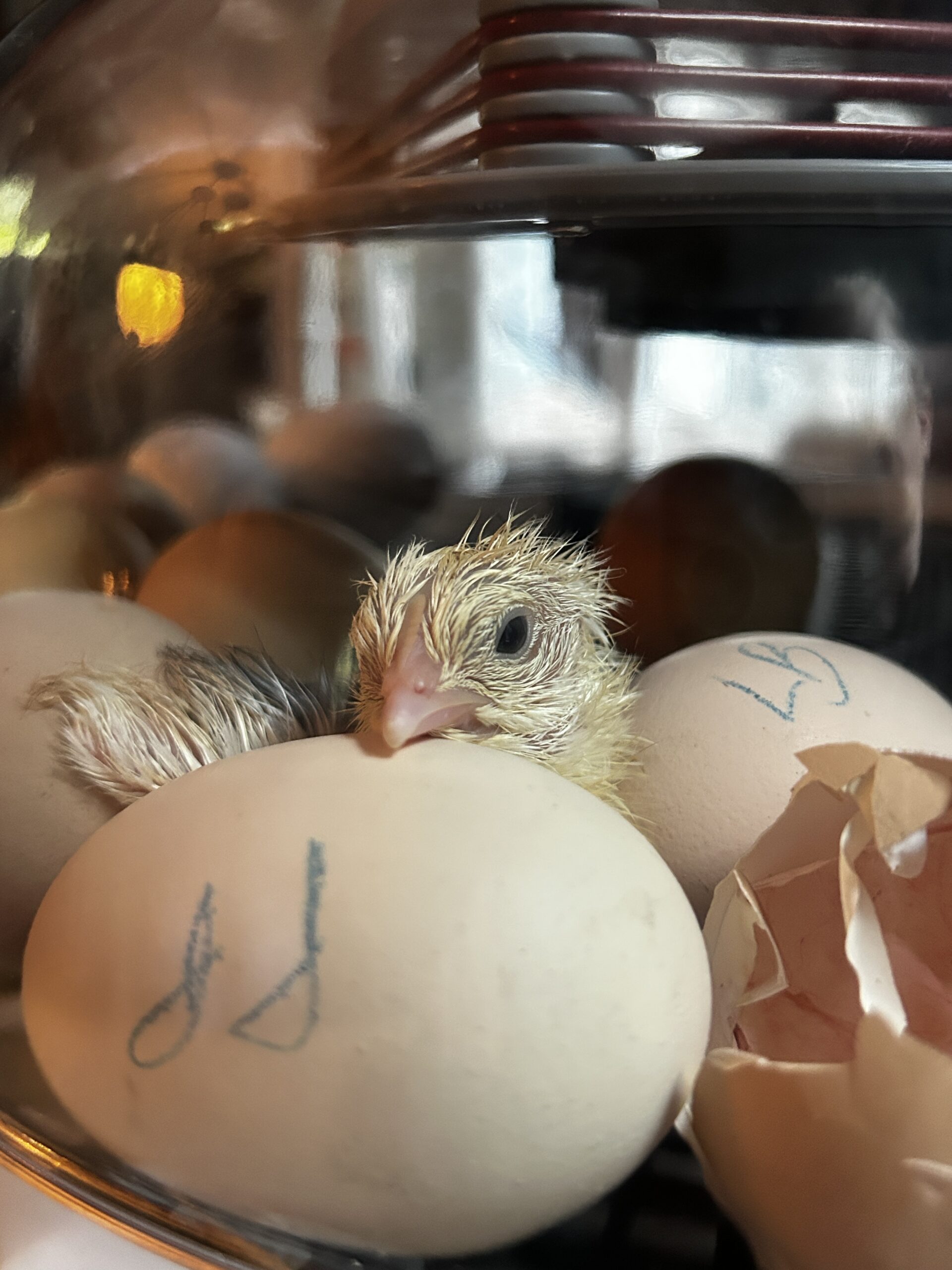
With my early eggs, I did not know about NPIP certified. Our state laws require eggs to be certified to ship into the state.
I never asked about my OH eggs because I didn't even know to ask the question. It wasn't on my radar.
I worked very hard and became NPIP certified in July, so although my original OH eggs, now hatched Deathlayers were probably not certified, they were tested with my flock in July, and are now certified.
Right before I became certified, I ordered more eggs on E-Bay (not smart on my part). I presumed the eggs were certified because of state laws. BUT no! I was very wrong. My next batch of eggs (also from OH) were NOT certified and following NPIP requirements, I could not have them. I had someone hatch them for me and I gave them away.
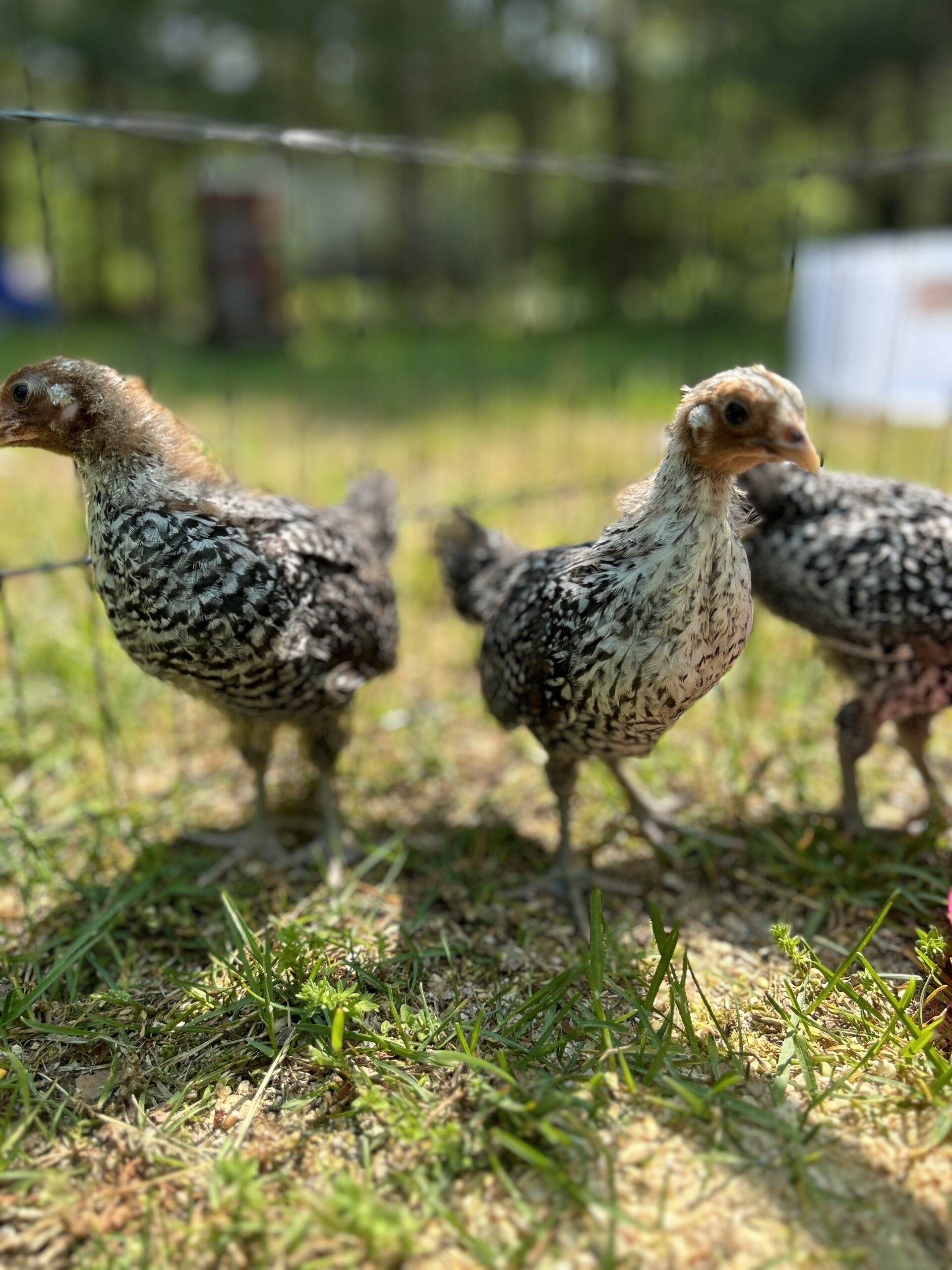
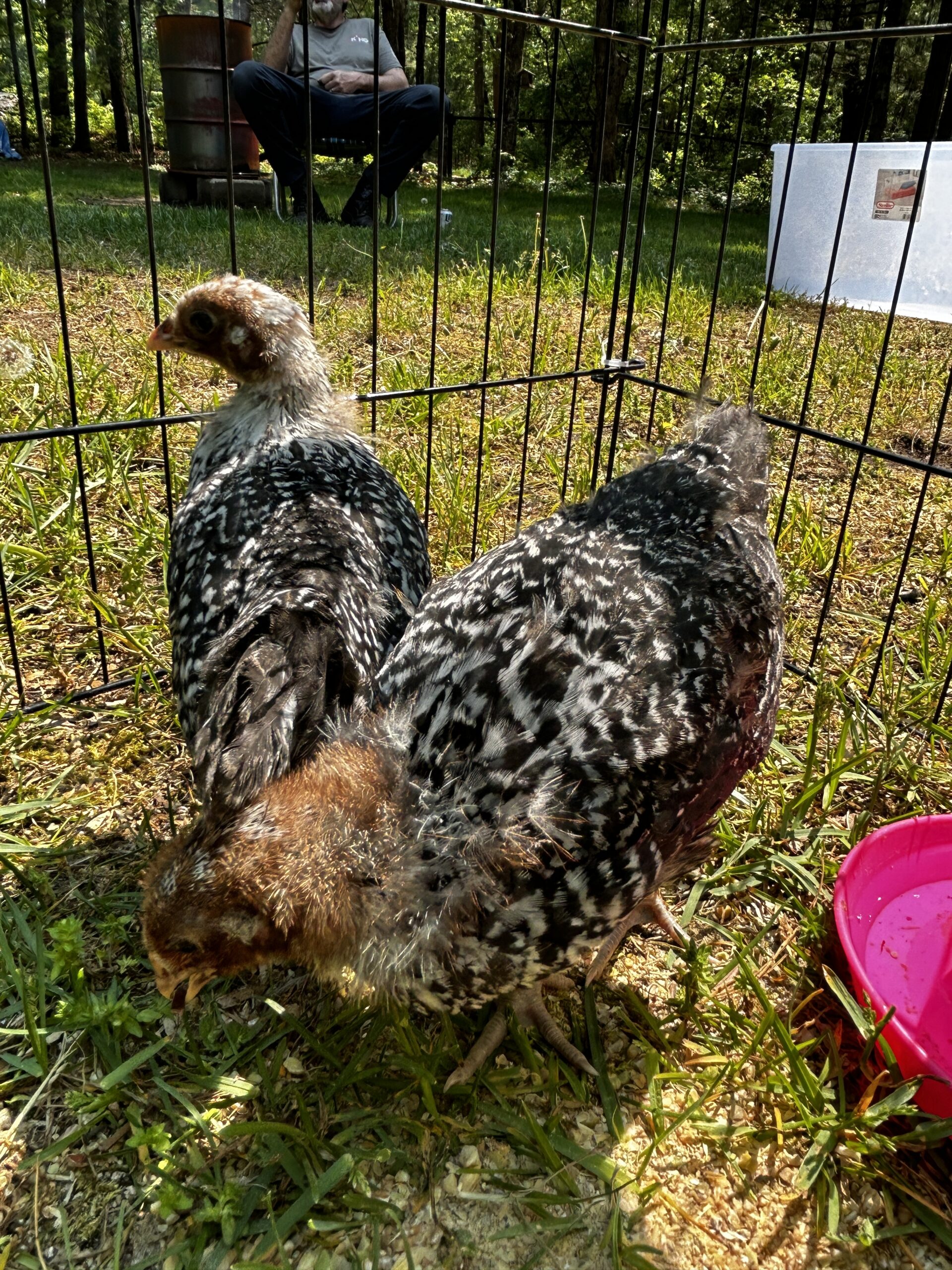
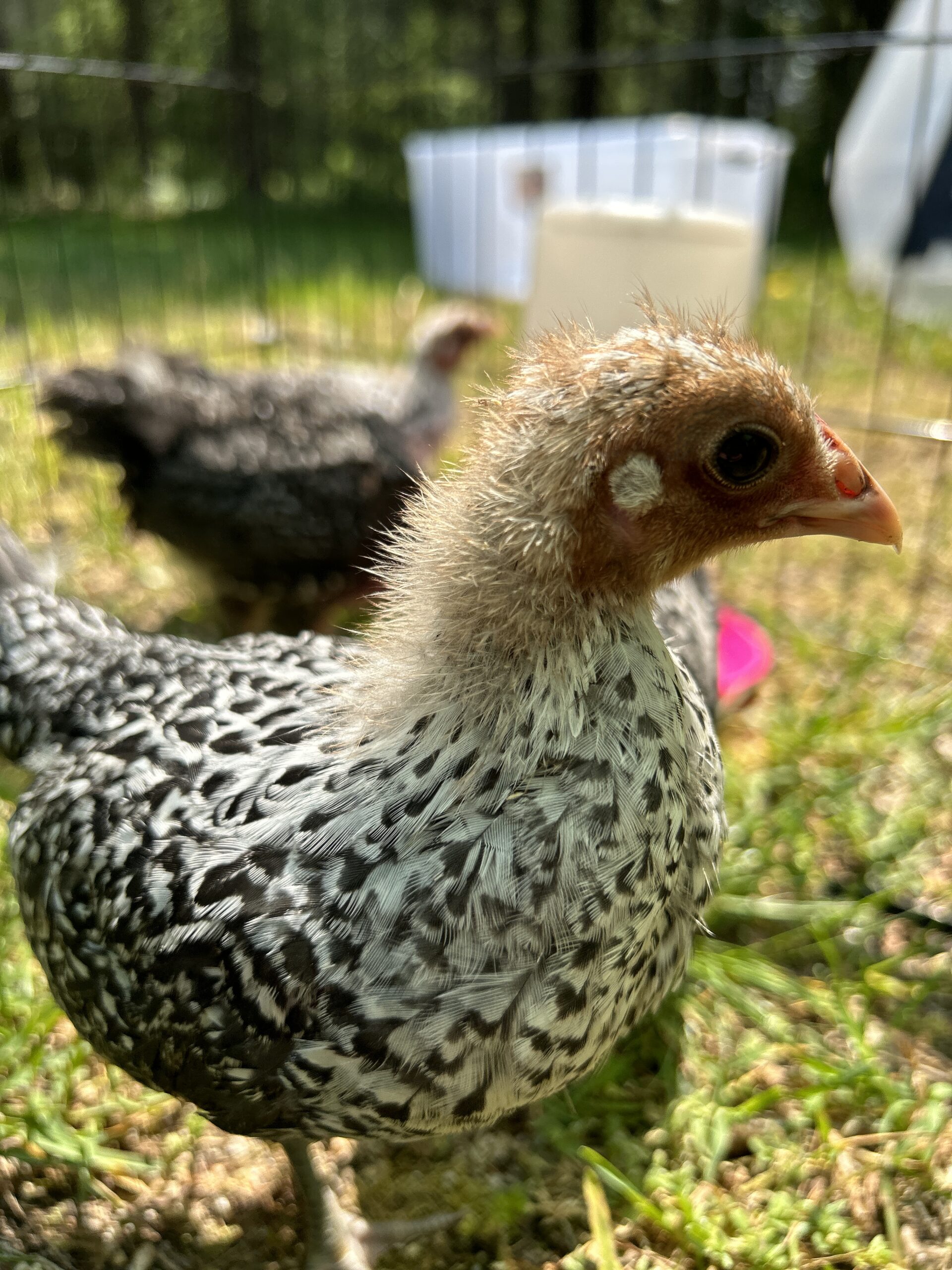
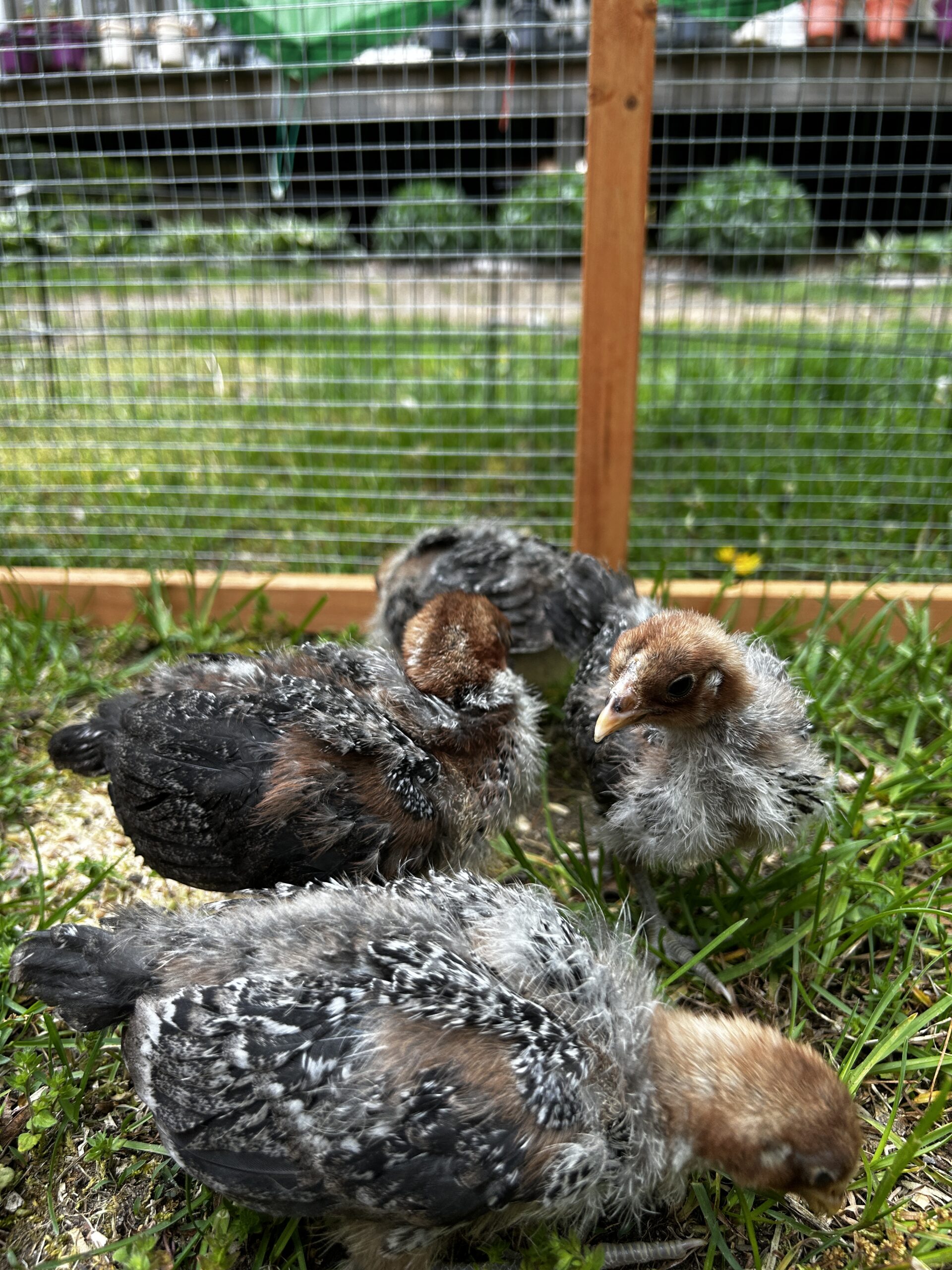
The breeder had never heard of NPIP and had no idea of the laws and regulations governing shipping hatching eggs and clearly no one on the state level was monitoring the requirements. He was able to ship them into MA without a problem.
I am guessing this happens often plus, most people who are certified won't be buying eggs from E-Bay or unknown origins.
Since I could not keep these eggs (sadly) I ordered more eggs from an NPIP breeder selling shipping eggs.
This turned into quite the fiasco. I ordered 6 Gold Deathlayer eggs. Apparently there was an issue with the eggs and my order kept getting pushed back. After a 3 week delay my order was shipped with extra eggs. I received 5 Gold Deathlayers. The 6th broke. 4 Gold Laced Brahmas, and 2 Pita Pintas and 1 Cemani. Remember, my original order was 6 Gold Deathlayers.
End result: 0 Gold Deathlayers, 0 Cemanis, 3 Gold Laced Brahmas, and 1 Pita Pinta.
I laugh because I did not want or expect these eggs, I just wanted Deathlayers.
I am keeping the Pita Pinta. It looks like it might be a roo (oh no) which means I may need a 3rd run (chicken math).
As much as I love the Brahmas and they are beautiful, I won't be keeping them. Once I can determine their sex, 2 will become available. I will keep one (probably the runt) to keep my Pita Pinta company. And yes, one Pita Pinta means I need more. ... but that can wait until spring.
This is where the logistics come in ... if Melody (the Pita Pinta) is a pullet, she will go in with the Cemanis ... but if its a roo, he will need his own flock. Time will tell.
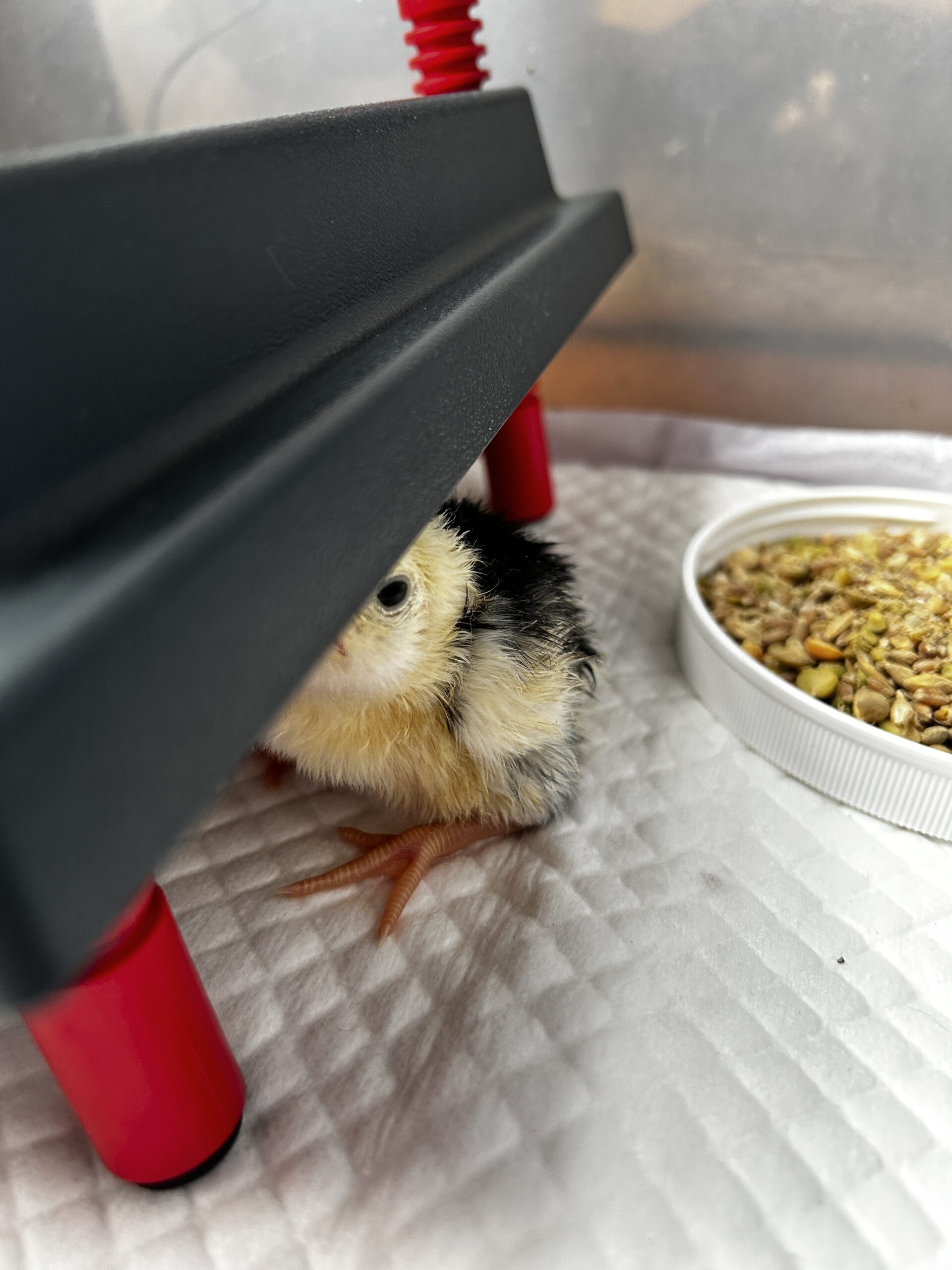
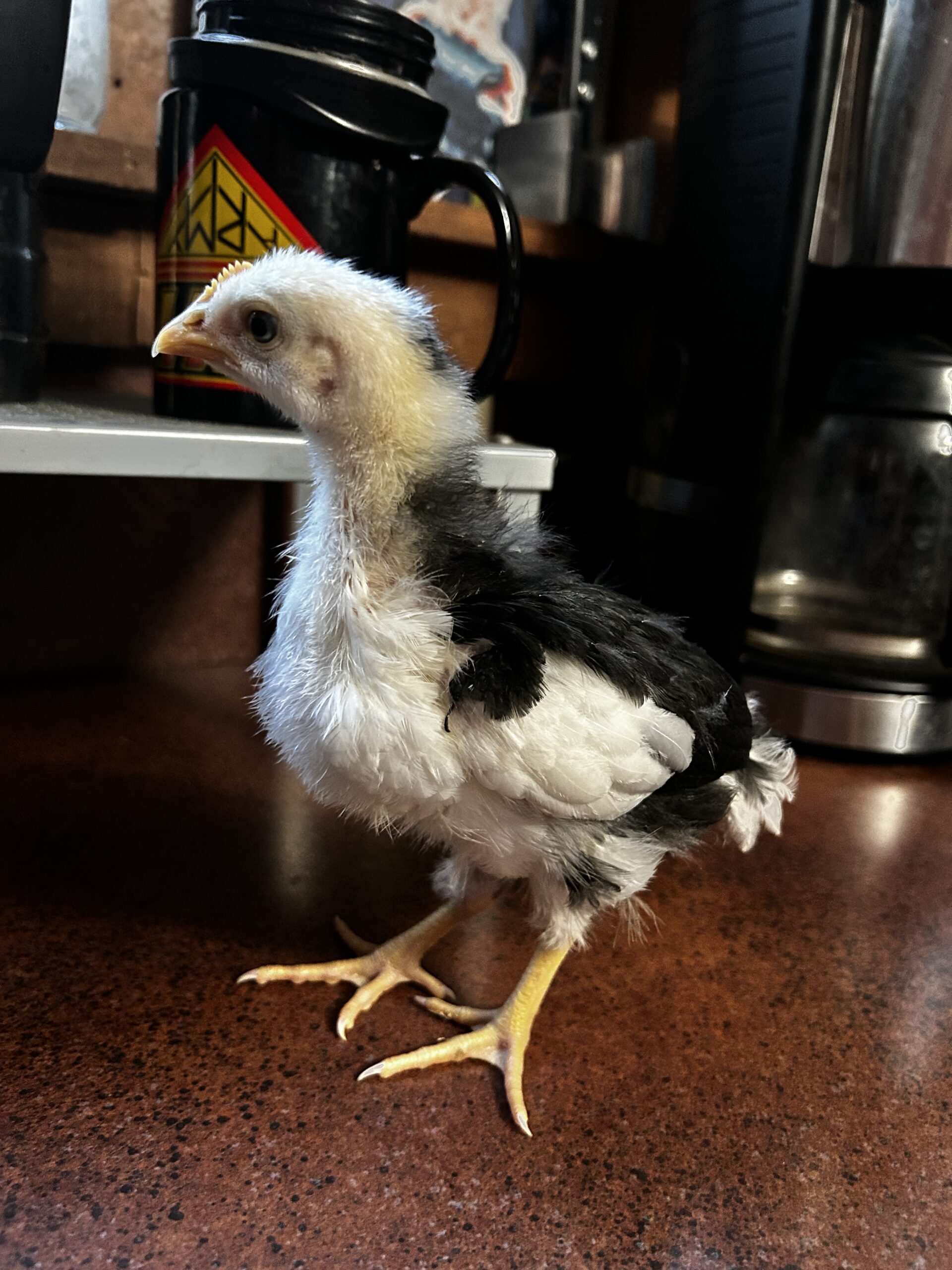
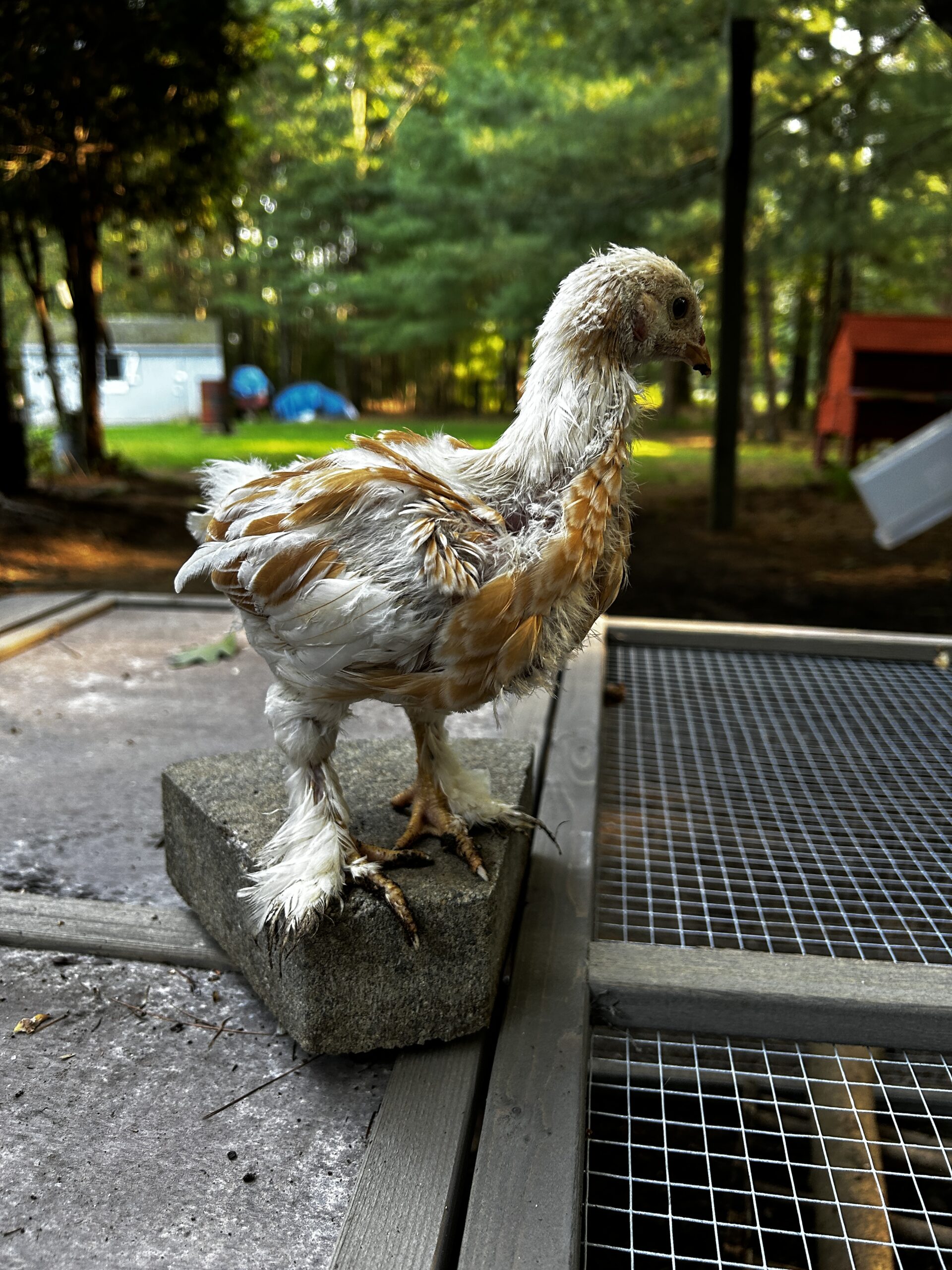
If you are hatching a small number of eggs, be prepared to handle a single chick hatching.
I received 4 Ayam Cemani hatching eggs from a local (certified) flock. 2 eggs were fertile and went into the incubator. Only 1 hatched. My grandson named him Spiderman. I knew this was a possibility so I had a little mirror and stuffed animal ready to go in the brooder, if I needed them. And I needed them.
My Brahma's and Pita Pinta hatched about 3 weeks earlier and were already too big for the new baby. I thought I found some backup chicks but it fell through. I ended up buying 3 more Cemanis from Meyer Hatchery. These new chicks are about 6 days younger than Spiderman but it all worked out.
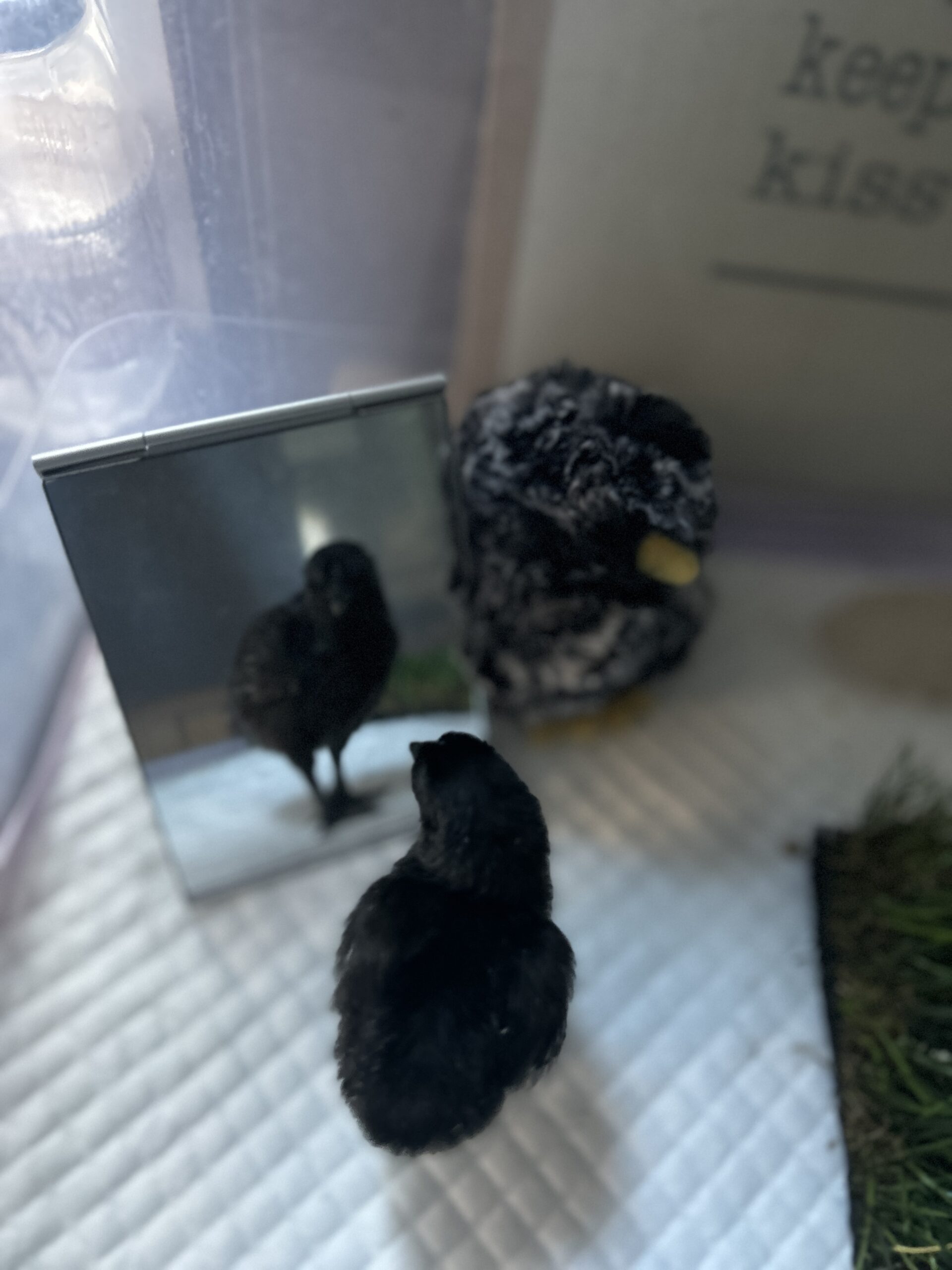

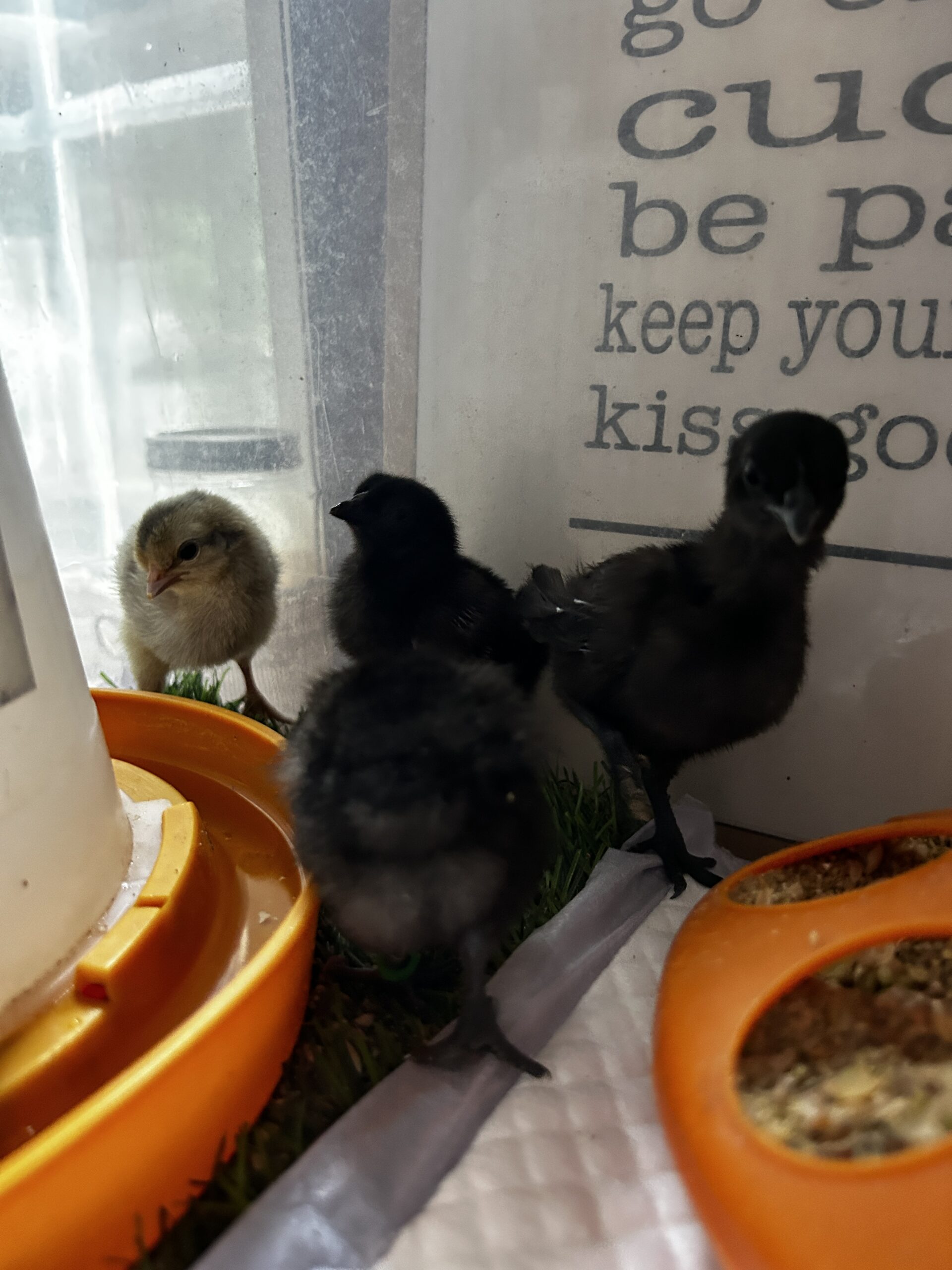
Conclusion:
Knowing the risk of receiving shipped hatching eggs is important. Some people are lucky with great hatch rates and others like me, not so good but I knew that risk.
I would probably do a few things differently, but that's easy to say in hindsight.
My goal was to add some rare breeds to my flock and I've accomplished that. Soon I will be breeding my own and no longer need to have eggs shipped and I will have a small selection of hard to get breeds available for people locally.
Some things to think about:
- Ask questions of the seller/breeder: age of shipped eggs, how they are shipped, tested/certified flock, will they replace broken eggs, and anything else that is relevant to you.
- There are many factors that go into a successful hatch and many are outside of your control like shipping conditions and handling.
- Hatching shipped eggs can get expensive and be heartbreaking.
- You might get the unexpected so be prepared.
- This may be the only option if you are looking for specific breeds.
- Especially with shipped eggs, let them go beyond day 21, I had many hatch on day 23. Many factors can cause this including "older eggs" and incubator conditions.
- With detached air sacs, some may have problems hatching. If you choose to assist, some outcomes may not be good so be prepared. They will die without assistance but they may not make it anyway.
- Know culling options. Hopefully you will never be faced with this decision but if you are, you will be prepared.
- Do your research and go with what feels right to you.
- Learn from your mistakes and don't make them again if you can help it.
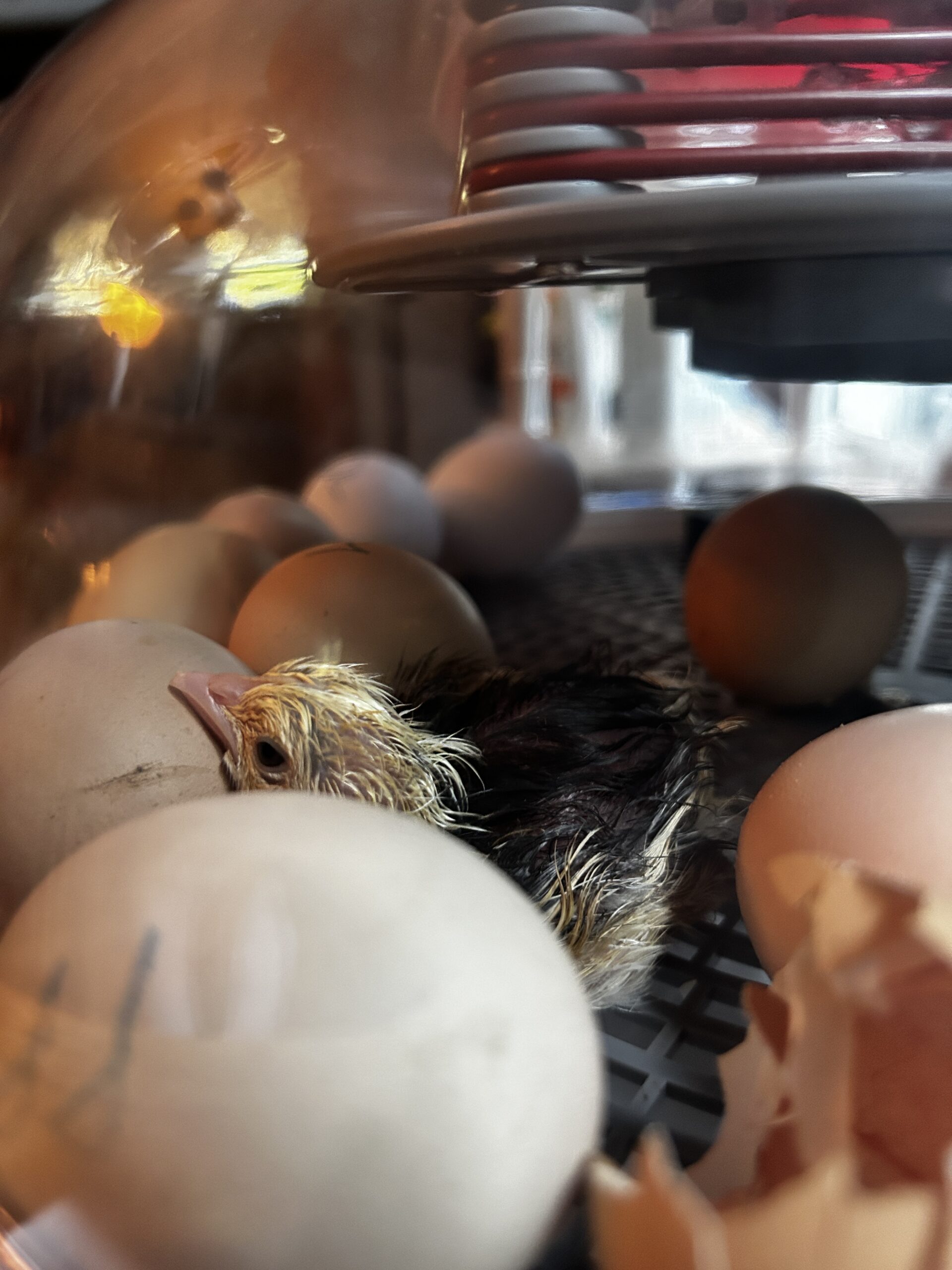
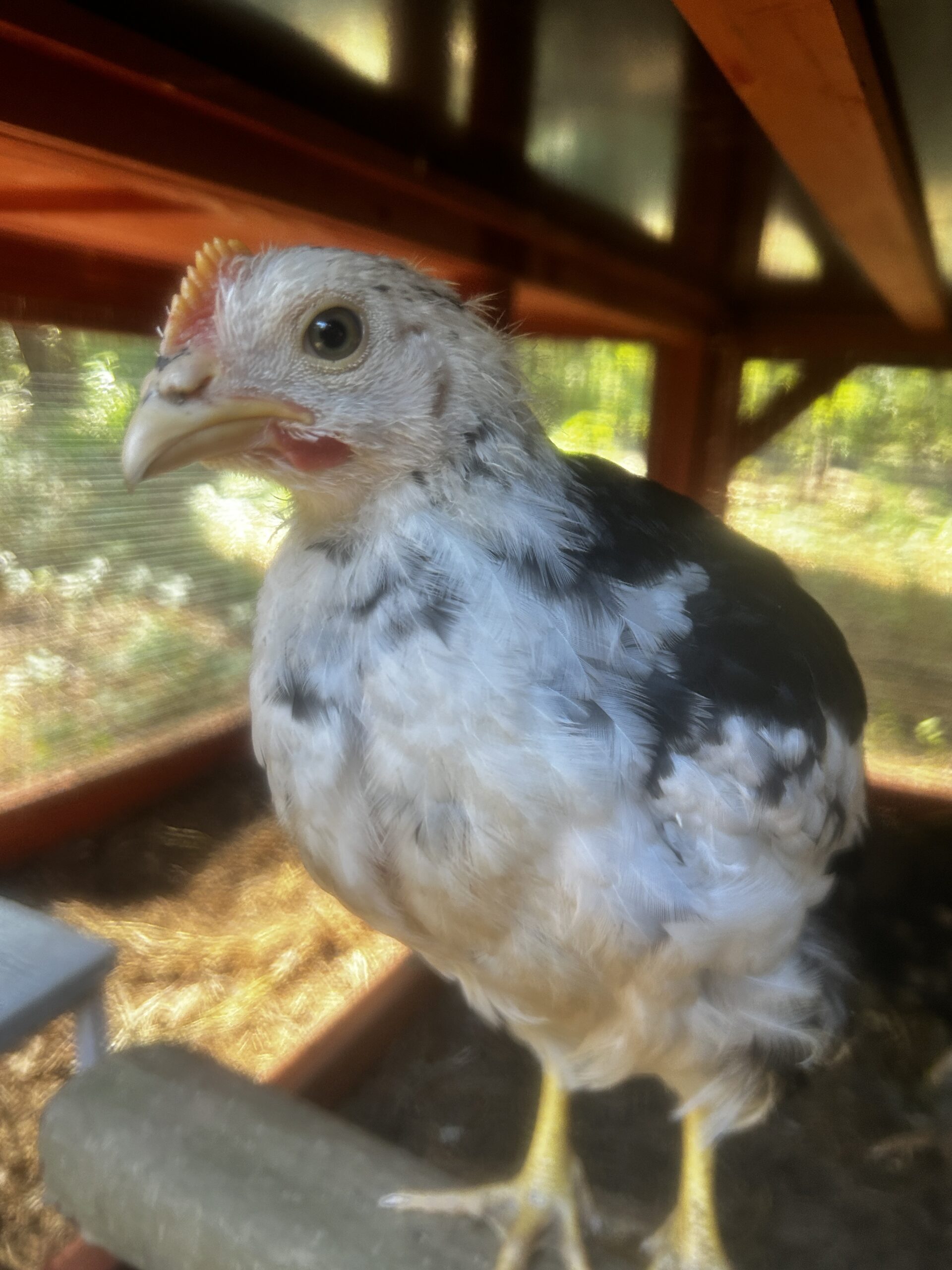
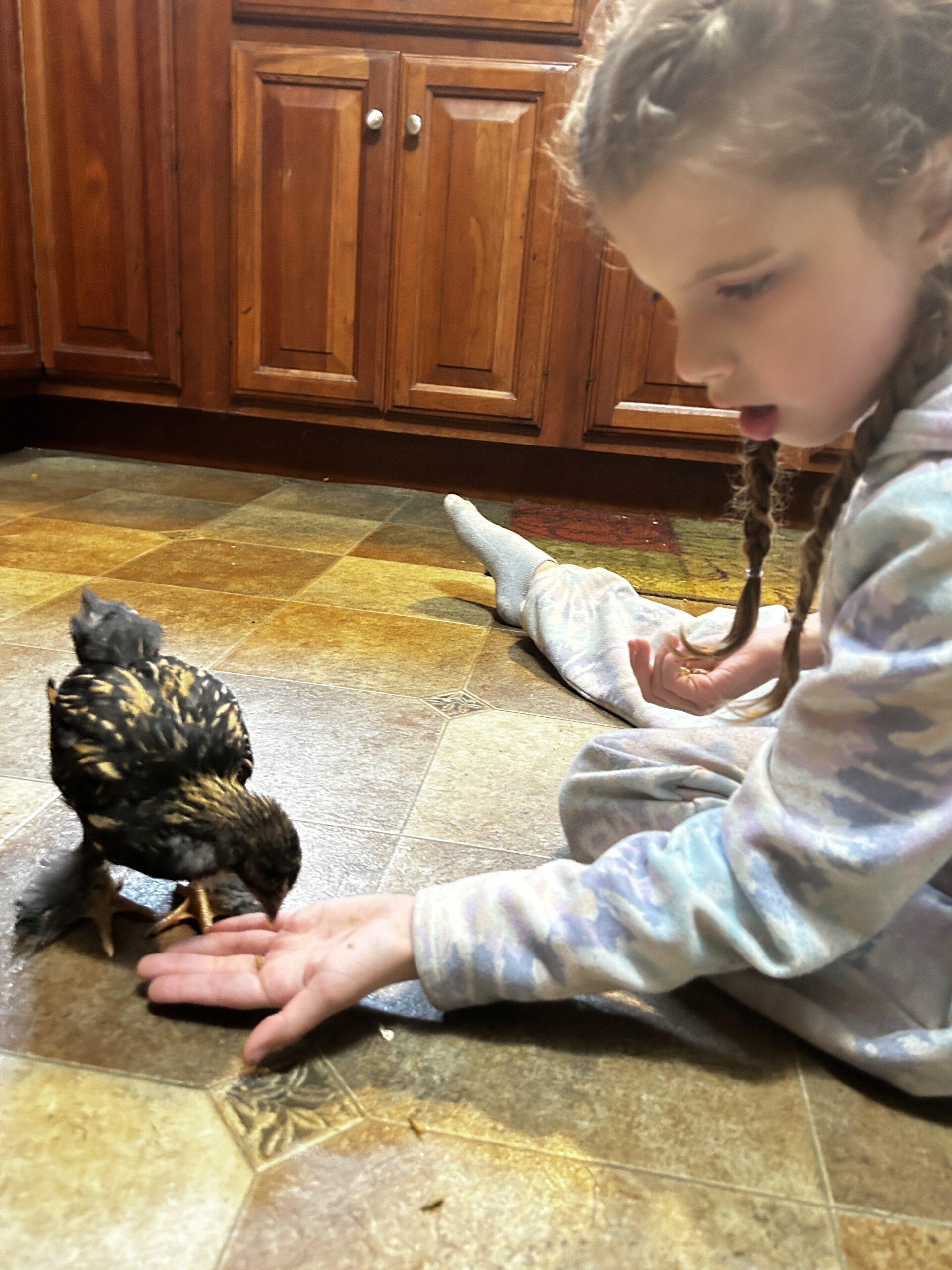
Additional Resources:
Coexisting With A Rooster
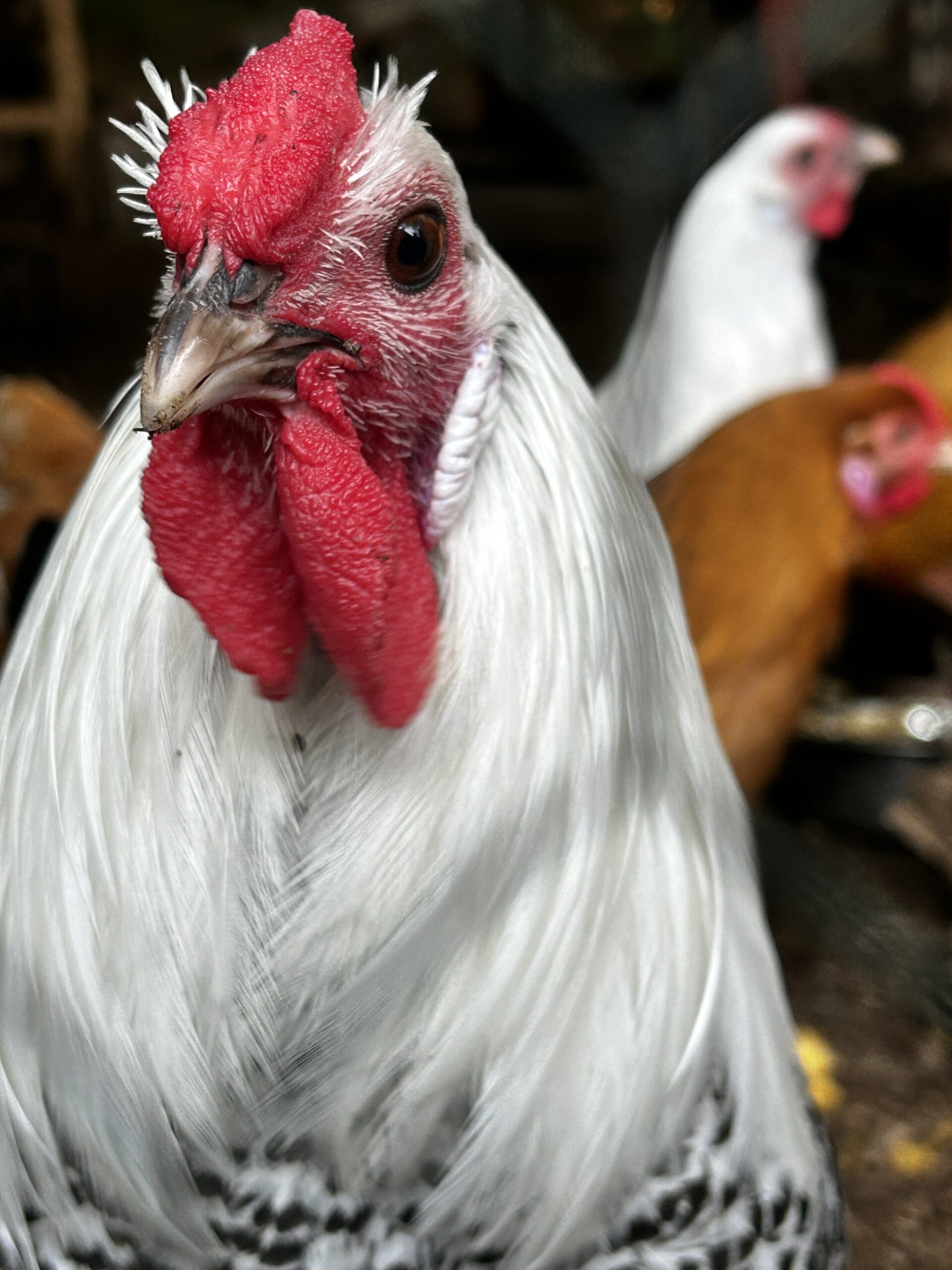
Living with a rooster can be difficult, stressful, and wonderful ... all at the same time.
A rooster's number one role is to protect "his girls." When you have a young rooster, he is learning his role and acting on instinct.
My rooster Storm, is a perfect example. He is 6 months old at the time I'm writing this. He is with 2 Deathlayer pullets, and 3 Wyandotte hens. The Wyandottes are laying, the Deathlayers could start at any time.
Storm was fine until the Wyandottes started laying. I would not call it aggressive but very protective ... and he needed to figure out where I fit in. He postured a lot ... flapped his wings and stamped his feet. He charged at me a few times. Once I really made him mad. He was in the coop and everyone was in but one. I grabbed her (to put her in) she yelled, and he came running to her defense.
So, I don't turn my back on him and I don't trust him but we are developing an understanding that I think we can both live with.
I know if I upset one of his girls, he will get protective. I am prepared.
If anyone could saw me from a distance, I might look "insane" but when he "postured" I did it back ... flapped my arms (wings) and stamped my feet. He backed off.
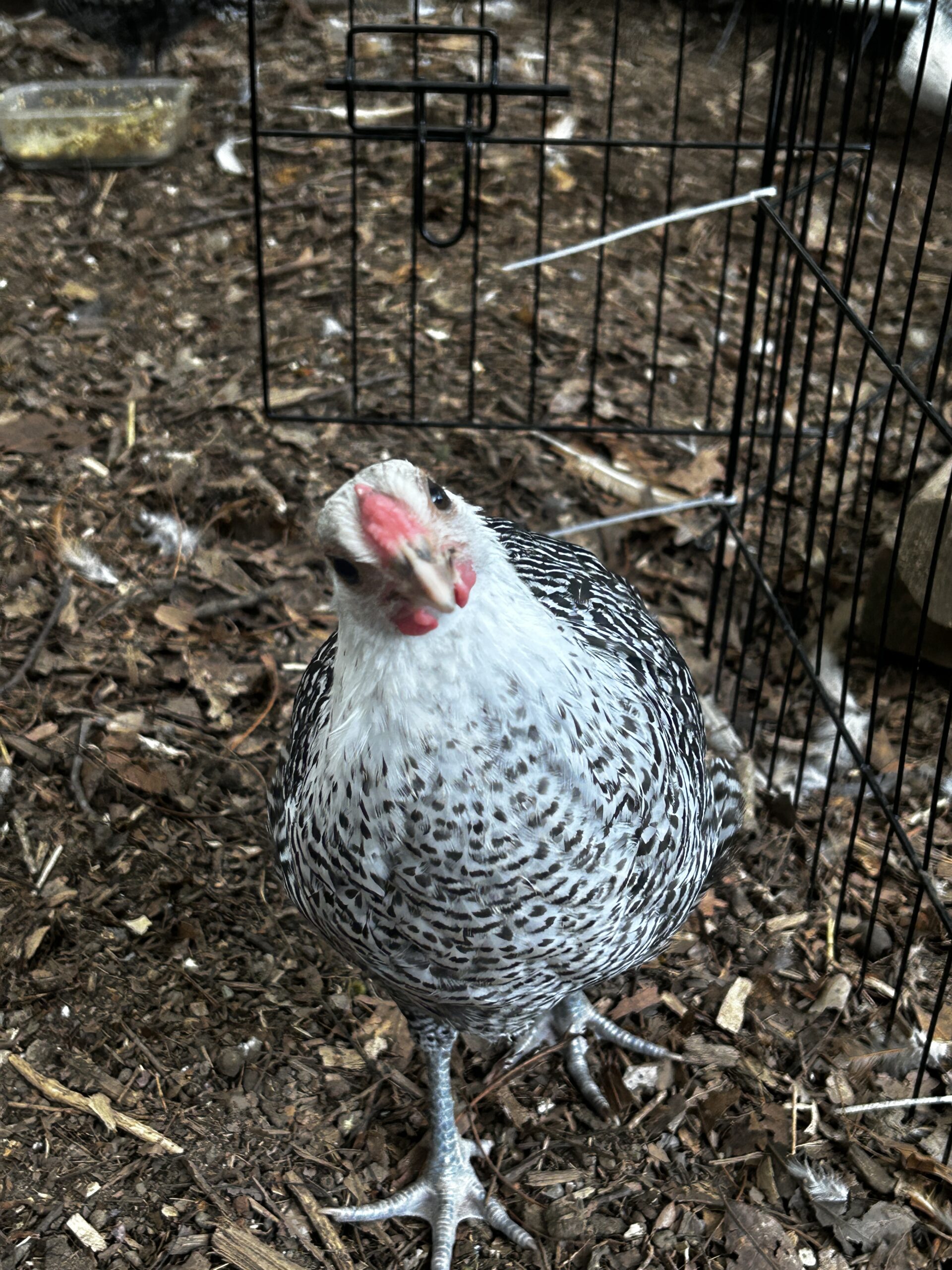
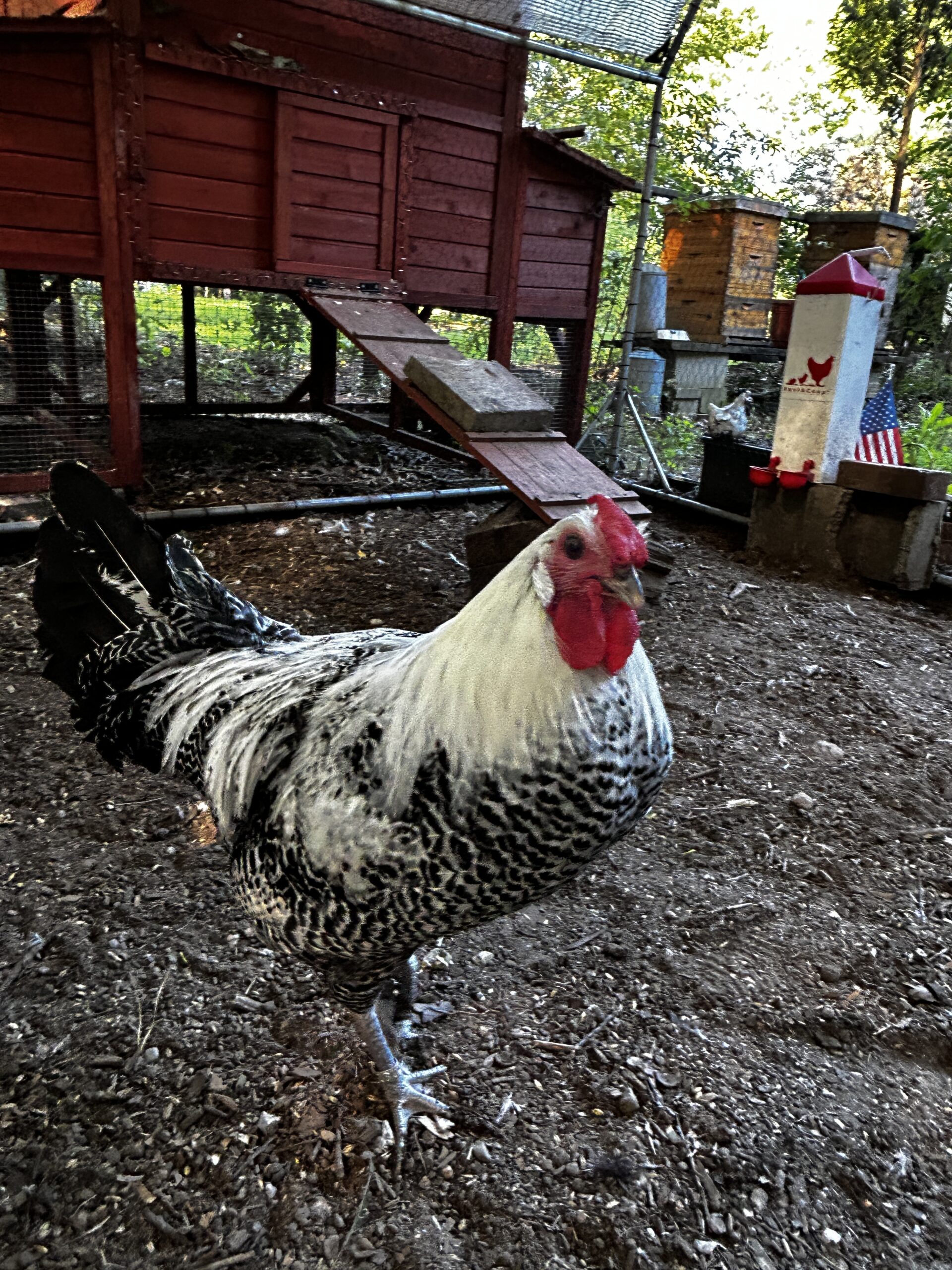
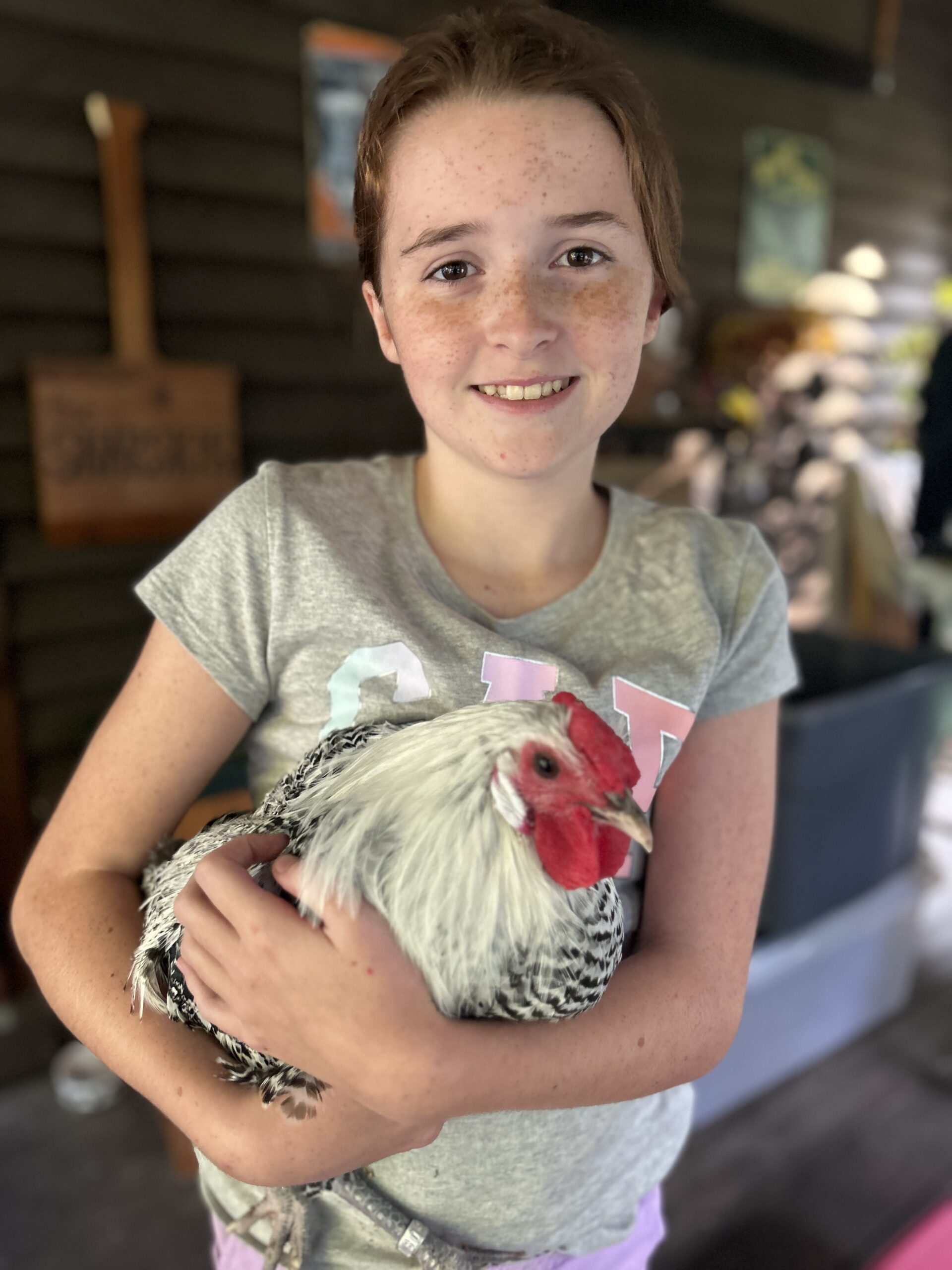
I hatched Storm, so all he knows is me. He has always been sweet. He was 1 of 2 roosters that I hatched from that group. His brother Beast was the dominant rooster. Beast went to another home and storm stepped up.
I don't have a lot of experience with roosters but I am learning too.
When I let the flock out of the coop in the morning, I stand with them. At first, Storm was nervous and paced and wouldn't eat. He'd just watch me. I would stand there until he was comfortable enough to put his back to me and/or start eating. What used to take 10 minutes now takes less than one.
When I am outside the run, he follows me ... not out of fondness. I started giving him treats when I go to his run. I have a variety of herbs planted around the runs and they all love when I pick some and give it to them. Storm knows I have treats and will now take them from my hand when I'm inside the run. That is progress!
Today when I was cleaning his coop, he popped up in the door to see what I was doing. I talked to him and just kept cleaning. He watched for a few minutes then walked away.
I don't fully trust him, but I'm good with that. I wear my muck boots (no flip flops), long pants (no shorts) and my arms are covered ... just as precautions ... covered up, I know I'm okay and not afraid ... he knows I'm not afraid ... he's learning I am not a threat ... and we are reaching an understanding.
Lesson learned: Don't misunderstand protectiveness vs aggression. My techniques would likely not work with an aggressive rooster (and some are) but distinguish the behaviors and respond accordingly.

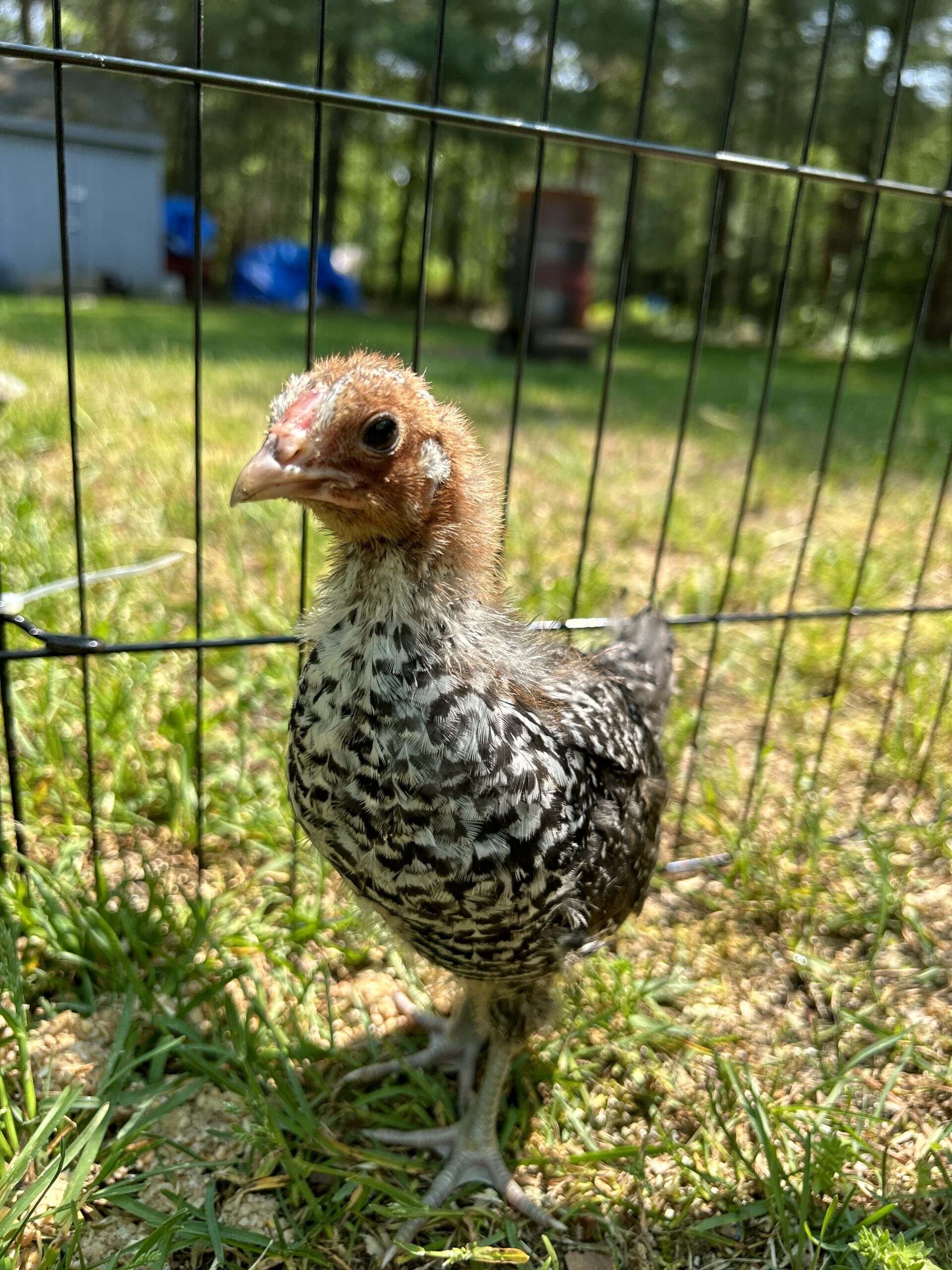
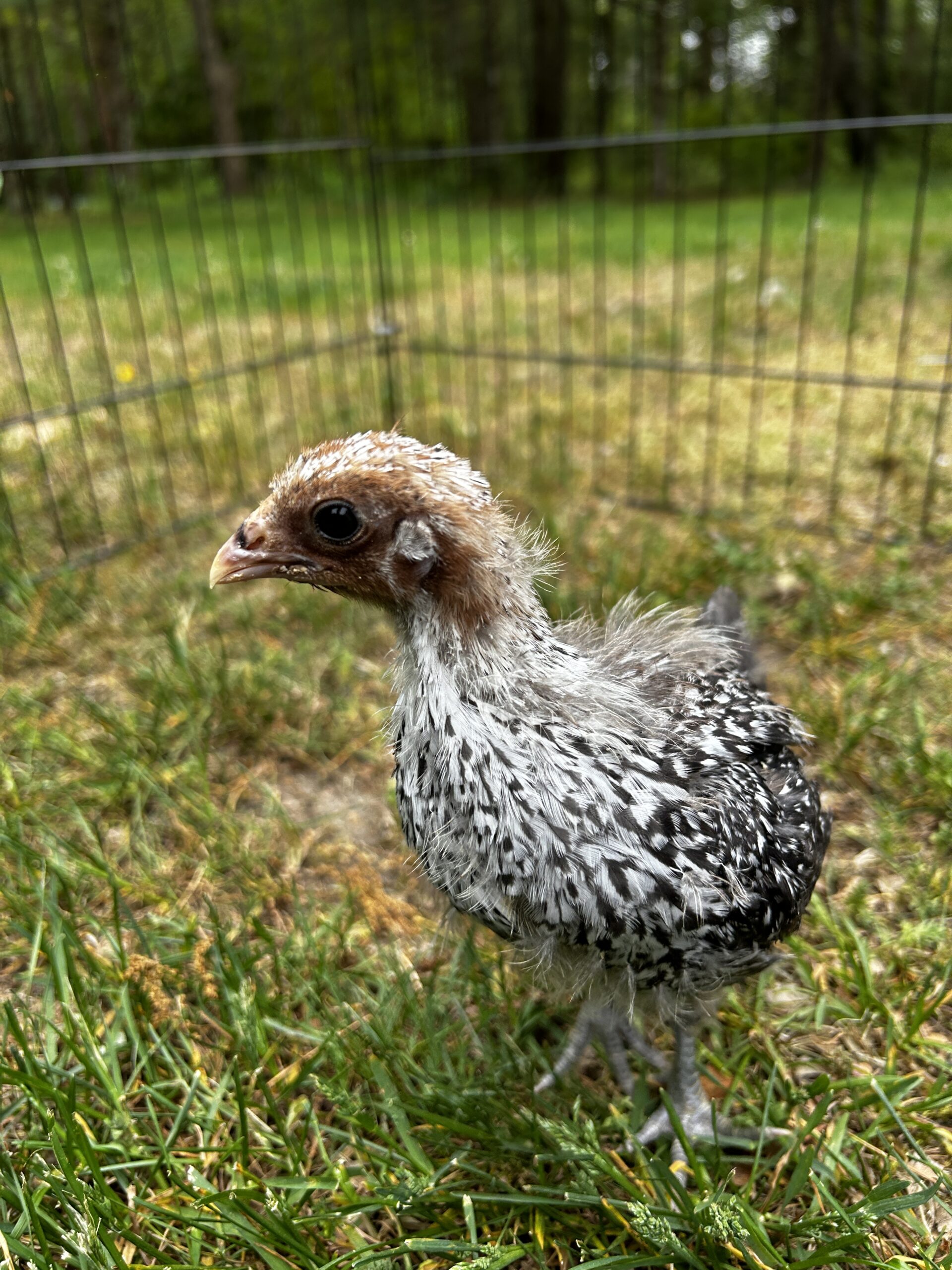
Eggs & Incubator Photo Gallery
Eggs & Incubator:



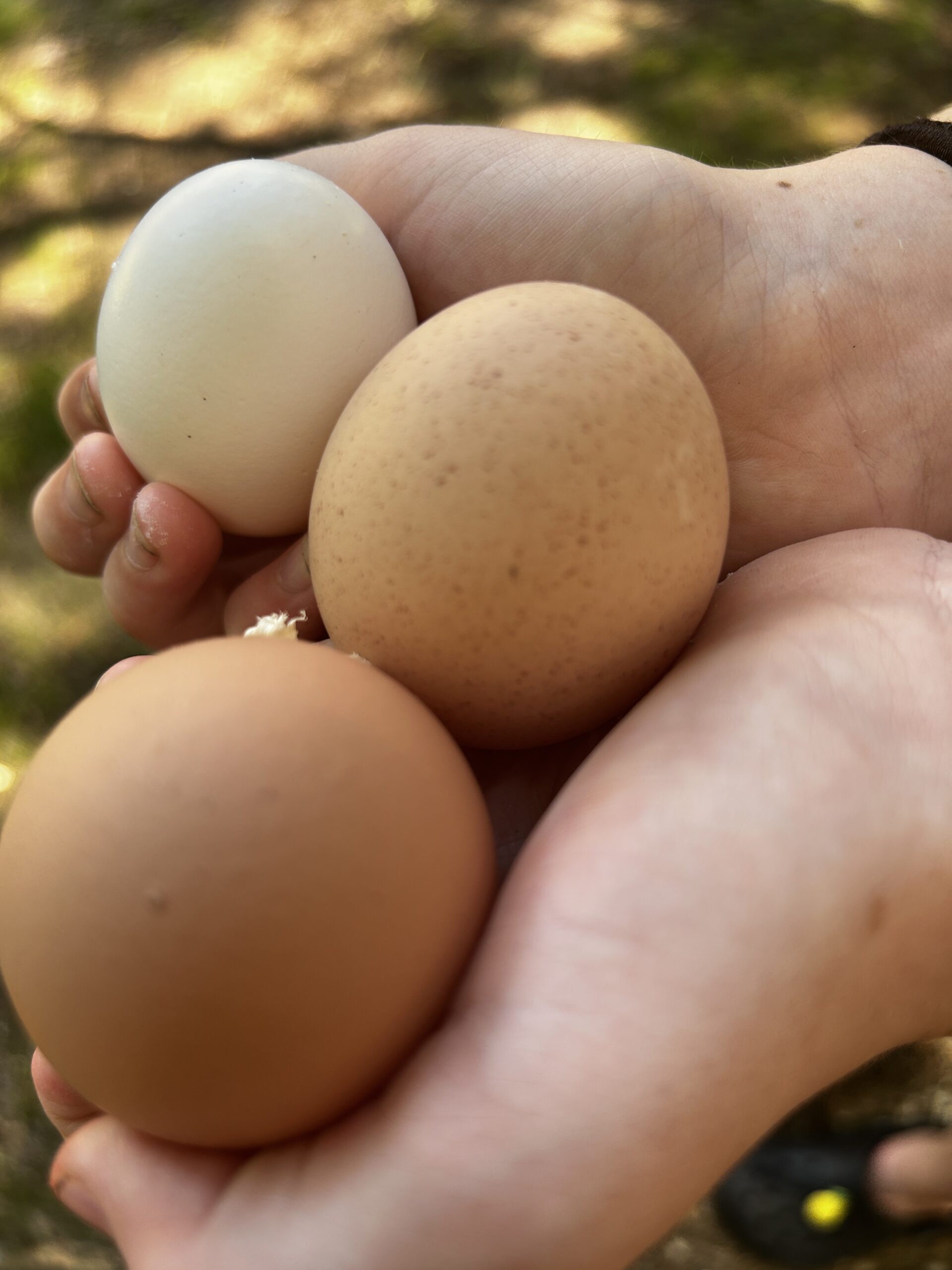
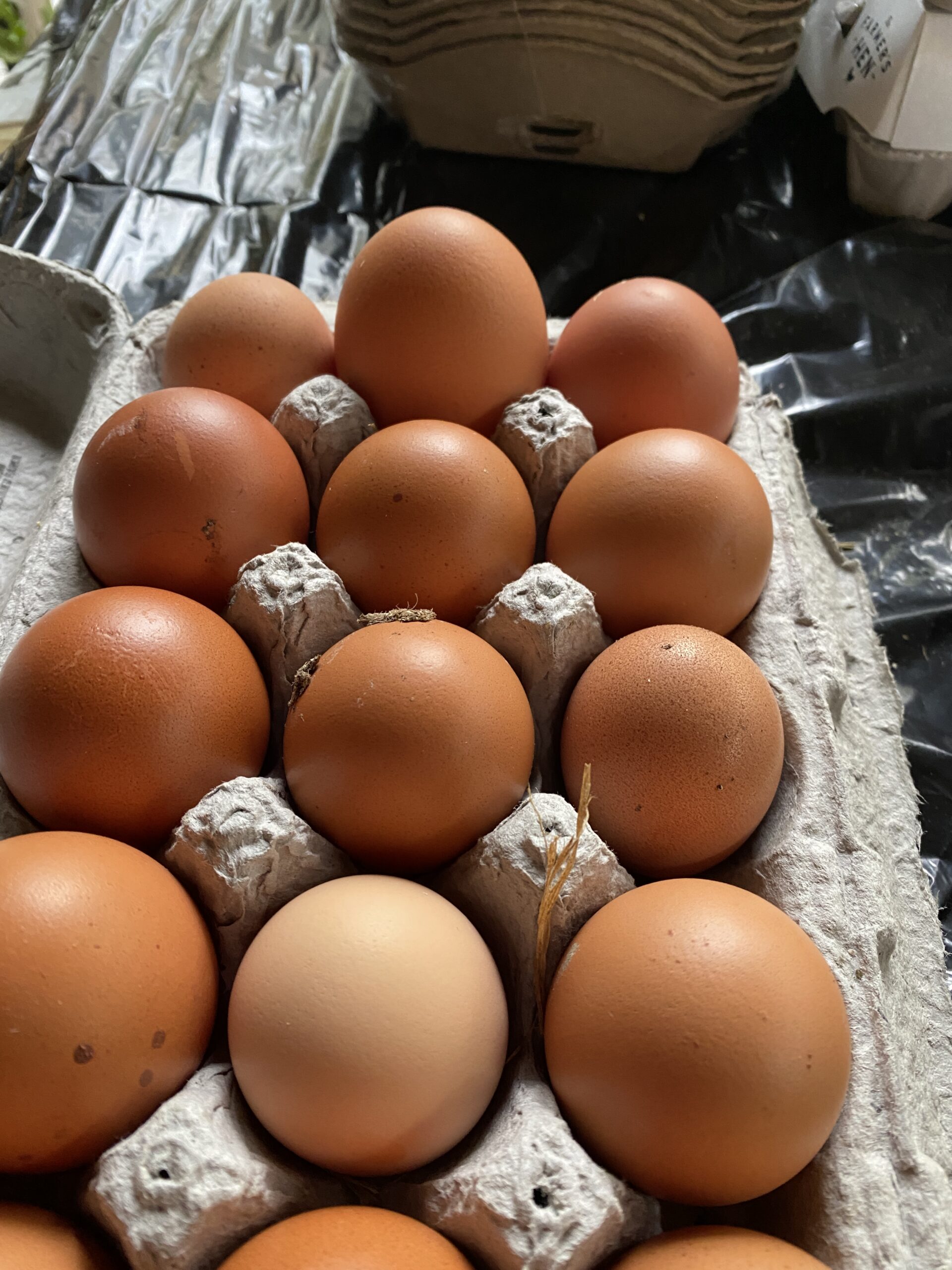
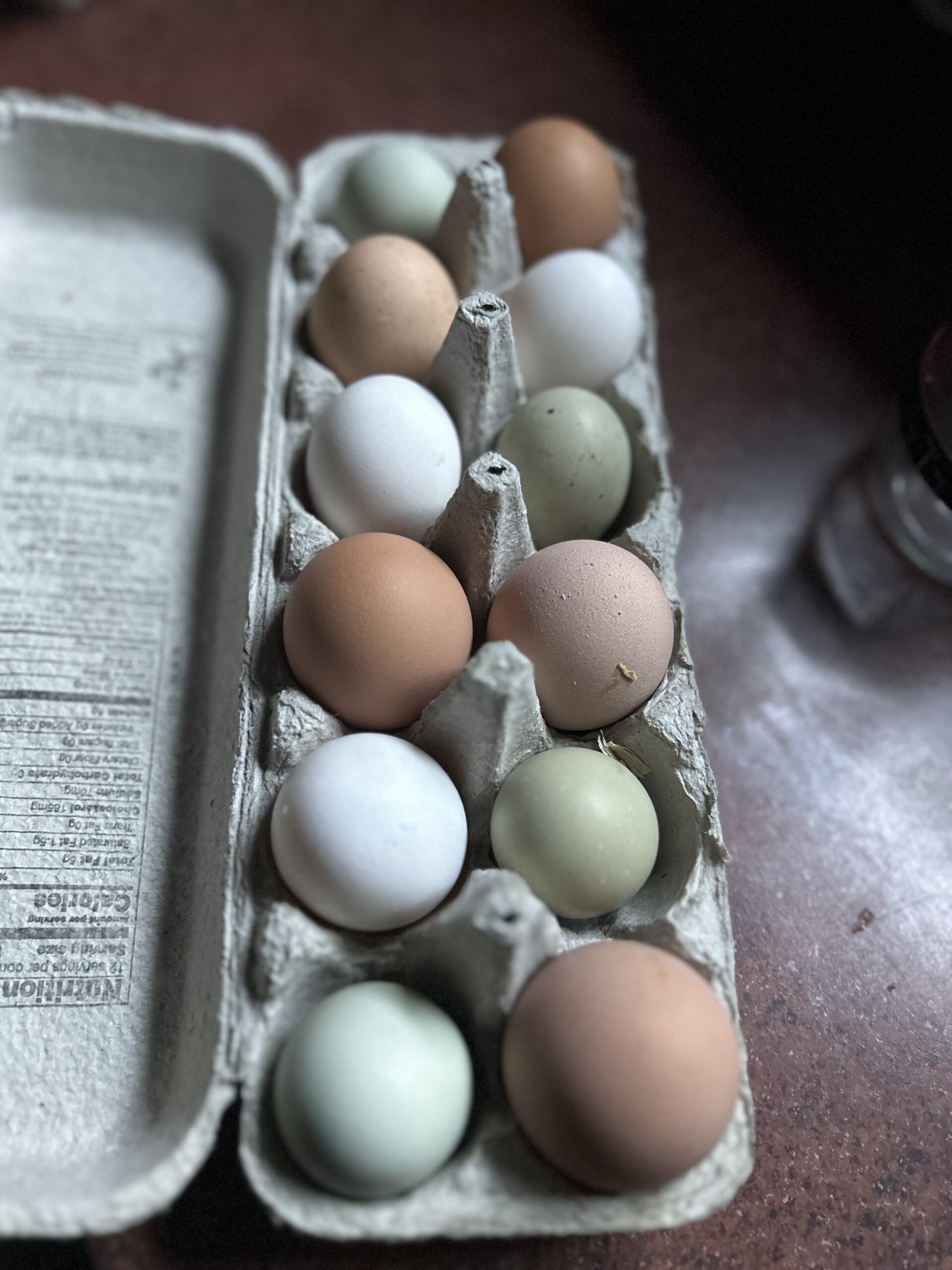
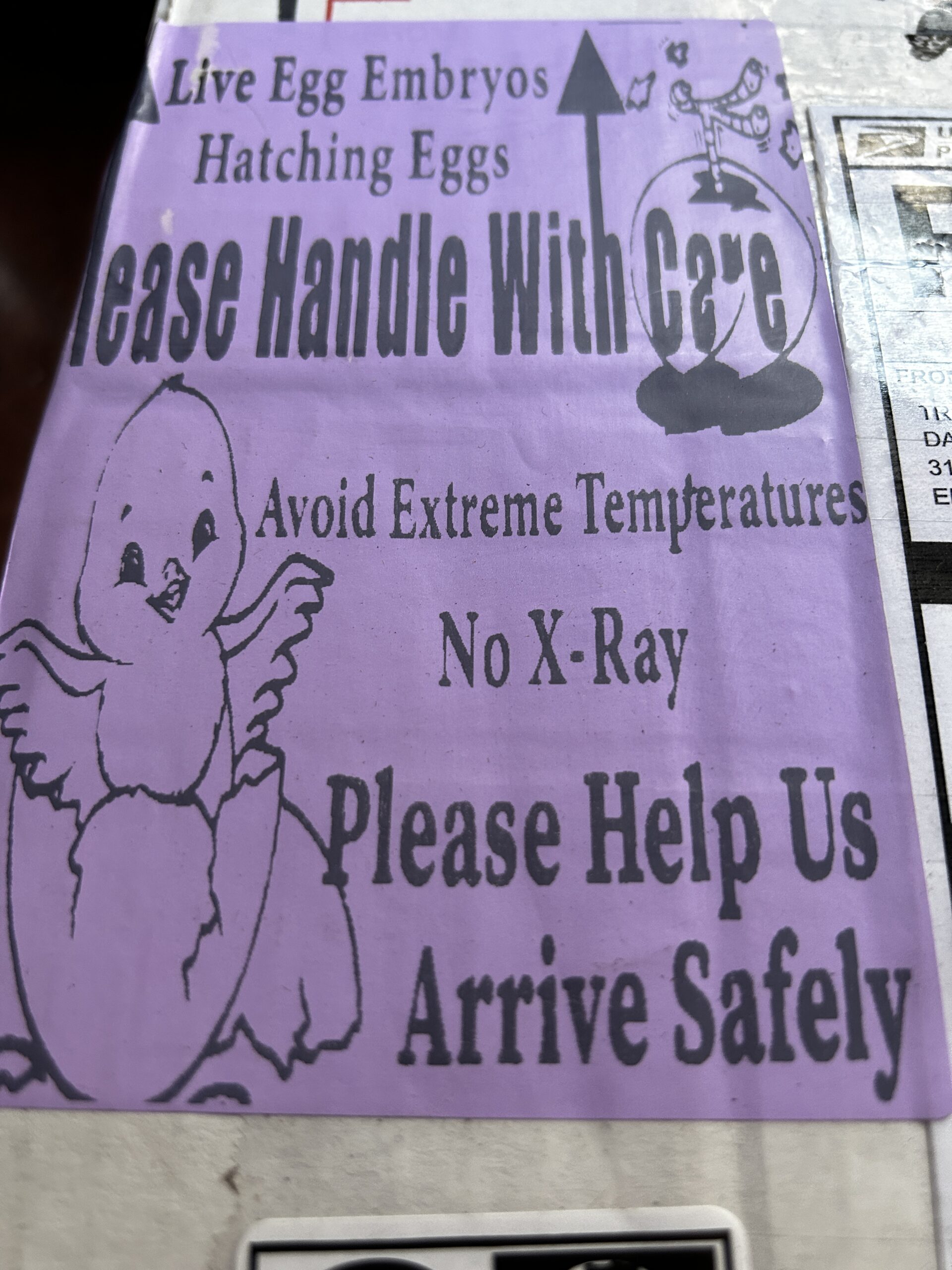


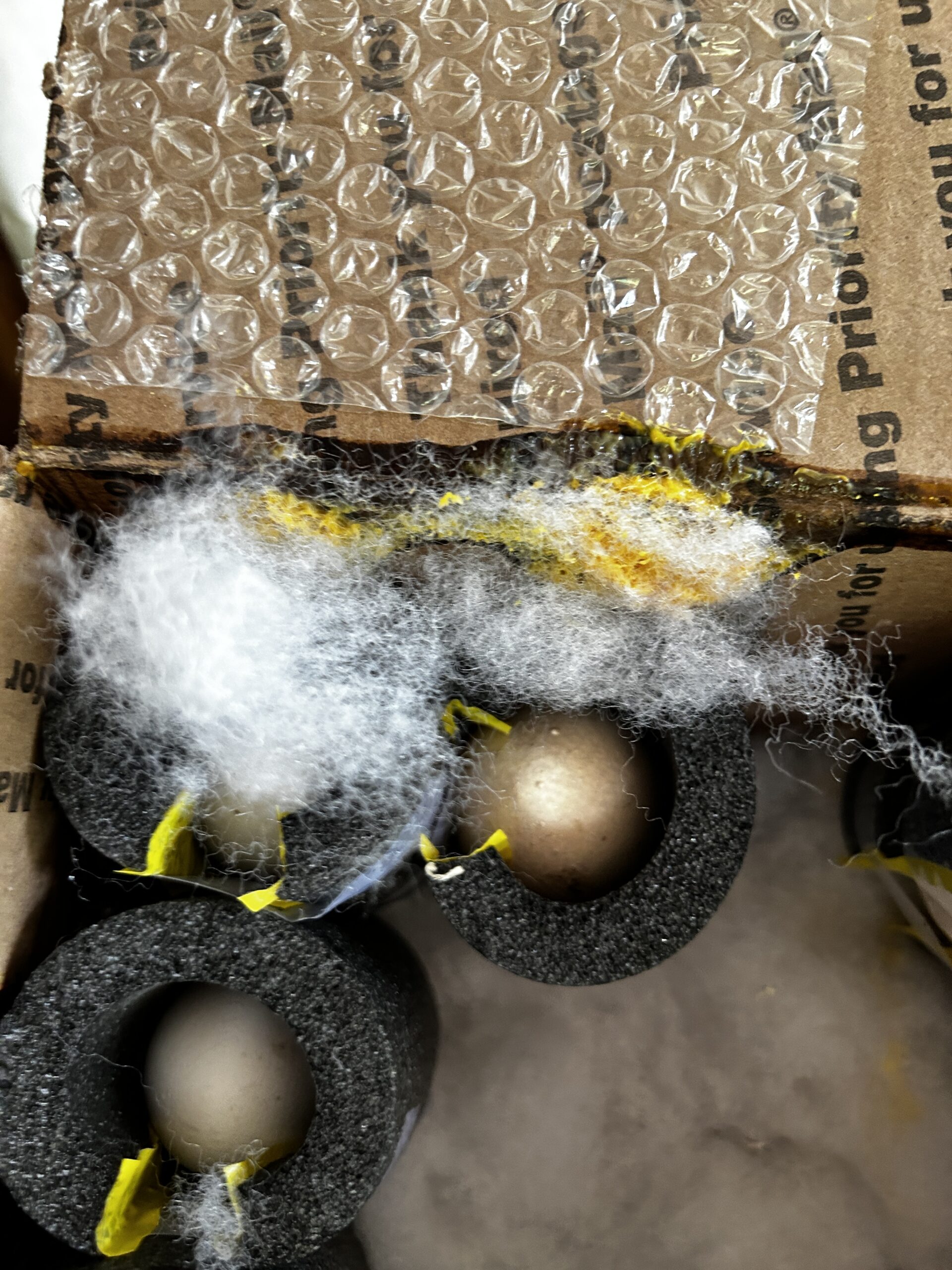

Getting eggs shipped is risky but not impossible. Sometimes it's the only way to get a certain breed if they are not available locally. People ship their eggs differently. I have not had the best luck with shipped eggs BUT enough to help build the flock of my dreams. Only once did I have a broken egg (and only 1 egg) ... during a heat wave and not pleasant. Read about our experiences hatching shipped eggs.
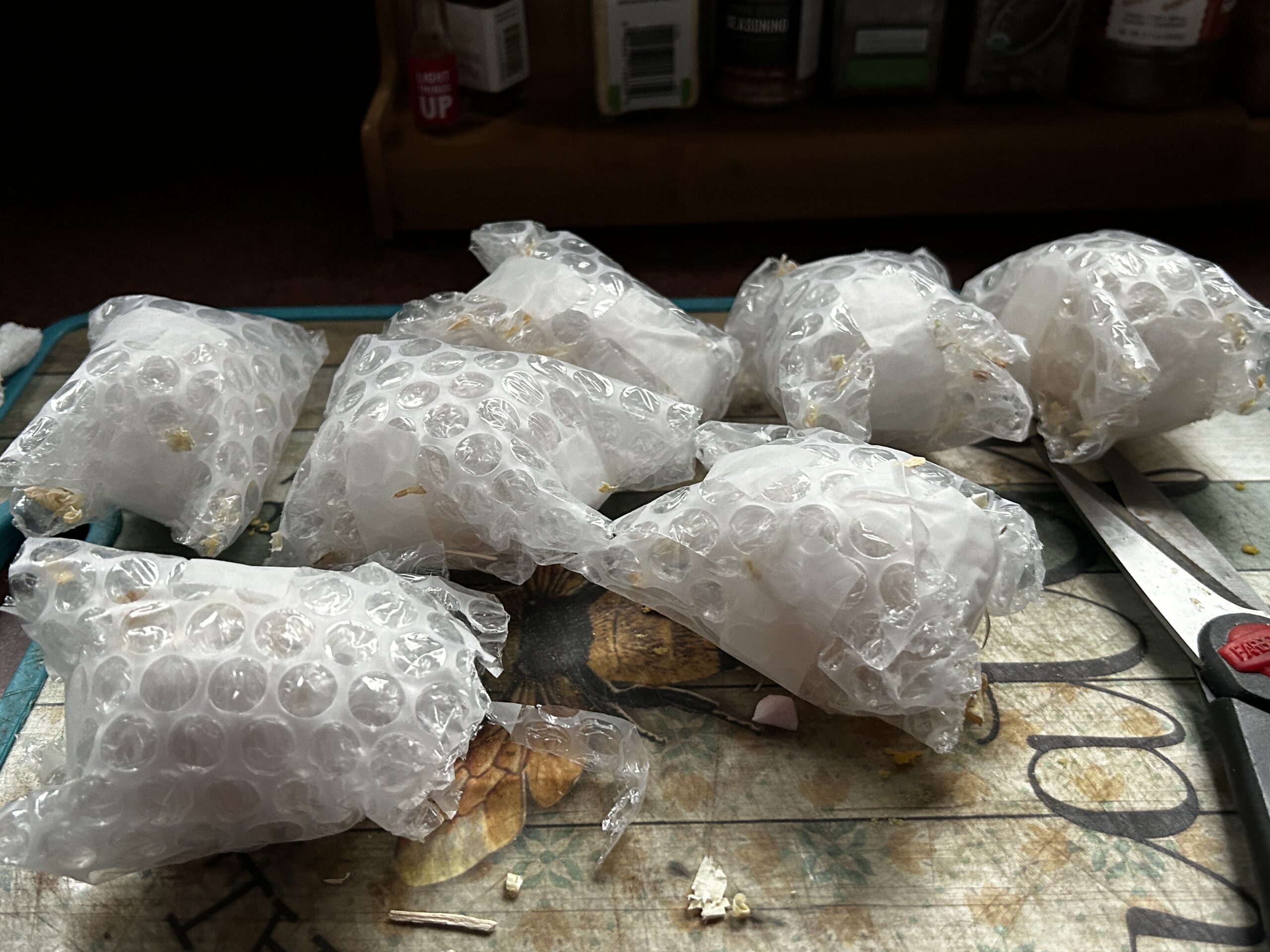


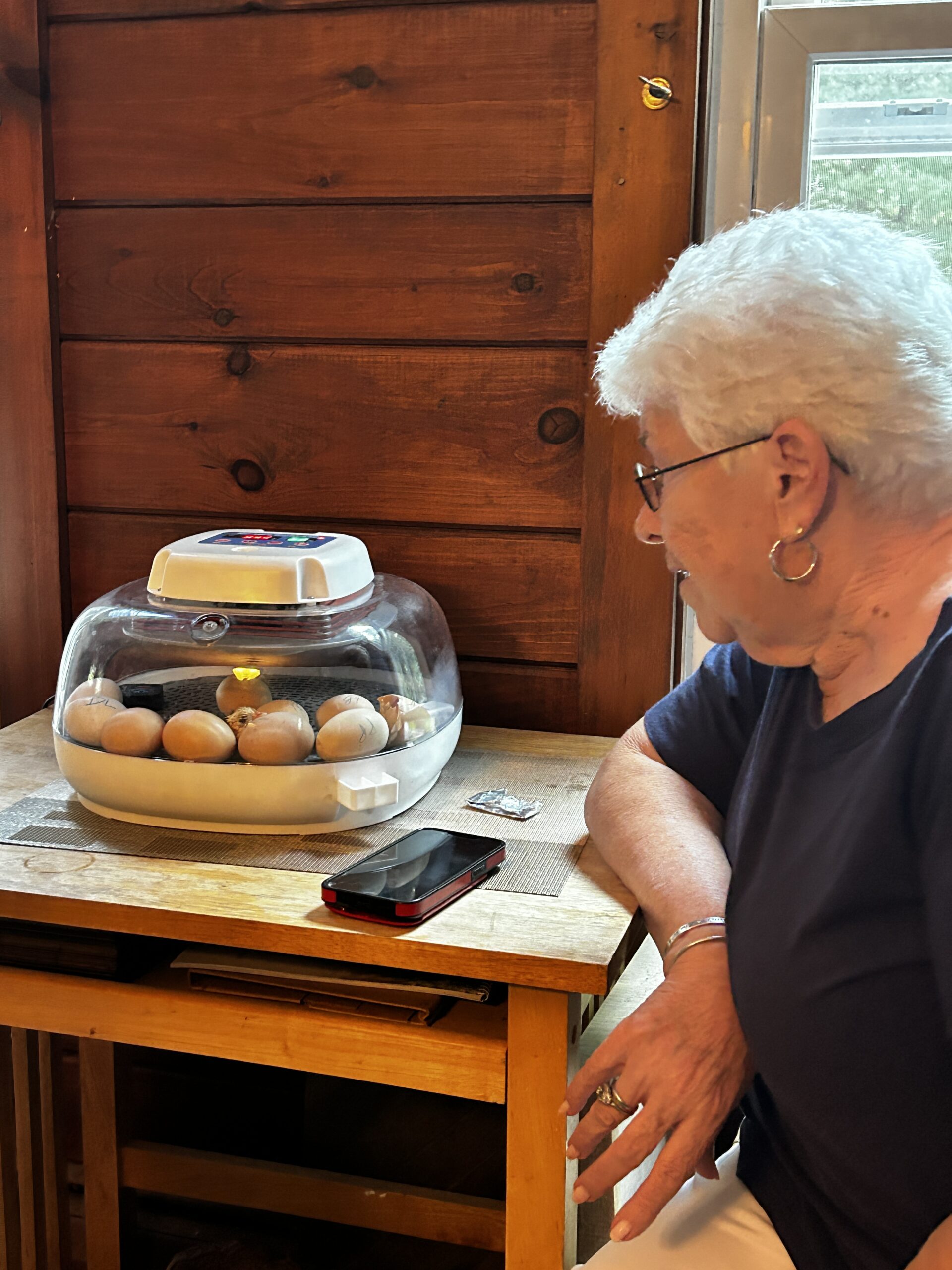



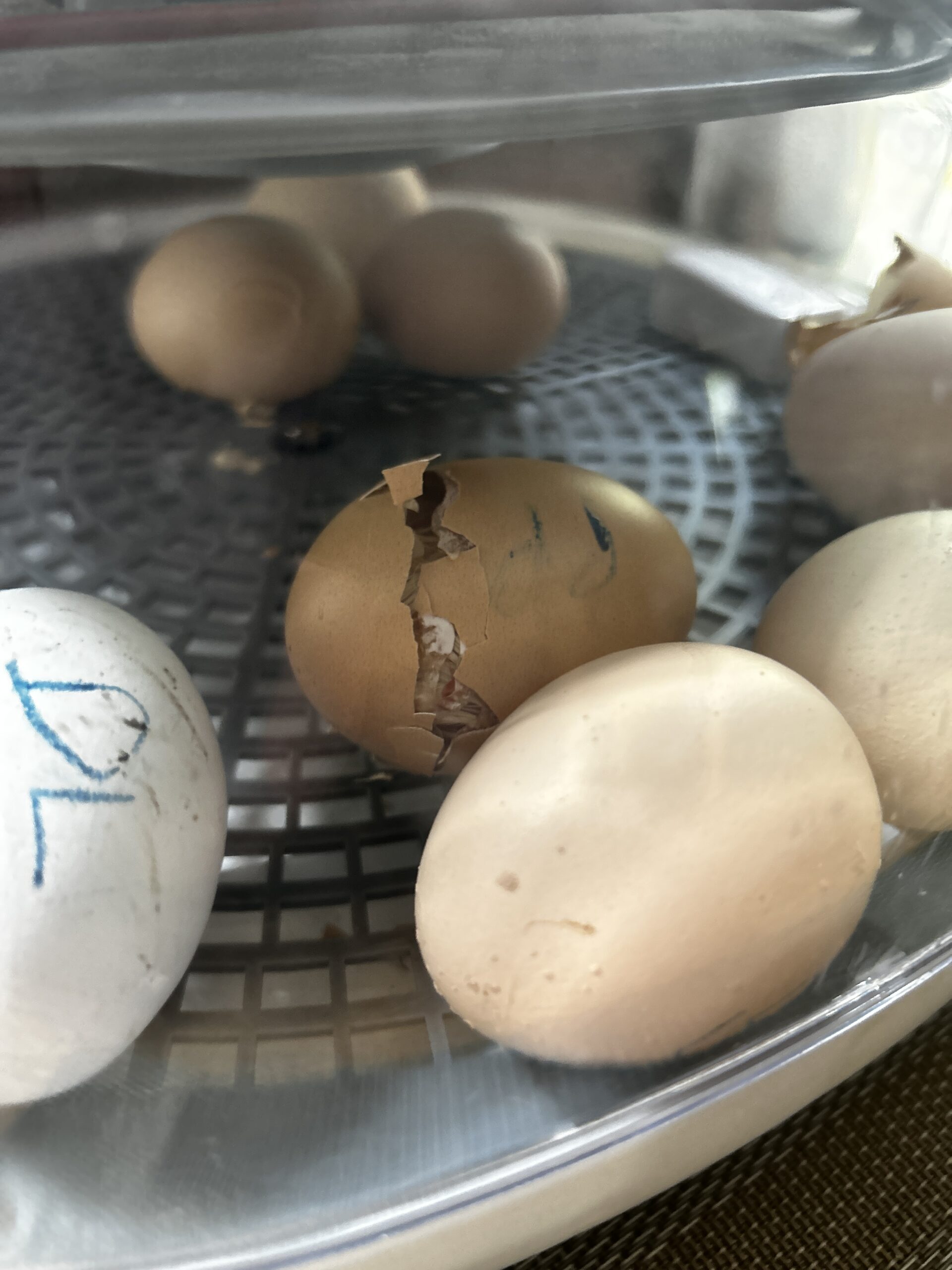



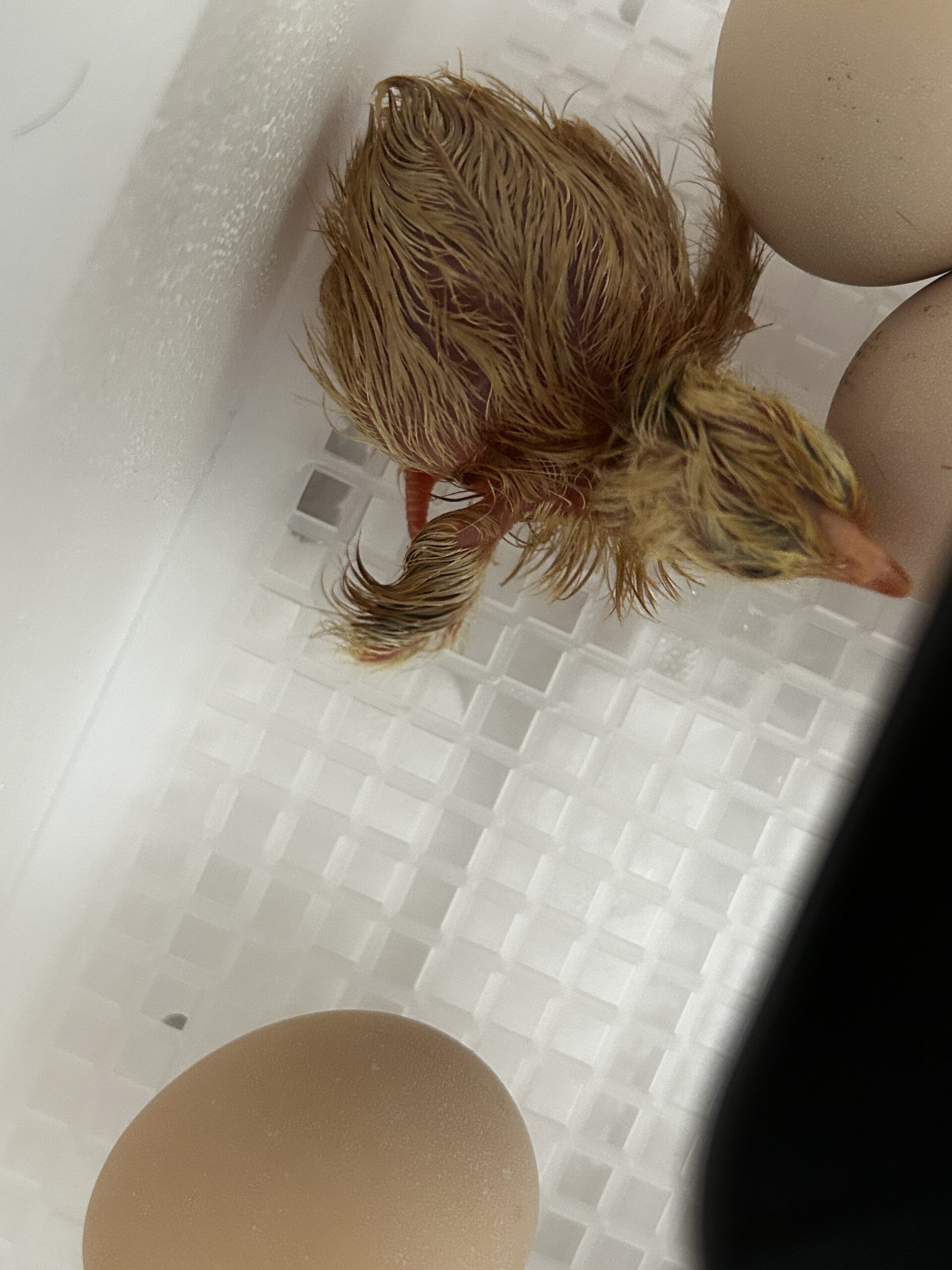
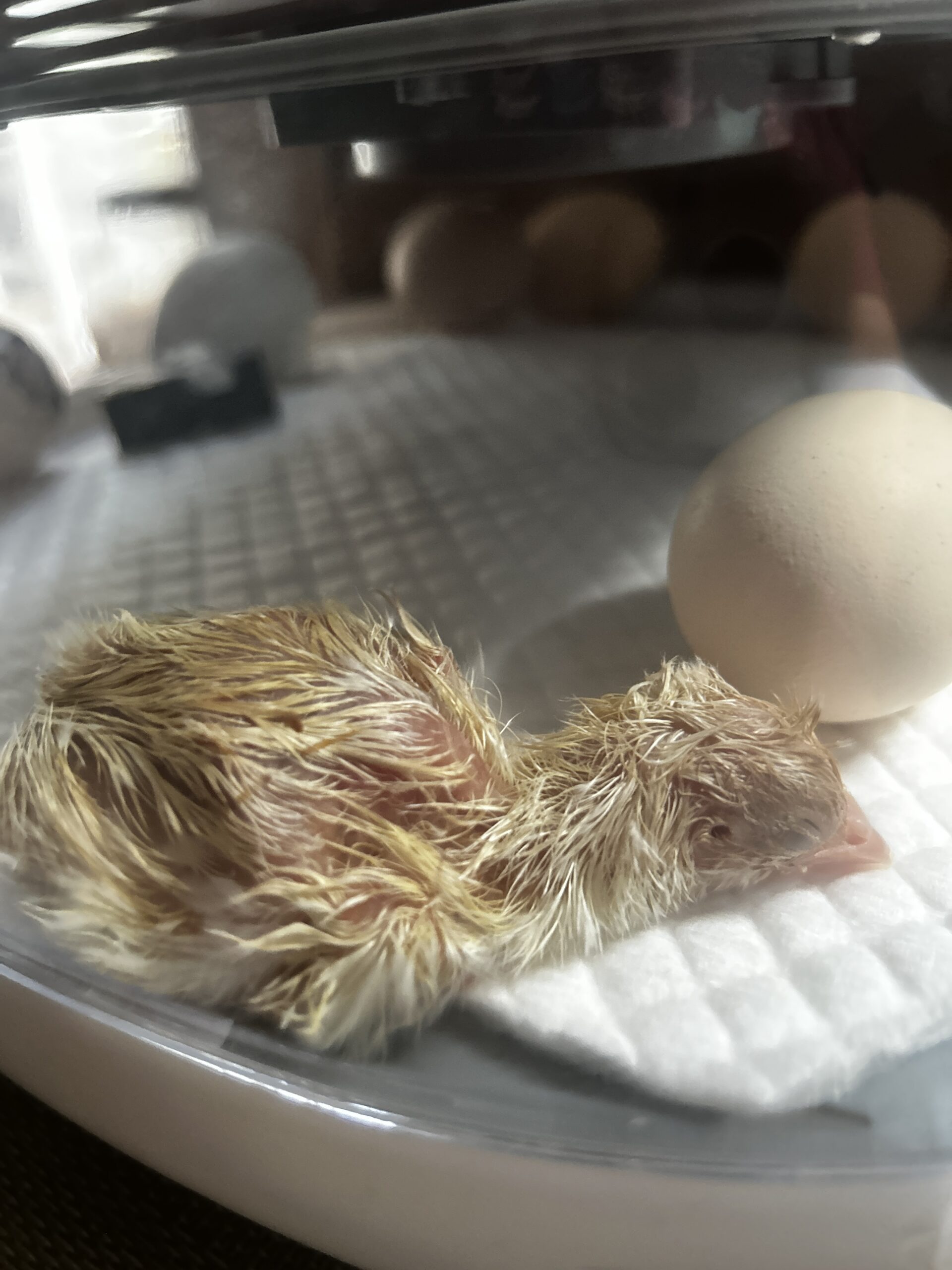
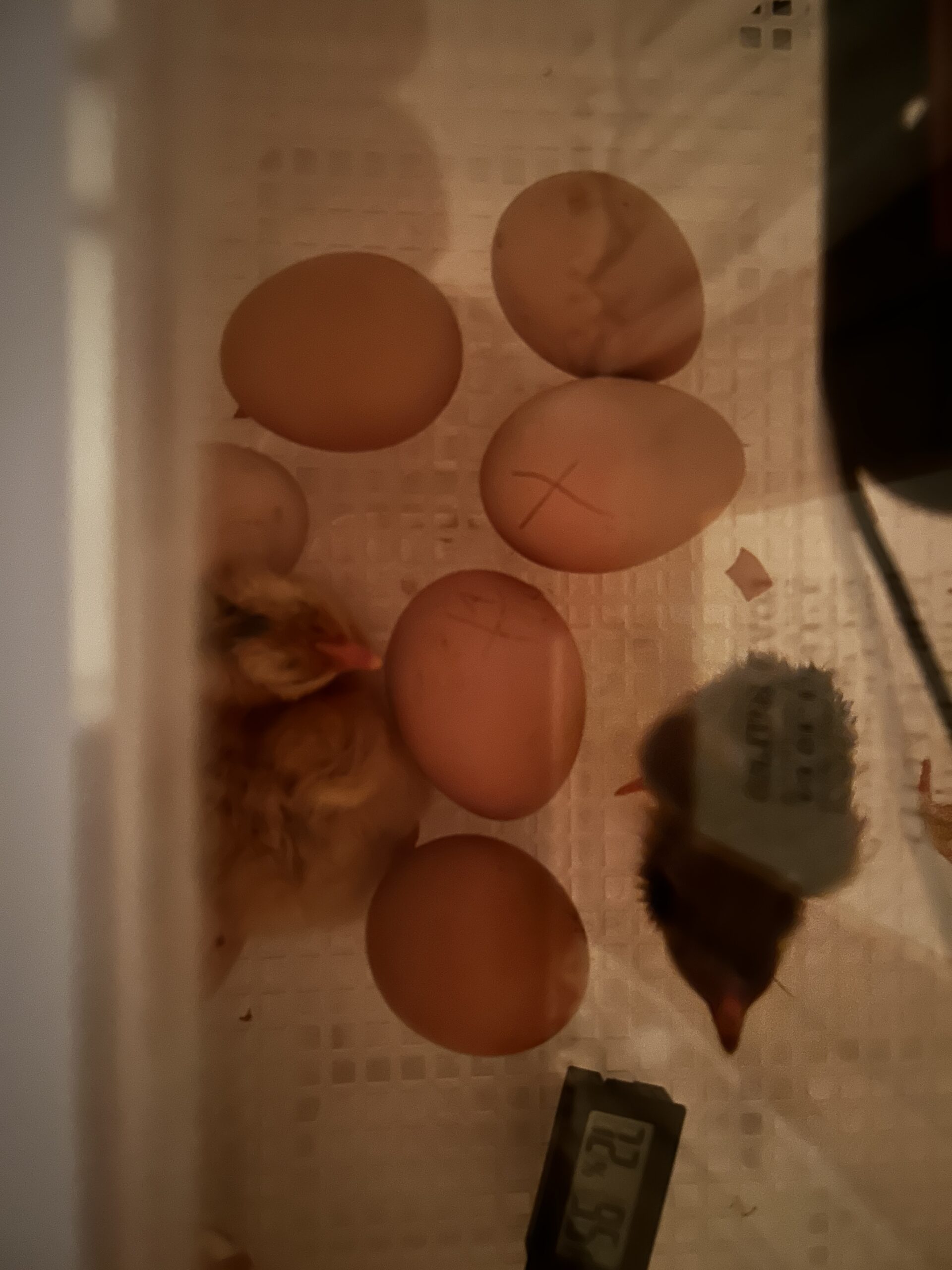
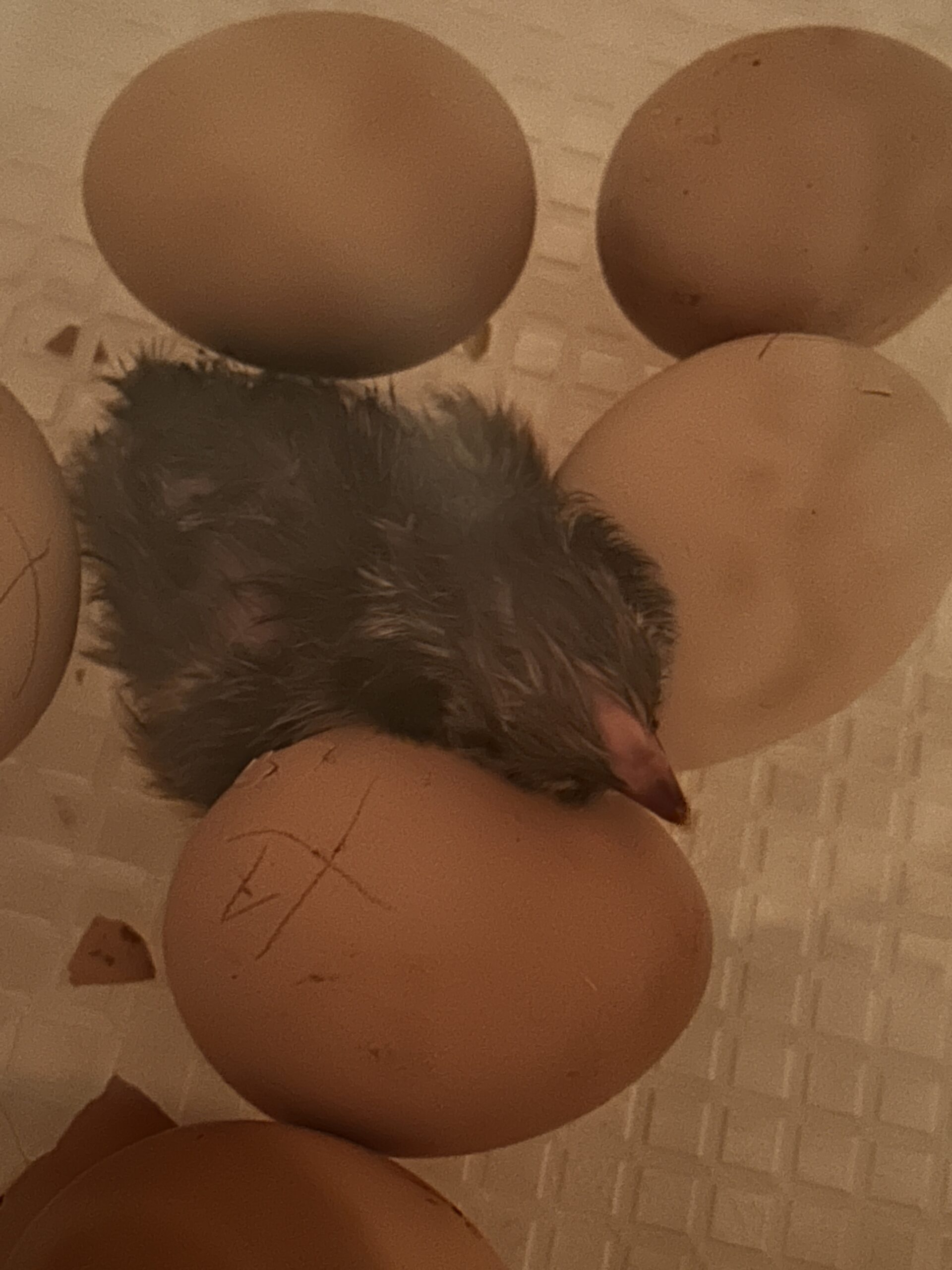


And finally our own eggs ...
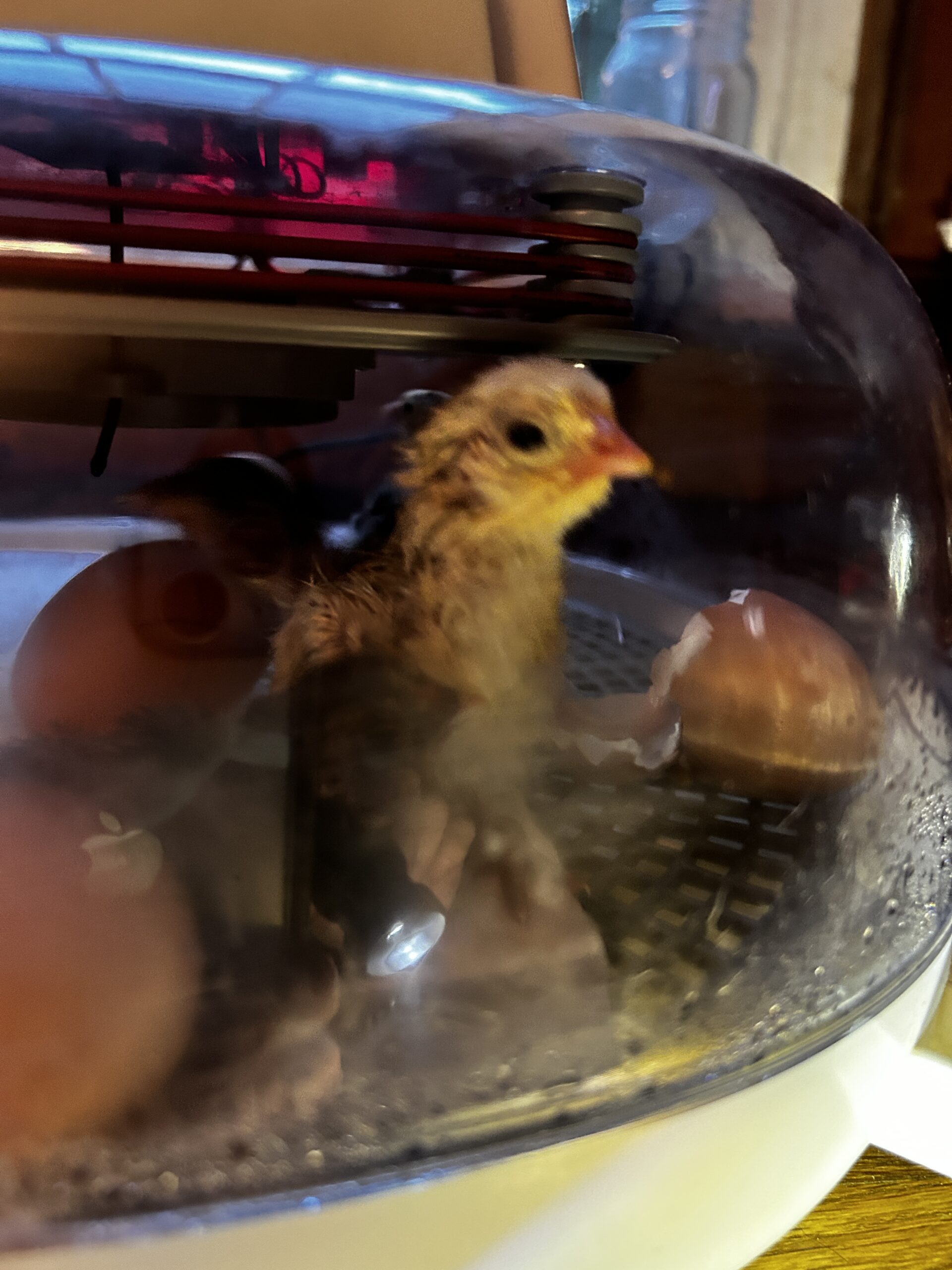
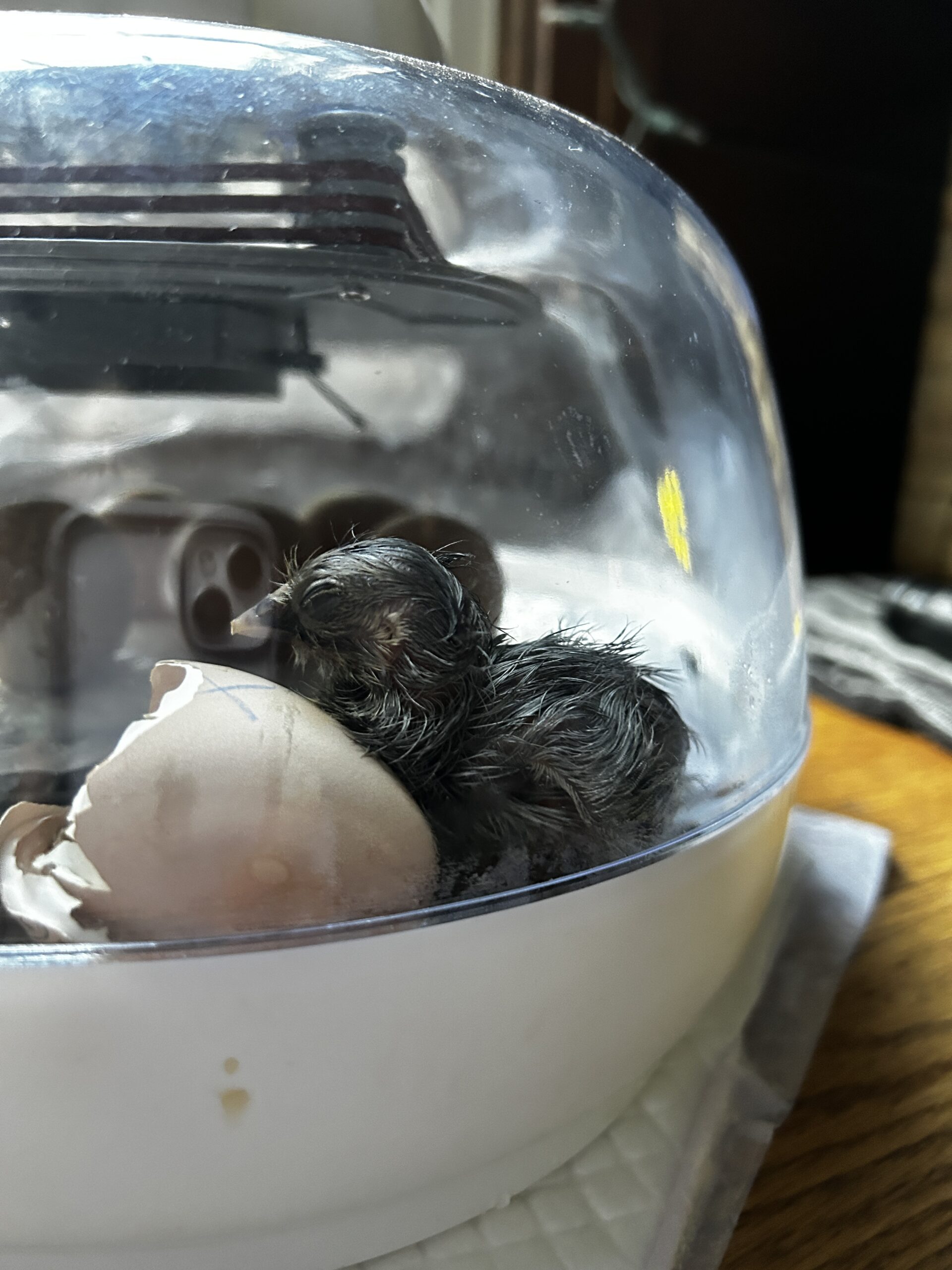
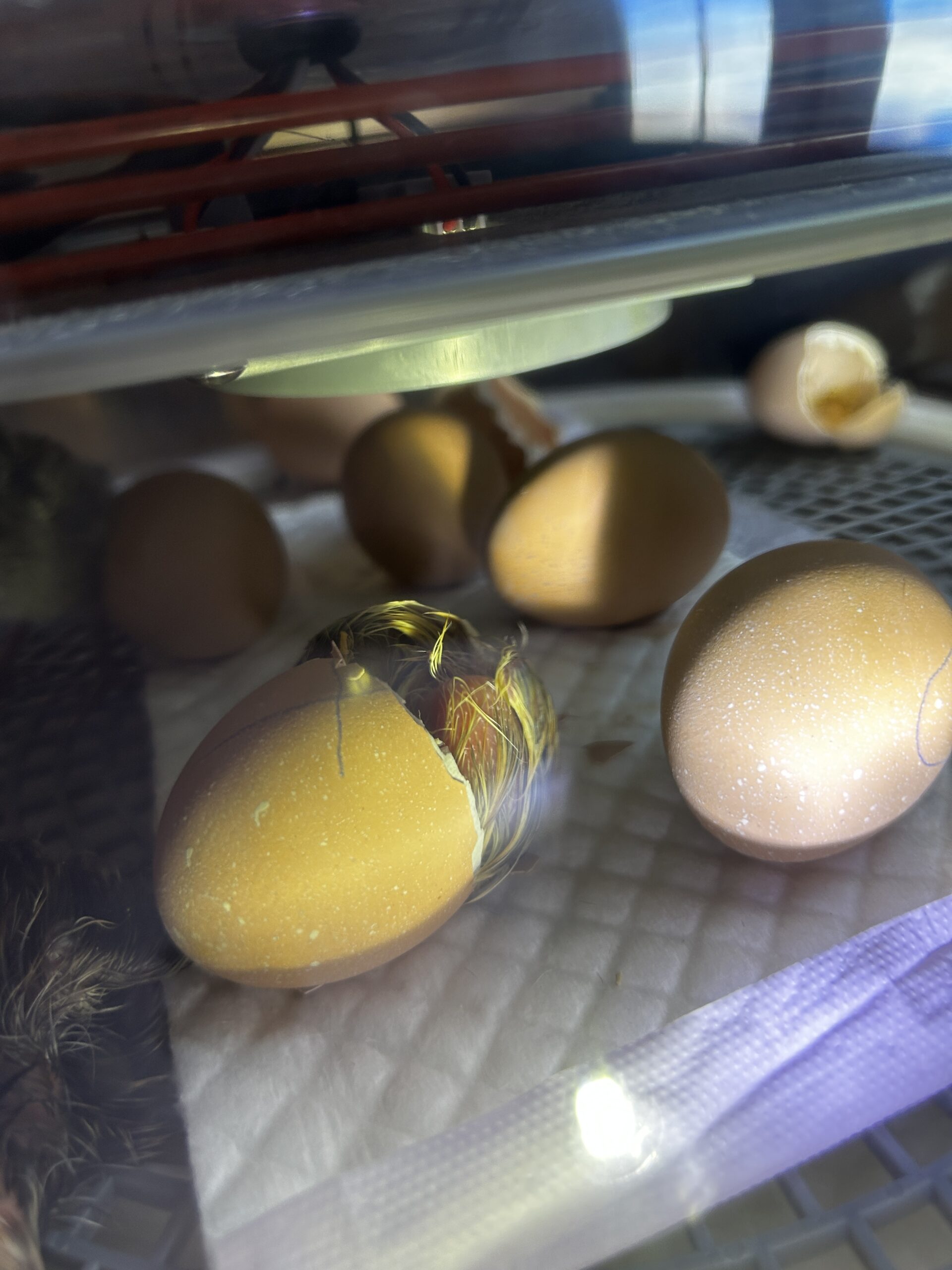
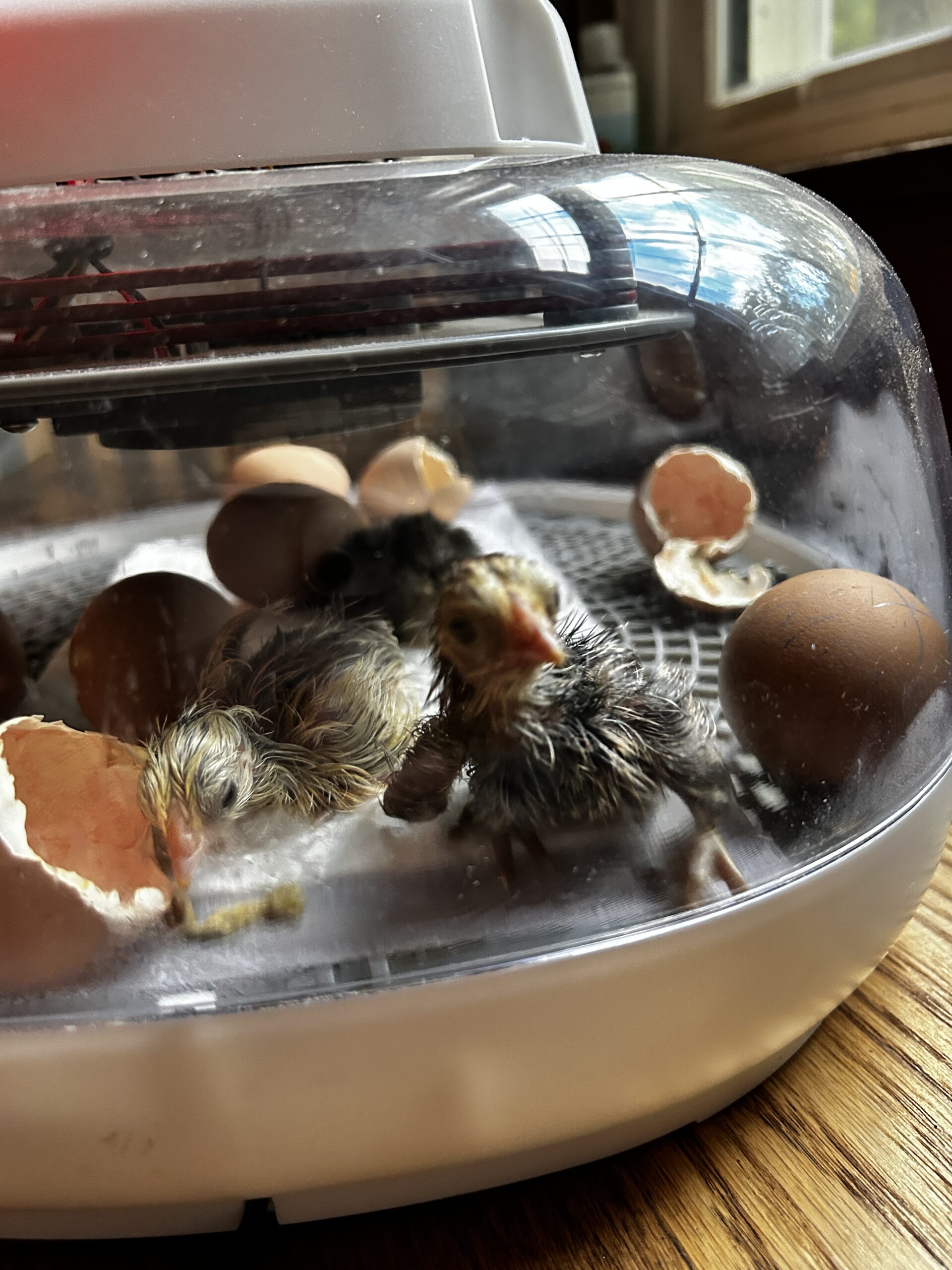
See More: Our Chicks
Cluck-tastic Capers: Ironman
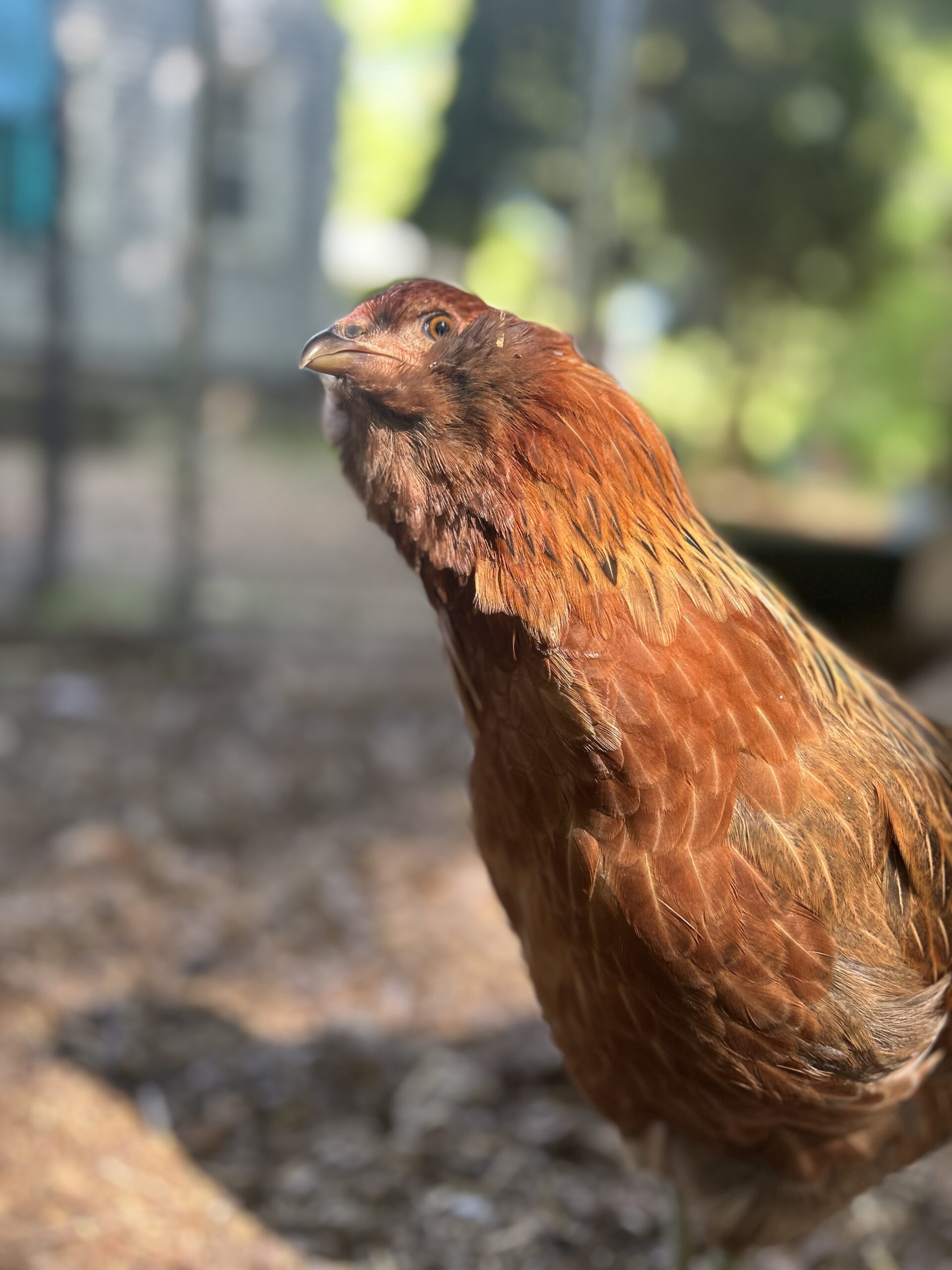
Creating A Chicken Garden

It's never too soon to start planning your garden ... in the past, I start planning on the fly and always miss or forget something ... or get it planted late ... NOT this year.
Plus thinking of spring, for me, helps beat the winter blues!
For anyone with chickens, here are some chicken safe choices to get you started for a chicken garden:
- Broccoli
- Pumpkin
- Cucumbers
- Any type of berry
- Leafy greens (kale, spinach, romaine, collards, Swiss chard)
- Melons (chickens LOVE melons so much! Watermelon, cantaloupe, and honeydew)
- Sunflowers
- Corn
- Peas
- Squash (yellow crookneck, zucchini)




Herbs
You could also plant an herb garden for yourself or your chickens. Giving your chickens fresh herbs is so beneficial, and saves a TON of money compared to buying fresh herbs at the store.
Below is a list of herbs that would be wonderful in a chicken herb garden:
- Garlic
- Oregano
- Yarrow
- Mint (any variety)
- Lemon balm
- Thyme
- Basil
- Comfrey (super high in protein!)
- Chamomile
- Calendula
- Chickweed
- Lavender
- Parsley
- Sage
- Stinging nettle
Although I don't have a garden specifically for my chickens, I like to plant lots of herbs around their coop and run for them.



The Value of Organizing Tomorrow – Today

If you want to maximize your effectiveness and the amount you get done each day, organize tomorrow, today. The second that you open your eyes you can already be clear and certain about what you have to do that day.
It’s much more effective than trying to plan your day on the fly!
In the evening, you’re much more objective about the next day than you are when you’re in the midst of it. It’s easy to plan a trip to the gym the day before. It’s not as easy to do so on the same day when it’s raining, and you’re just not in the mood.
The best time to plan tomorrow is today!
Follow this process:
⇒What do you want to accomplish? Depending on your job, health, family, hobbies, and life in general, what you want to accomplish will vary. Make a list of all the things you want to accomplish tomorrow. Include tasks that help you to reach your goals. Your list might have activities like this:
- Make a nutritious lunch for kids.
- Be at the office by 7:45.
- Give a great presentation at work at 2:00pm.
- Eat a healthy lunch.
- Work out for 30 minutes.
- Practice piano for 30 minutes.
- Speak with an employee about frequent absences.
- Call my financial planner to schedule a meeting about my portfolio.
⇒What are the best ways to accomplish those tasks? There are many ways to accomplish something. But there is only one best way. Think of your resource constraints (including time) and determine the optimal way for you to accomplish the tasks you’ve identified as most important.
- What foods will you include in your child’s lunch?
- What is the best route to get to work? What time do I have to get up in order to be at work by 7:45?
- What do I need to do to be prepared for the presentation? Do I need to reserve a room? Who should be present?
- What will I have for lunch? Will I bring it or go out to eat?
- What type of workout will I do? Where?
⇒What are the obstacles you’re likely to face? Consider everything that might get in your way and develop a plan that will address those obstacles. If something goes wrong, how are you going to handle it?
- Make a plan that has the greatest possibility of avoiding the fewest obstacles as possible.
⇒When are you going to do your tasks? Decide when you’re going to do each of the items on your list. Bill Gates plans his day in 6-minute intervals. You might not have to be that precise. Find a method that works for you.
⇒Evaluate your day and try again. At the end of the day, take a look at your day and look for ways to do better. Use what you learned to improve your planning process.
- What did you accomplish?
- What did you fail to get done?
- When are you going to do it?
- What could you have done better?
Make the most important decisions about your day the night before. The day is for executing, not deciding.
Save your decision-making time for the evening when you can be more objective and thoughtful.
Put your nose to the grindstone during the day and get things accomplished. Living life by the seat of your pants might be exciting, but it’s not the most productive way to live. Make a good plan and then follow it to the best of your ability. The quality of your life will soar!
How to Streamline Your Daily Schedule and Increase Efficiency

Do you feel like there are not enough hours in the day to accomplish everything you need to do? Sometimes it seems like the laundry or the dishes will just have to wait until later.
As hard as it is, we must do things when we need to. Otherwise, they don't get done at all. Or we find ourselves having to do them when we truly don’t have the time for them. Then, inevitably, something else has to be put off.
This scenario also applies to work. When a project has a deadline, it’s important to devote all of your undivided attention to it, or it won't get completed. Time management is a critical aspect of every job – from planning to executing.
Your schedule needs to be structured to support efficiency and productivity to reach your goals.
If you’ve felt like you need to change your daily schedule and get more done in a shorter amount of time, these tips are for you:
⇒Check your existing workflows and processes. Ask yourself: Are they efficient? Do certain things take too much time or space to complete? Are there things you can do to eliminate steps or streamline your workflow?
⇒Assessing your current workflows is essential in improving and facilitating your productivity. For example, do you need to complete specific tasks in a particular order or time?
⇒If you don't need to do certain activities in the order you listed them, reorder them to streamline your work.
⇒Rank your processes. Once you know your current workflows, you can rank them in terms of both the amount of time they take to complete and the extent to which they streamline your typical workflow.
⇒You'll want to use a scale of 1-5, depending on how time-consuming a process is and how much it changes your routine. If it takes less than five minutes, you can probably nix it from your workflow.
⇒Turn off your notifications. Notifications in apps can be great when you want to receive a notice for something important, but when you're working with flowing tasks, they're distractions.
⇒Turn off your notifications and focus only on the task at hand so that you don't end up losing focus. The truth is, most notifications can wait. You can put news alerts and messages on hold until later.
⇒Tackle the hard stuff first. If you're trying to jam in as many tasks as you can, chances are you're not getting anything done. It might even be the opposite; you're spending more of your limited time on busywork that you don't need to do.
⇒To help yourself become more productive, focus on one task at a time and work on that until you complete it. If you find yourself multitasking, try focusing instead for a single 30-minute period.
⇒Trying to work on more than one task at a time can cause procrastination, which is a whole new level of anxiety. Spend time organizing your tasks in order of priority so that the most important projects have the first slot in your schedule.
⇒For instance, if you tend to procrastinate on tasks that involve creative work, such as writing, brainstorming, and generating ideas, you might find that setting aside 15 minutes a day to write helps you make progress on what you're already doing.
⇒Do your work near an excellent natural source of light. A good source of light not only helps you see better, but it also helps you work better. This tip is handy if you work from home.
⇒Those who work from home can become dependent on artificial light, leading to eye strain, fatigue, and depression. Work in a well-lit area and make sure to take regular breaks away from your desk.
Streamlining your schedule and increasing your efficiency will help you focus on what's important throughout the day. Try to limit the number of distractions you have around you.
When making important decisions, ensure that you get enough sleep, so your brain can function at its best.
And remember that you might not need to make a complete overhaul of your schedule. Many times, you can make small changes to greatly improve your overall productivity.
Eggs: US vs European Standards
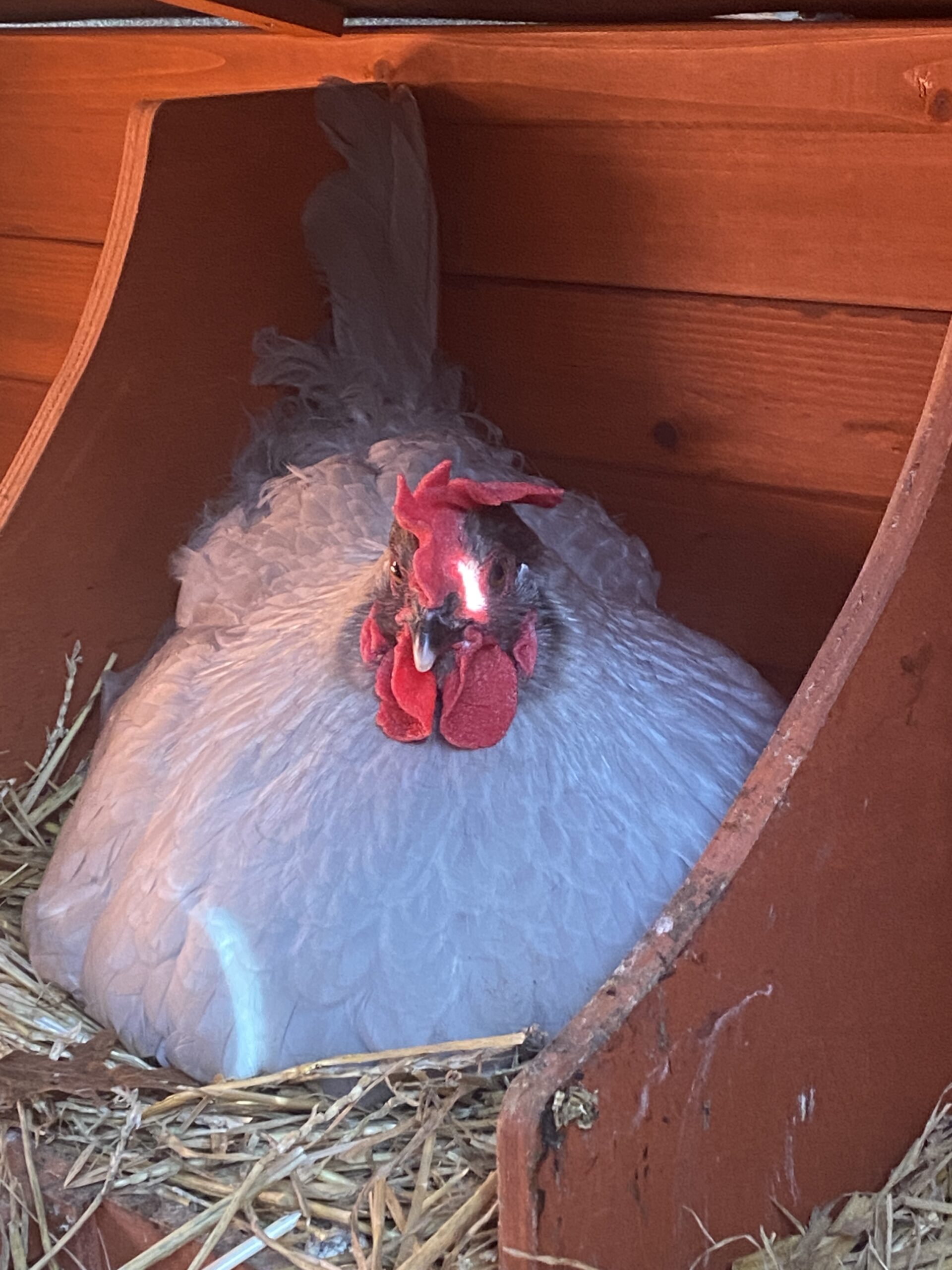
Here in the US, we buy our clean refrigerated eggs from the grocery ... but Europe is very different. There are no regulations for cleaning and the eggs are stored at room temperature. Both methods are designed to prevent salmonella but the strategies are very different.
In the US, all companies with 3,000 or more egg-producing hens are required to clean the eggs before distributing them to consumers.
So, how are eggs cleaned commercially?
Cleaning commercial eggs is a process of misting them with water, spraying them with soap or detergent, brushing them gently with brushes, spraying them with an antimicrobial santitizing rinse, and then blowing them dry with air jets. This process is regulated by the USDA, the FDA, and the EPA.
When buying eggs in the US from a farmer’s market or small egg producer, the eggs are often unwashed, stored, and sold at room temperature. This strategy is a small scale version of the European strategy.
What is the European strategy? And why?
As you probably know, eggs have microscopic pores in their shells and are naturally protected by a thin exterior barrier known as a “cuticle” or “bloom.” This barrier protects the egg from bacteria and contamination, seals the egg, and preserves moisture. When eggs are washed, this barrier is removed.
In Europe, eggs are not washed so that it preserves this natural anti-bacterial cuticle. Unwashed eggs can be safely stored and sold at room temperature, but consumers must wash the eggs at home before using them or wash them and store them in the refrigerator.
Just note: Washed eggs must be either refrigerated or cooked immediately to reduce the risk of salmonella.
When an egg is washed in water that is not hot enough, it can cause the contents of the egg to contract and create a vacuum which results in the egg sucking any salmonella or other bacteria that was on the shell inside the egg. Some believe that due to the potential increased risk of washing eggs improperly compared to the risk of not washing the eggs at all, that the overall risk is reduced by not washing the eggs to begin with.
A few of my thoughts
When my chickens lay their eggs, they have clean nesting boxes to choose from. They have 6 boxes although they routinely use 2.
A couple lay in the early morning, then more in the late morning, with one or two in the mid-afternoon. All their eggs come out looking clean ... in other words there is no poop on them. Poop covered eggs are often a sign that you need to do some coop cleaning. Although the egg and poop come out of the same place, they have different pathways and the intestine is pinched closed when the hen lays ... so she doesn't poop and lay an egg together. Typically poop gets on an egg when the hen has a messy bum.
So the whole point ... I know my hens are in clean conditions as they are laying clean eggs. The same goes for European eggs, since they cannot be washed, they must be clean ... I mean, who is going to buy poop covered eggs?
More: http://nwedible.com/clean-poop-free-eggs/
Another consideration for me is the wash process itself. Spraying eggs with an antimicrobial sanitizer is a step I prefer to skip if possible. Because the egg is porous, the bloom has been washed away, and anything on the egg can potentially go into the egg. I'd prefer to stick to natural as possible and avoid unnecessary chemicals.
If you want to read mere, here is a good article: https://www.hobbyfarms.com/egg-storage-sales-handling-europe-united-states/

